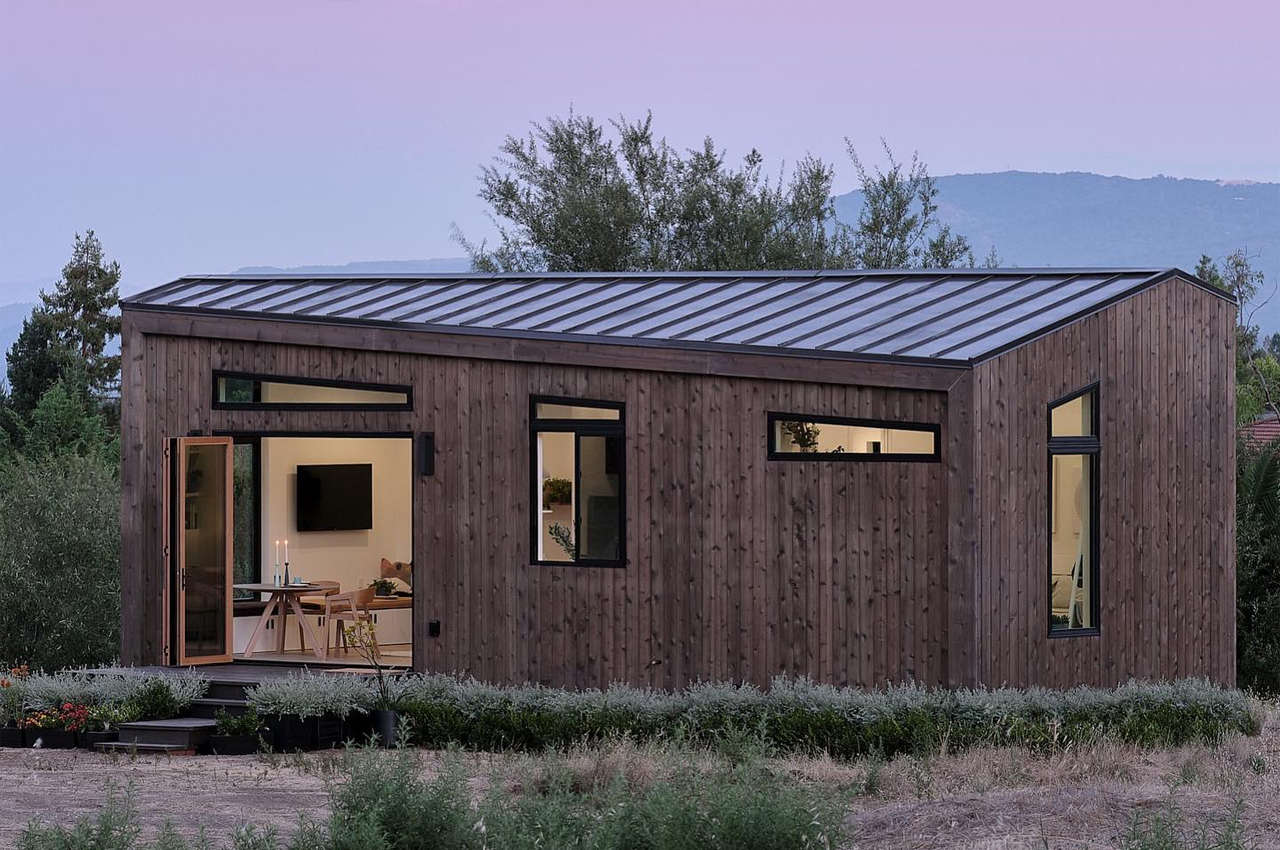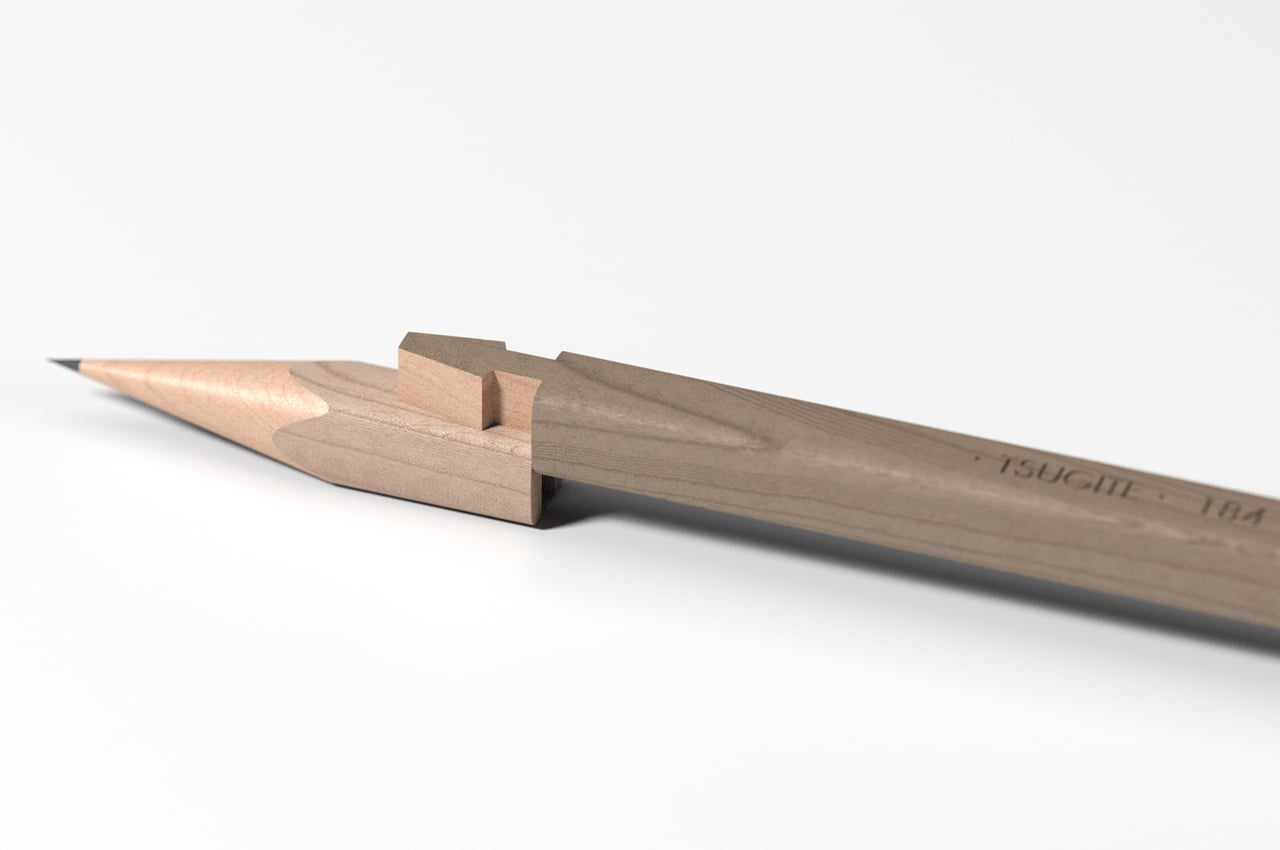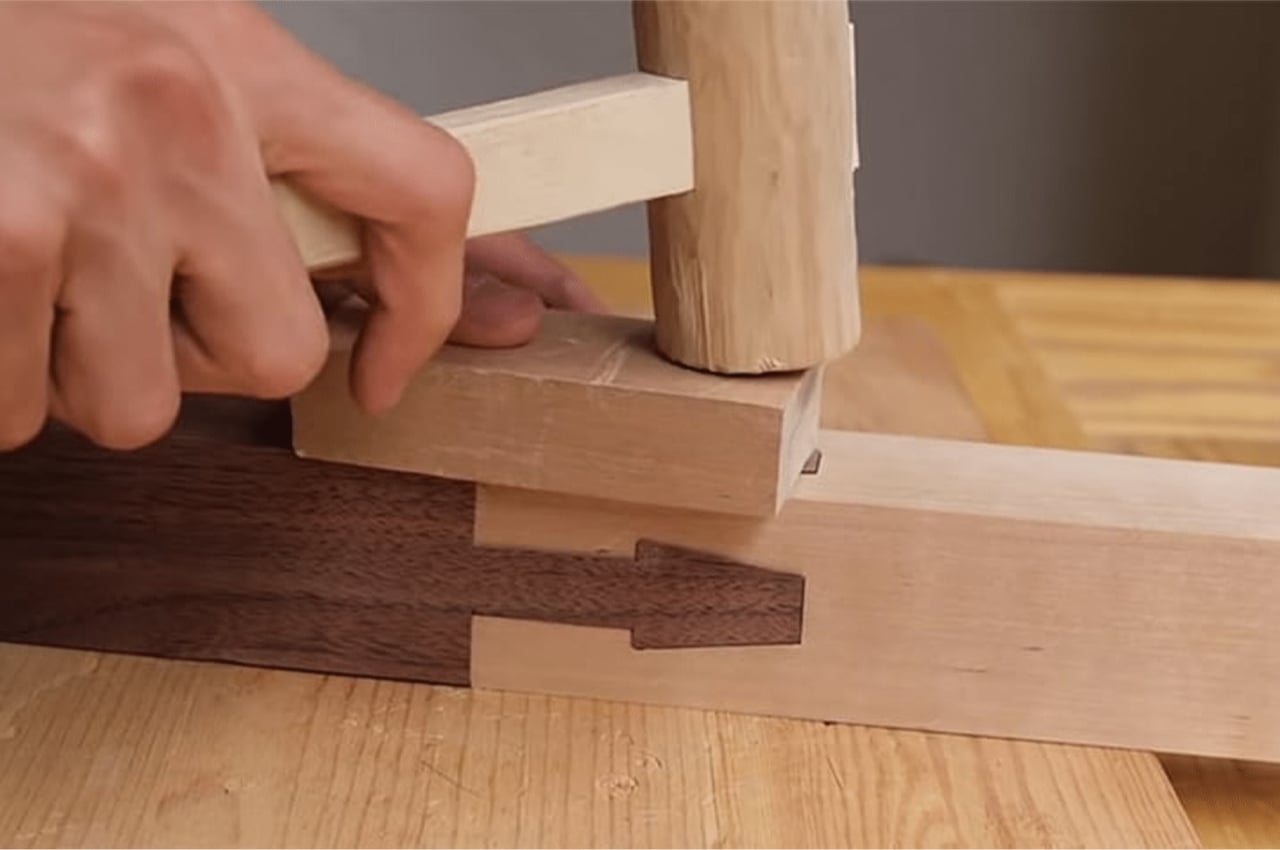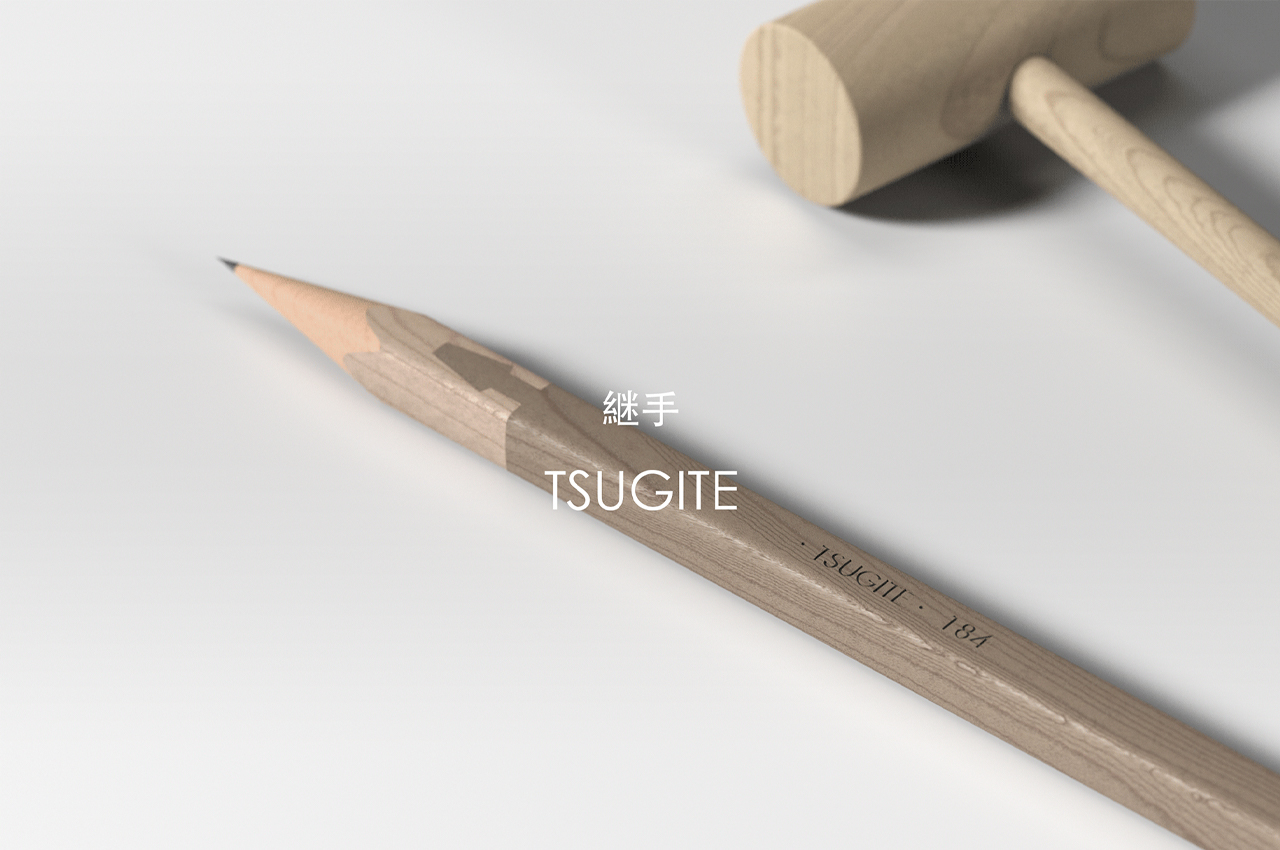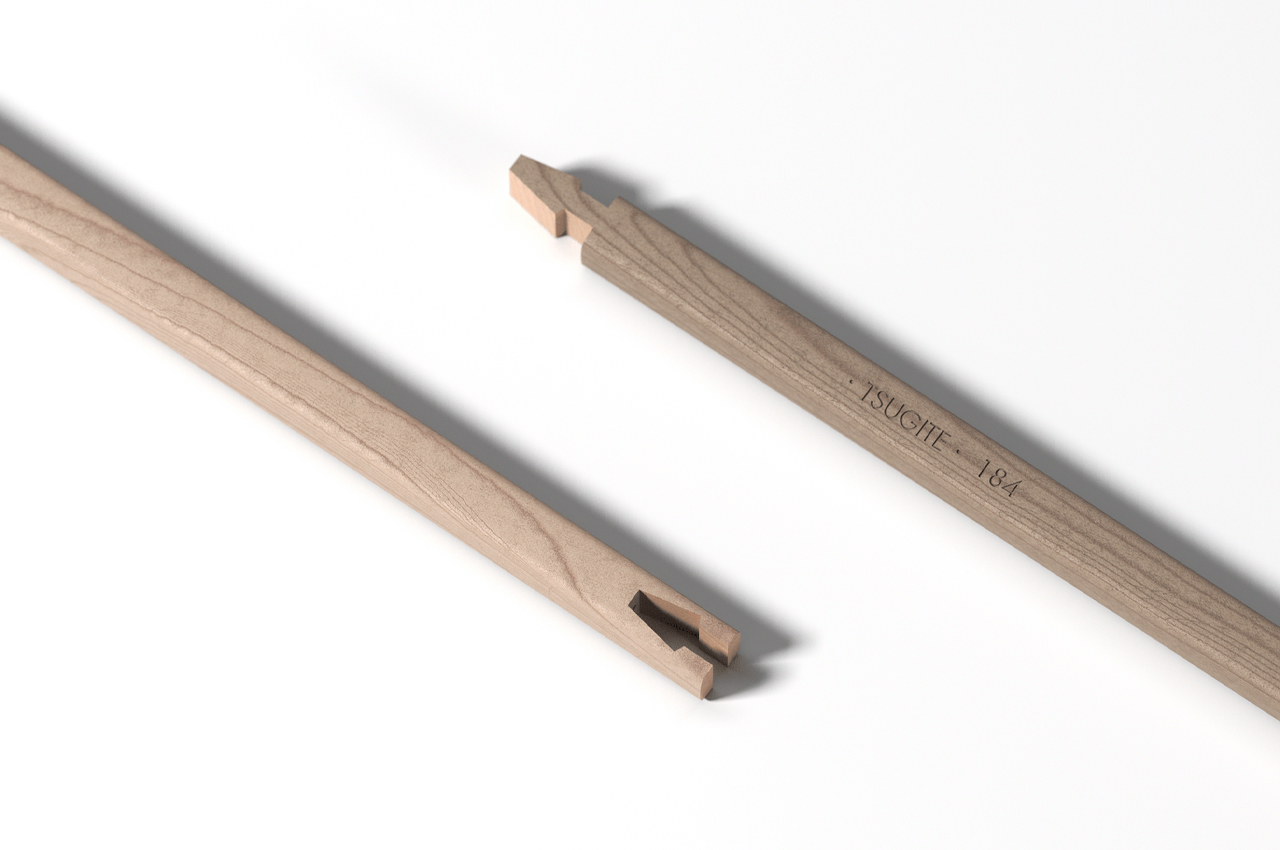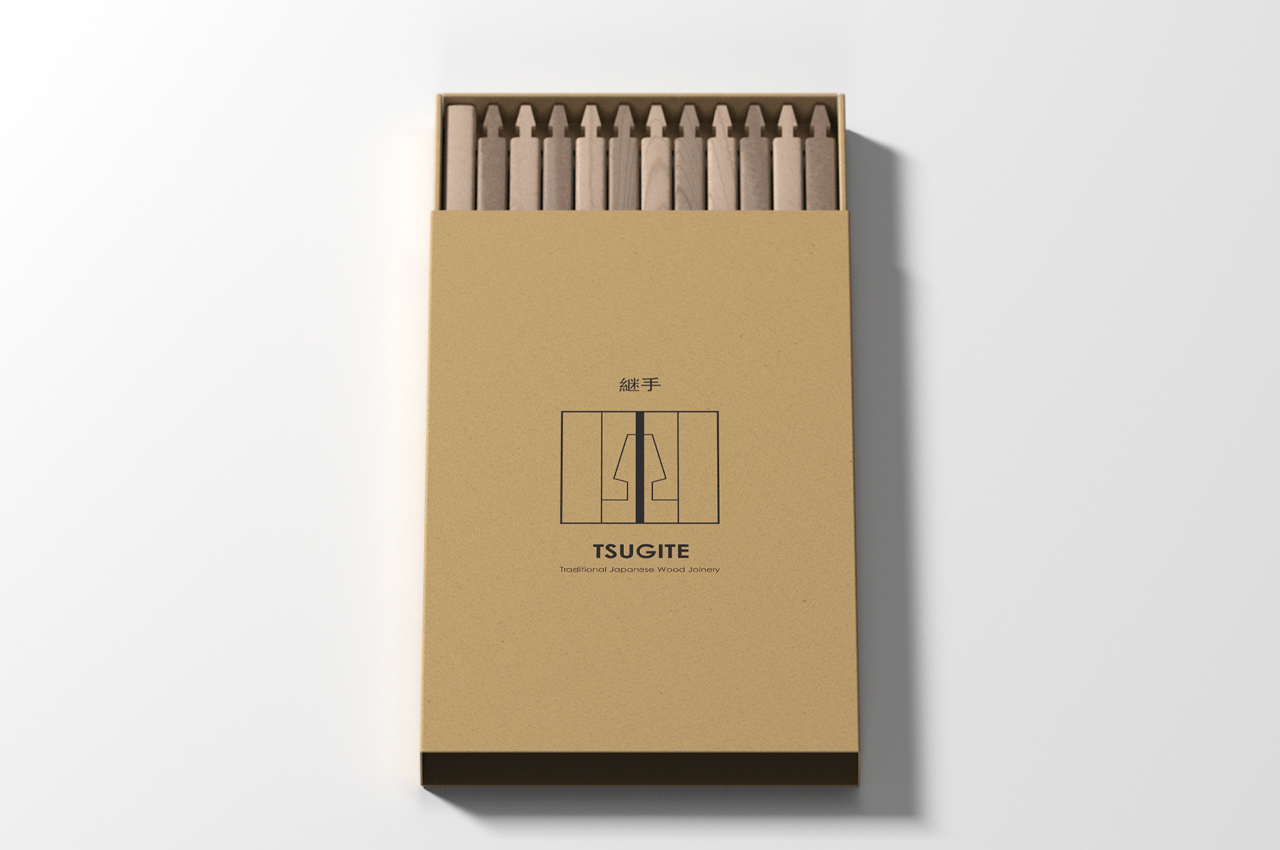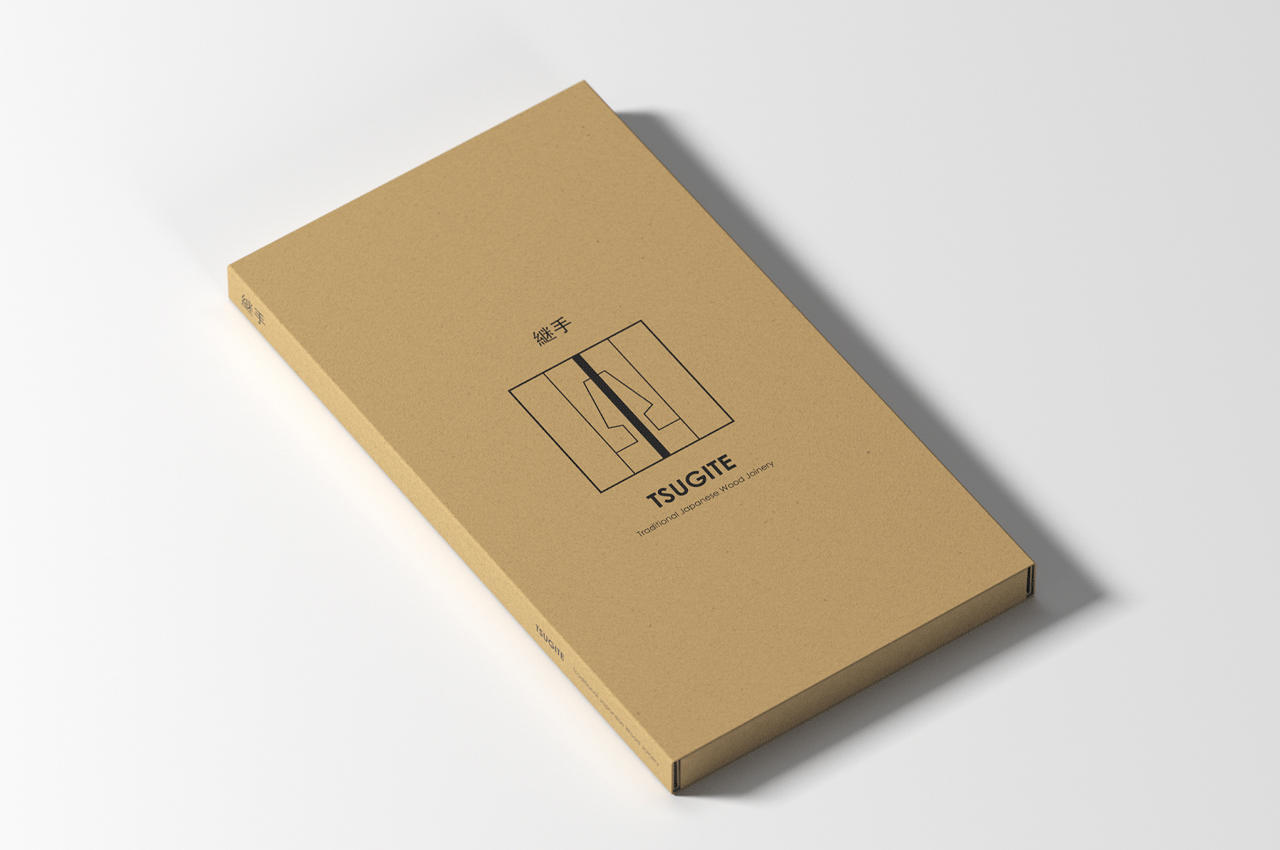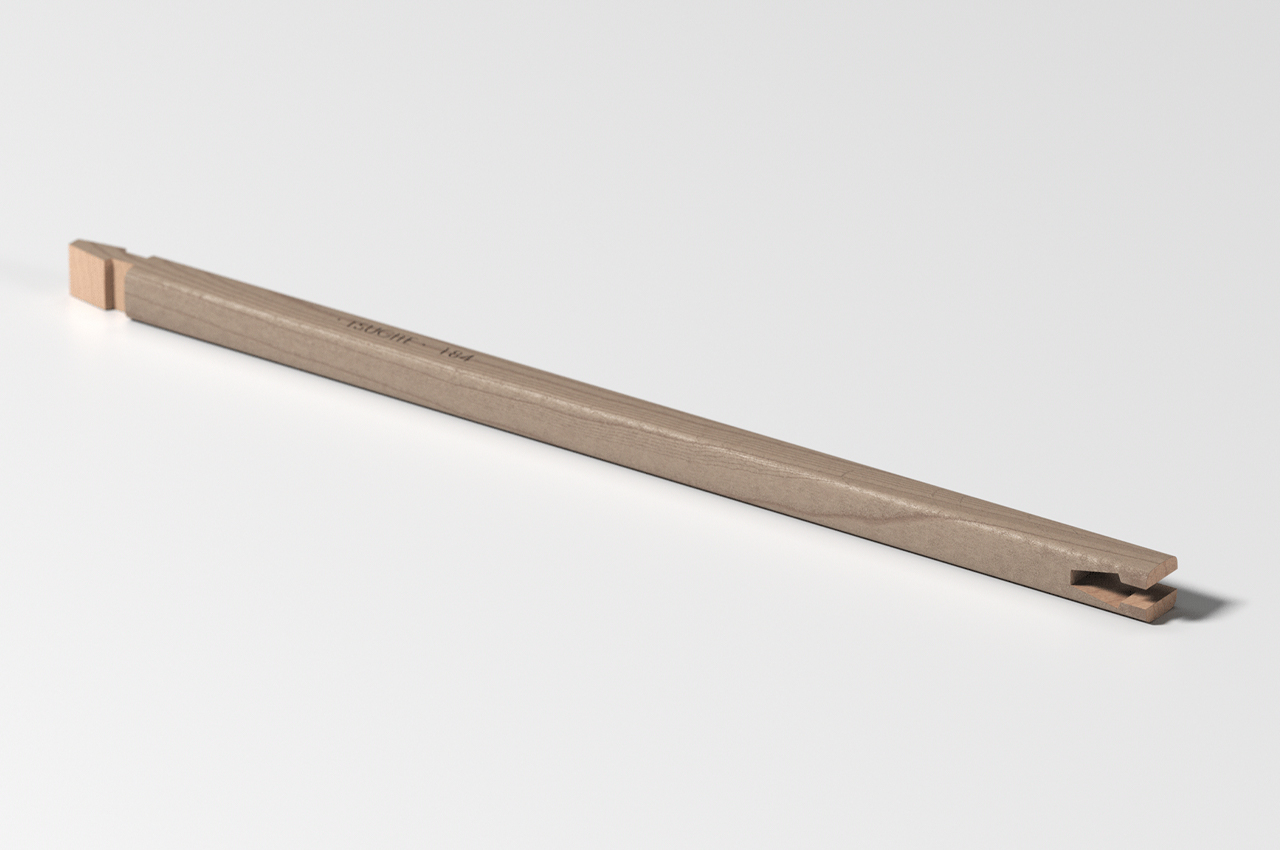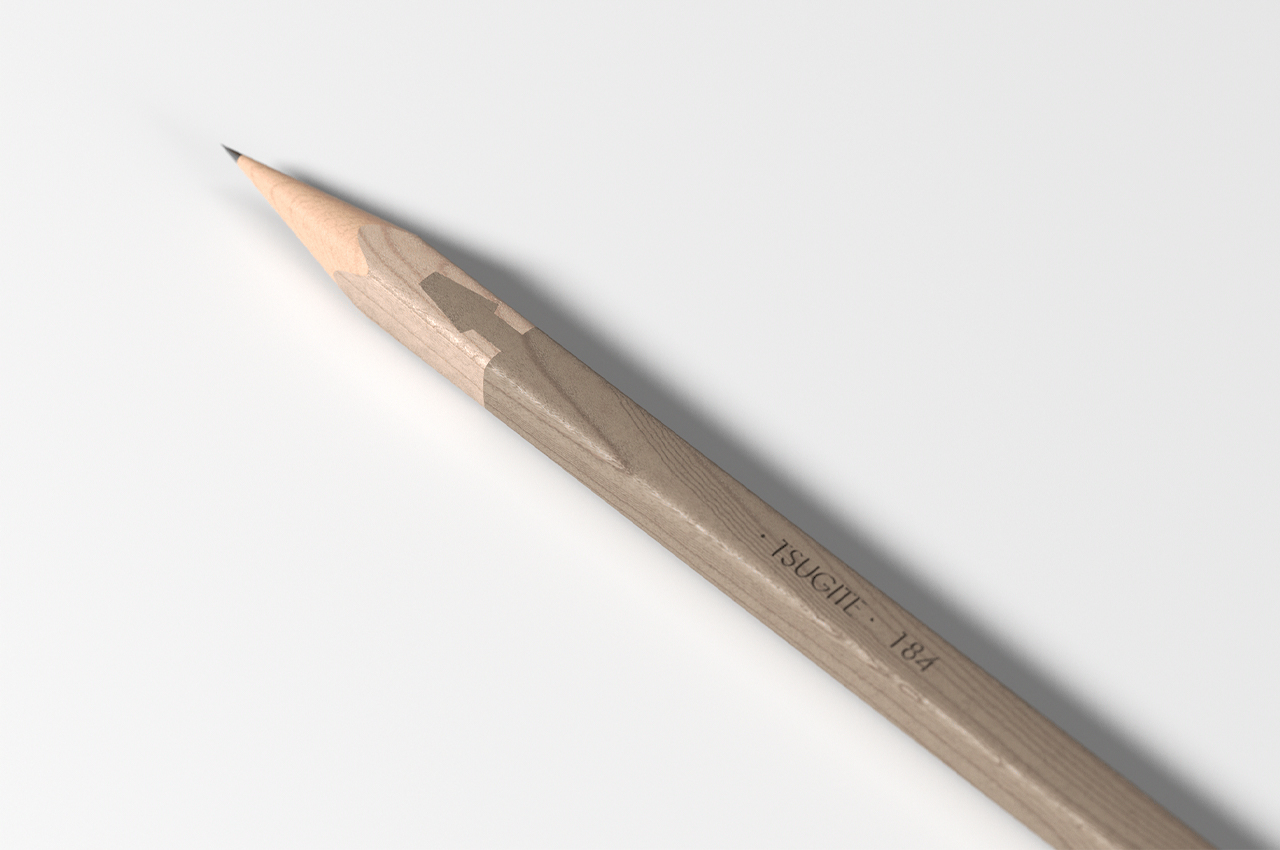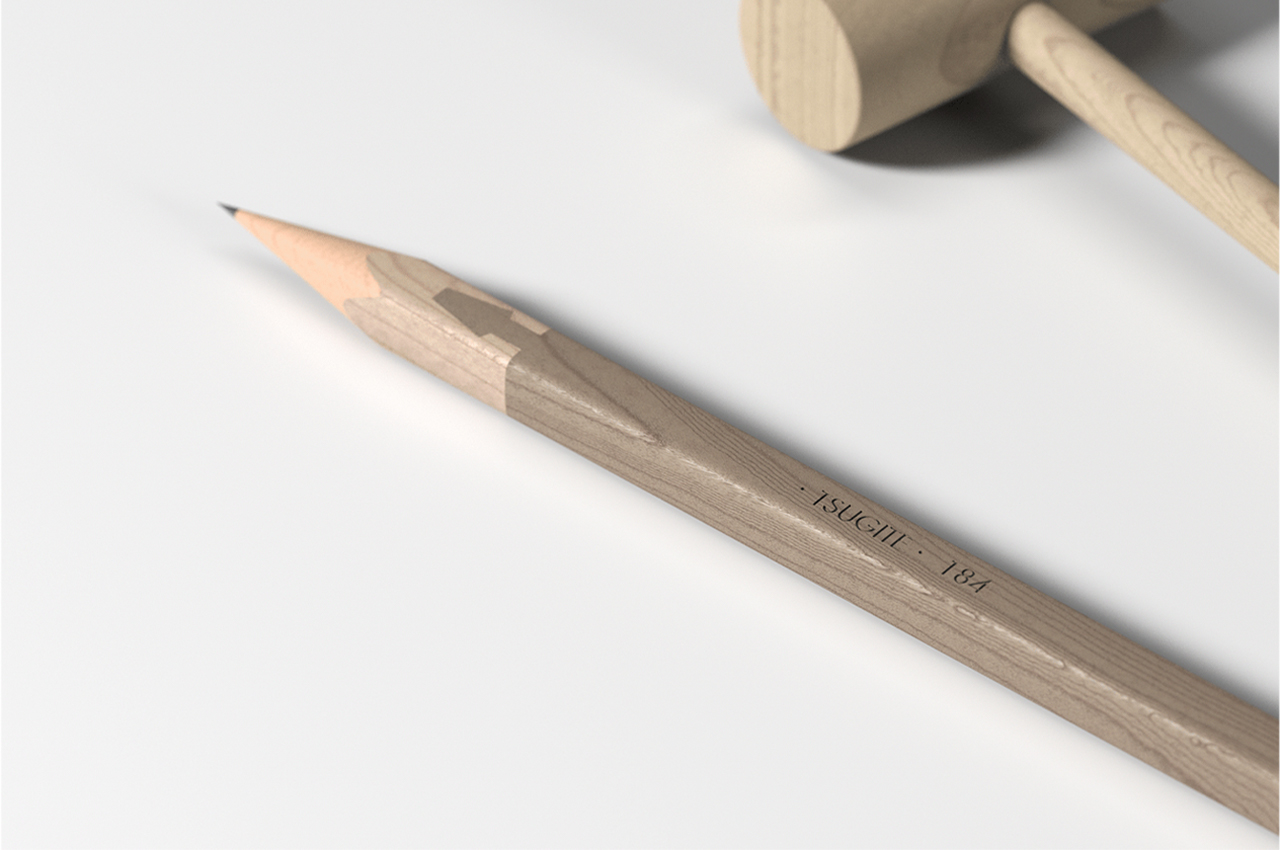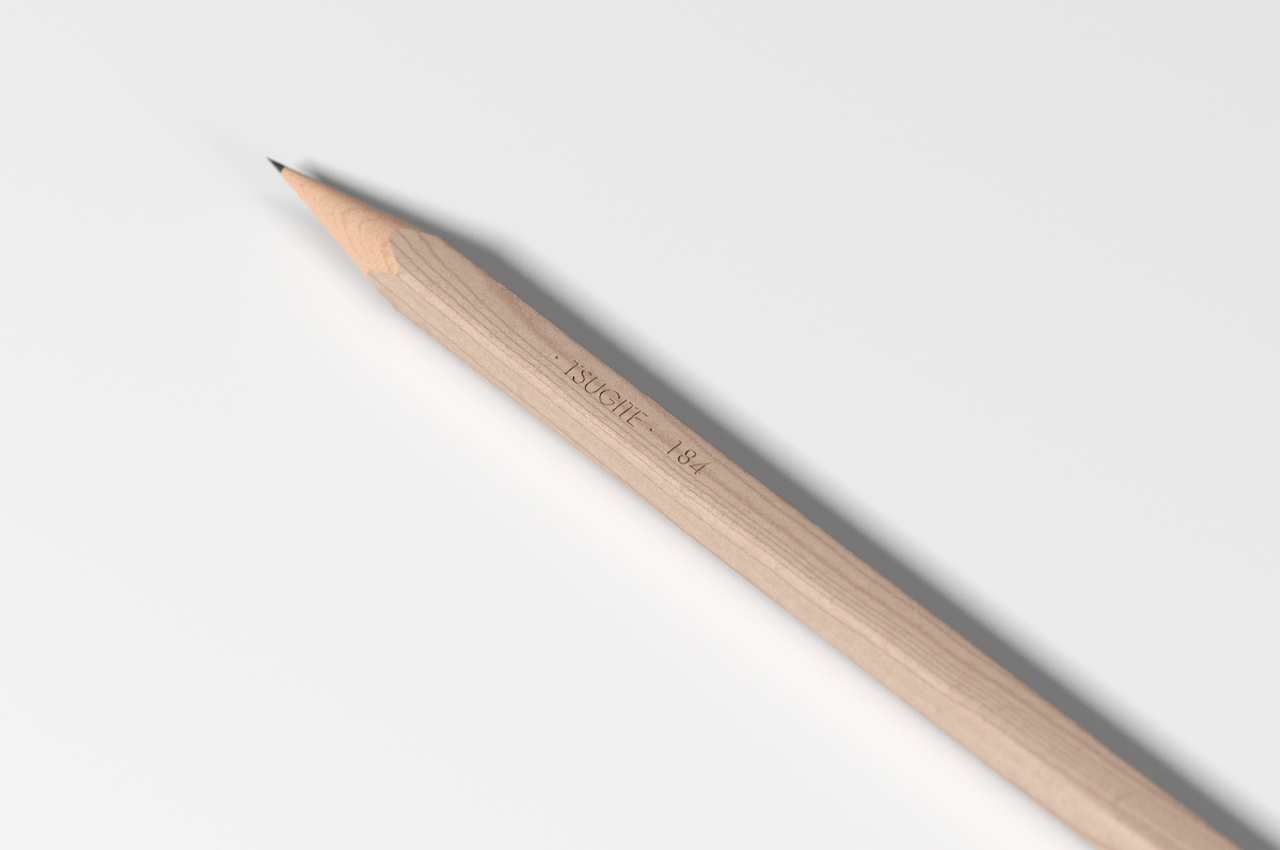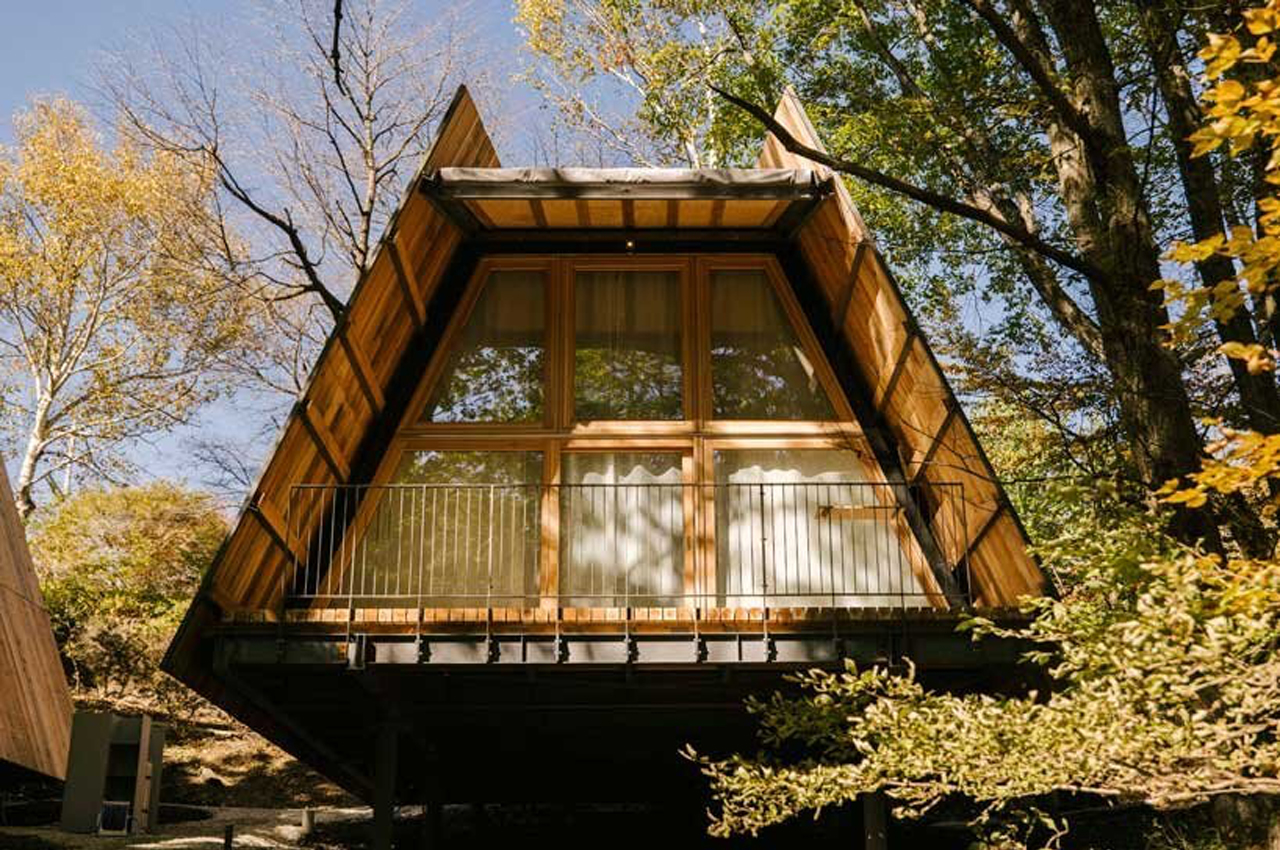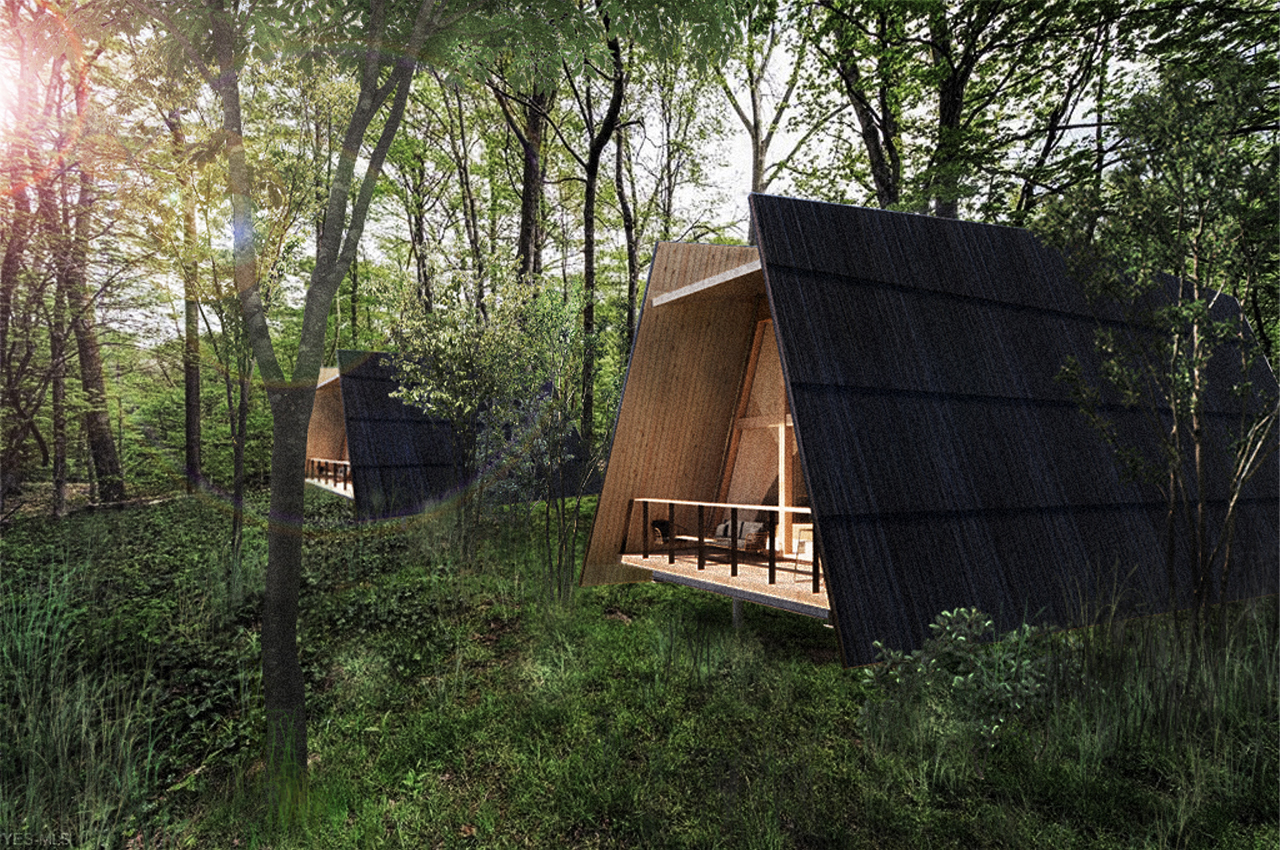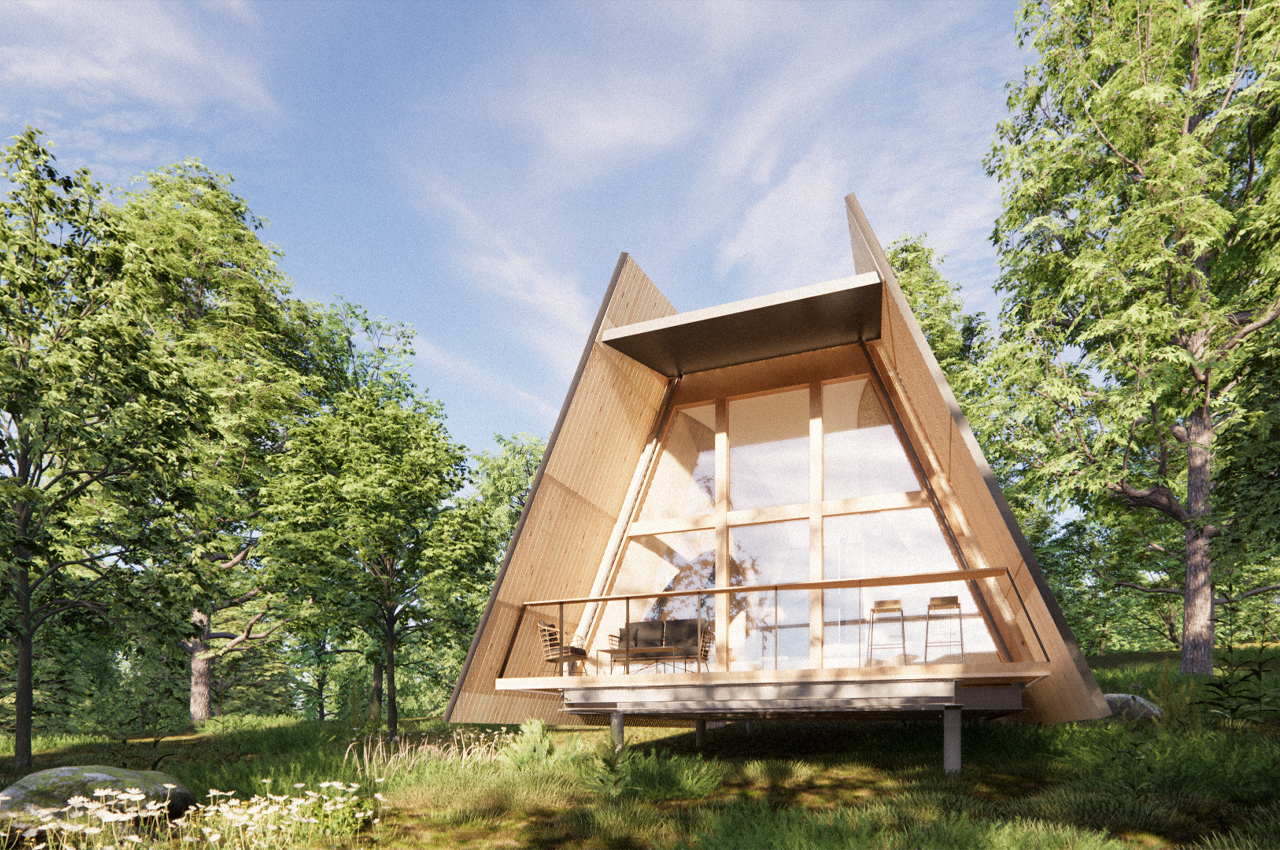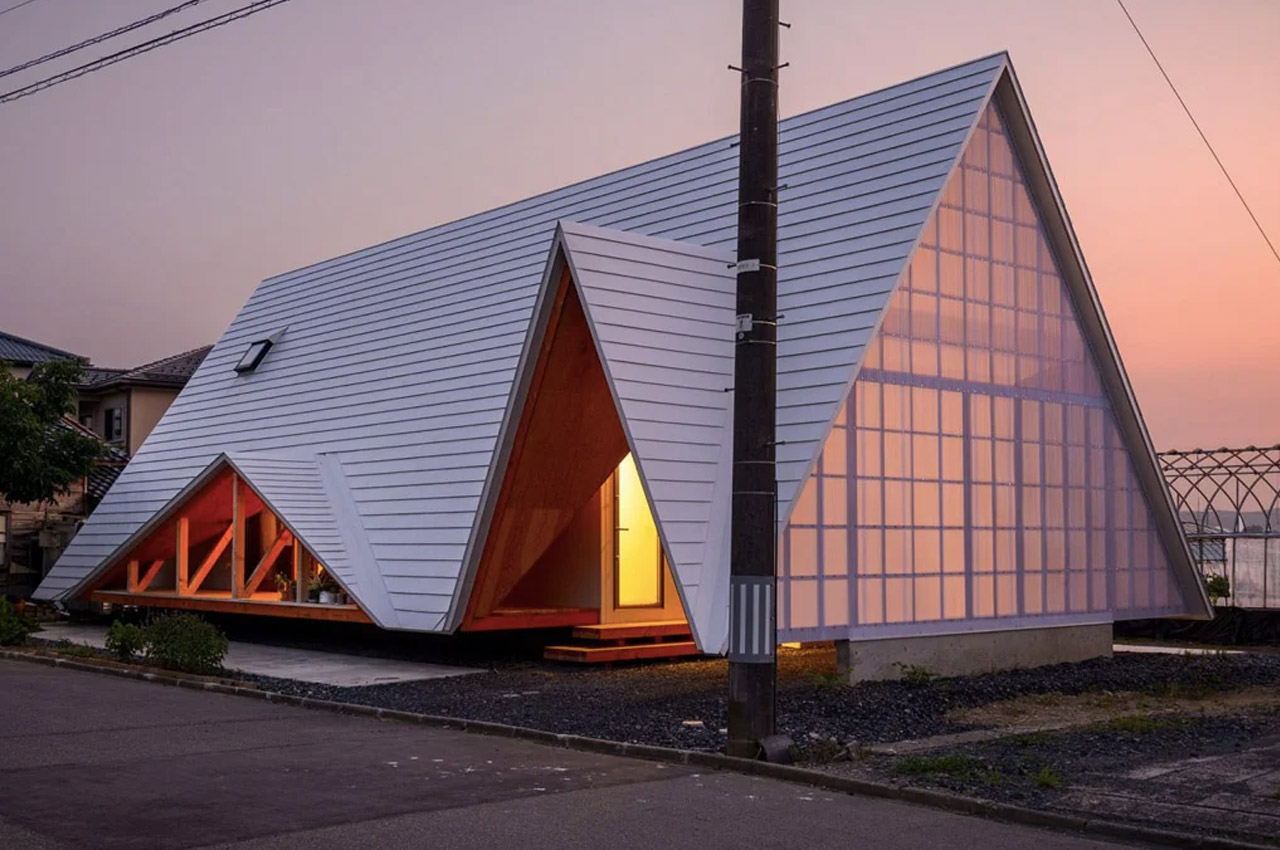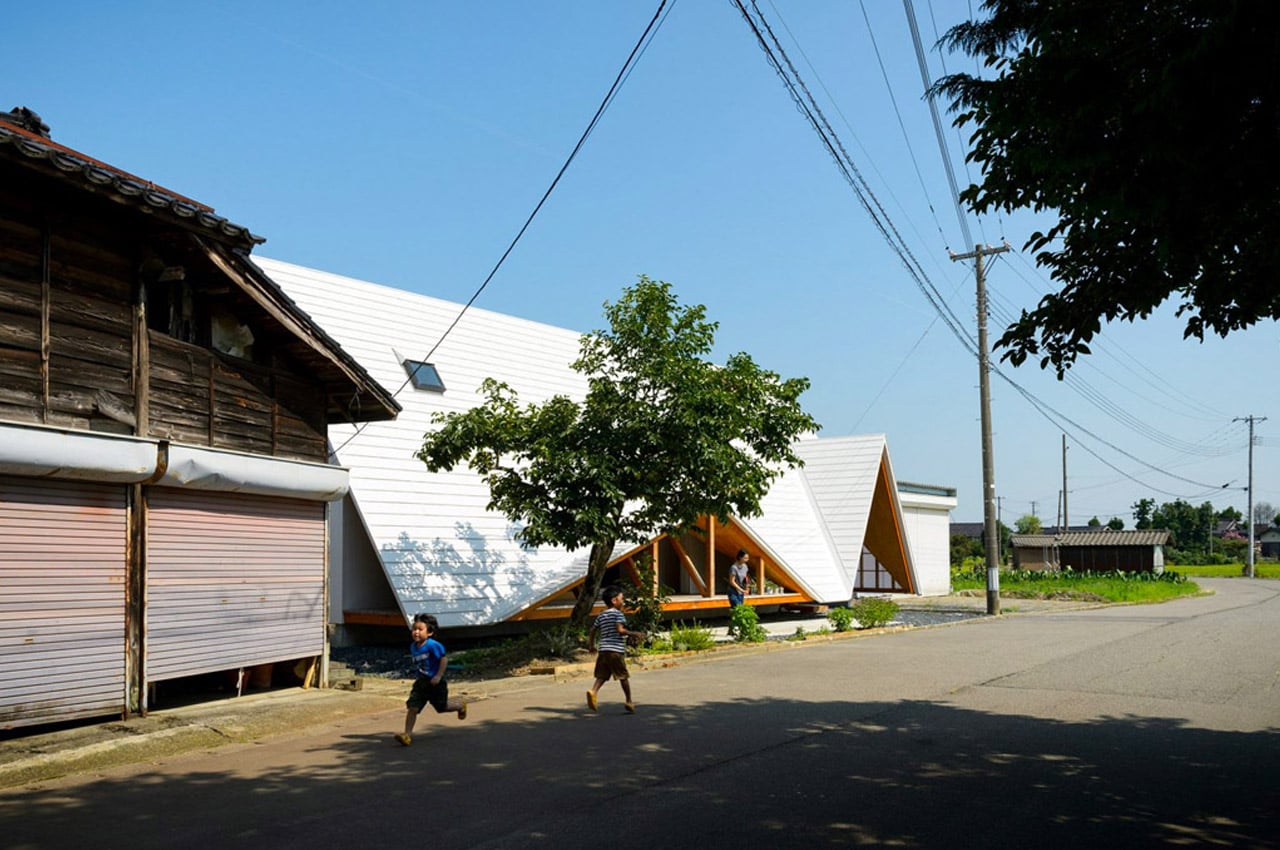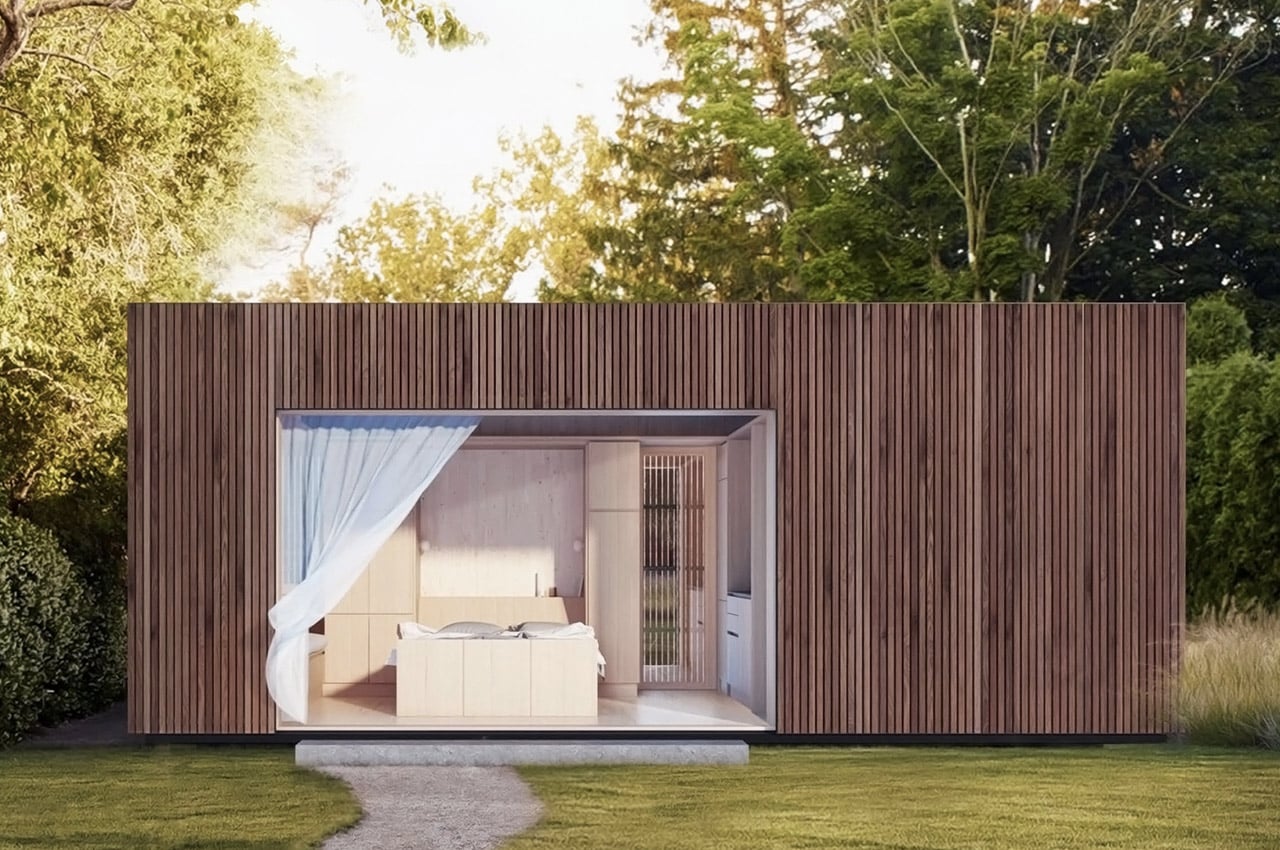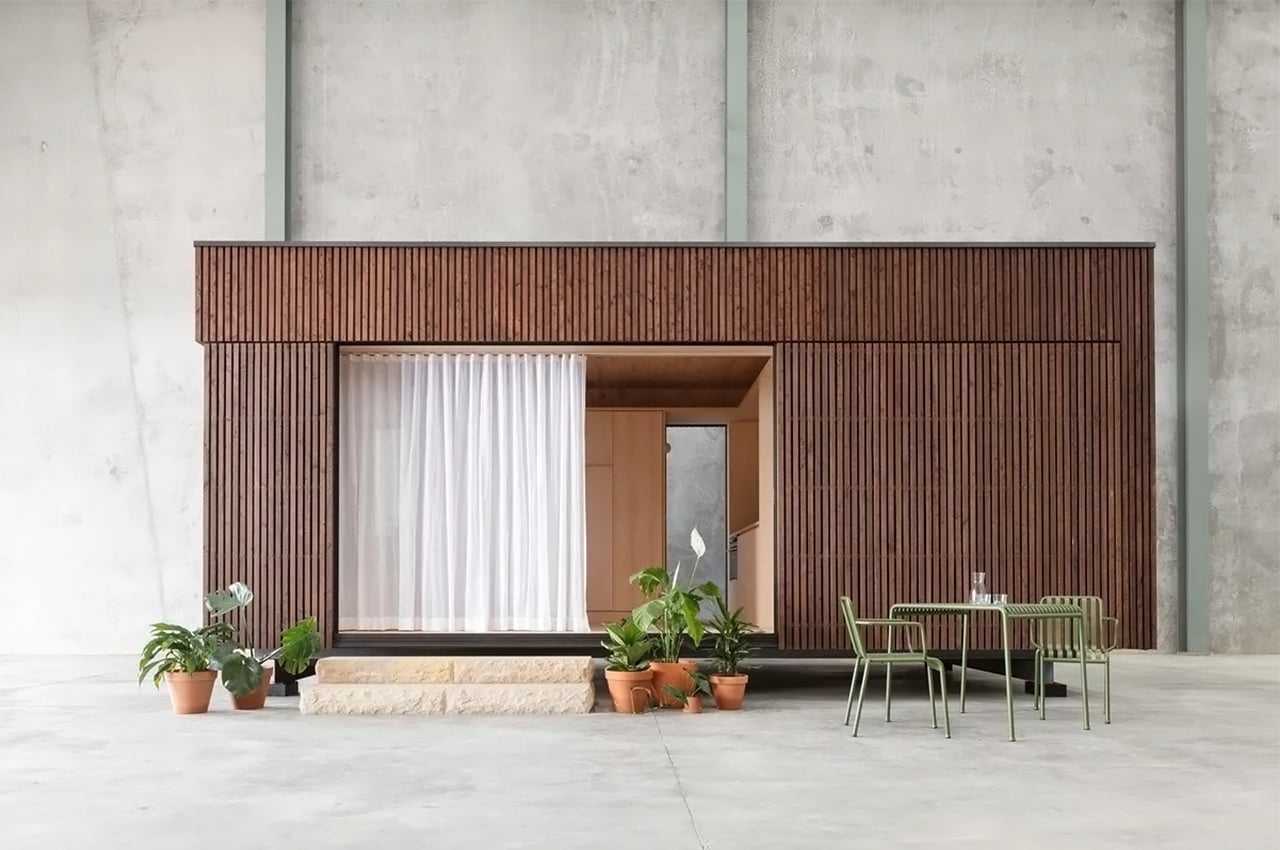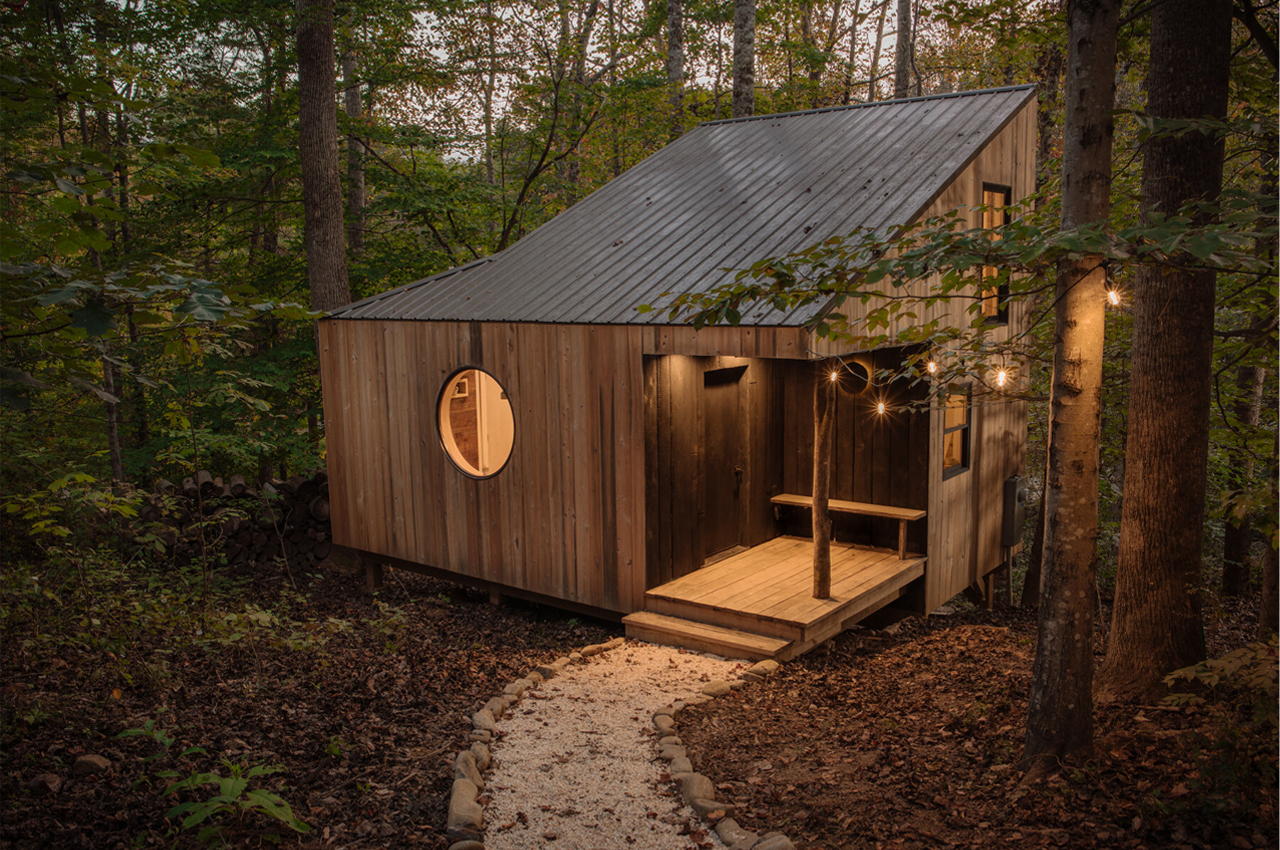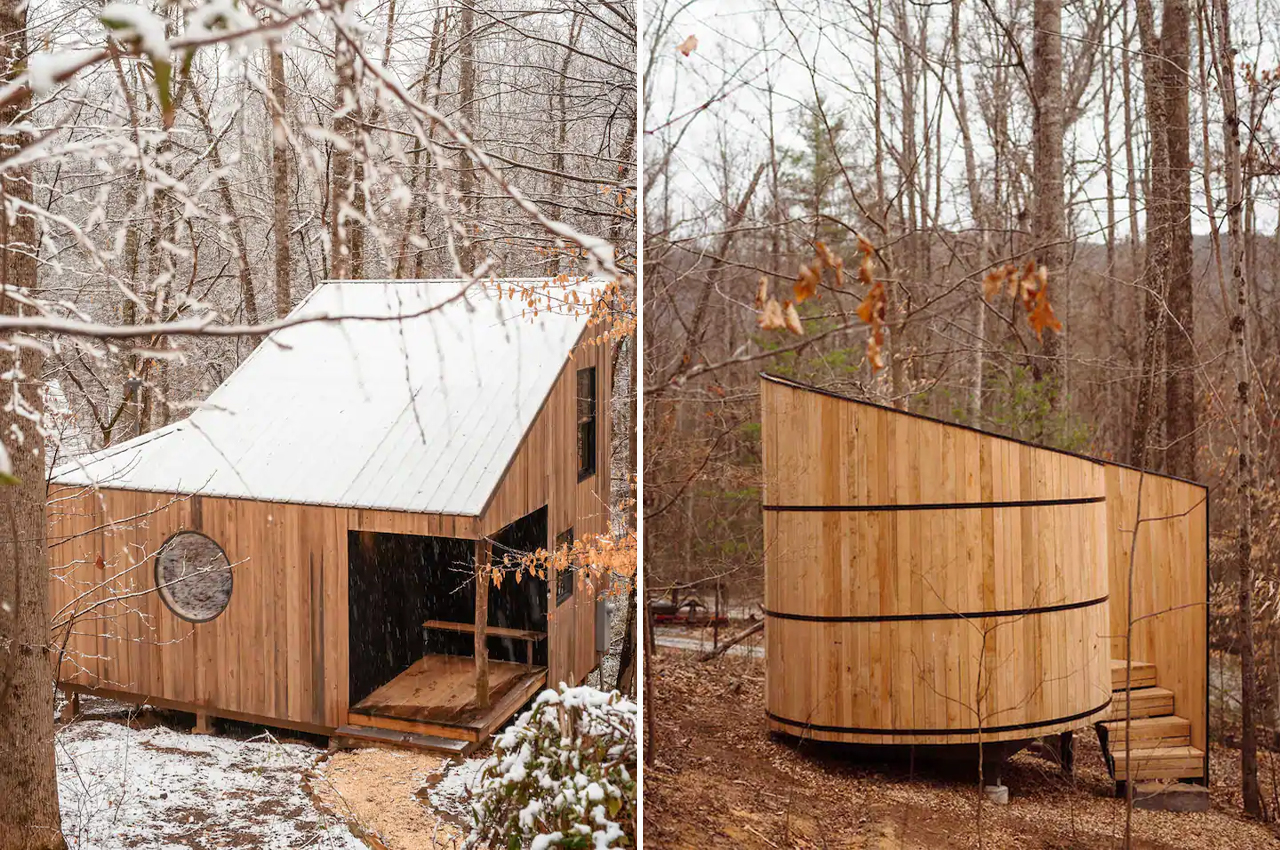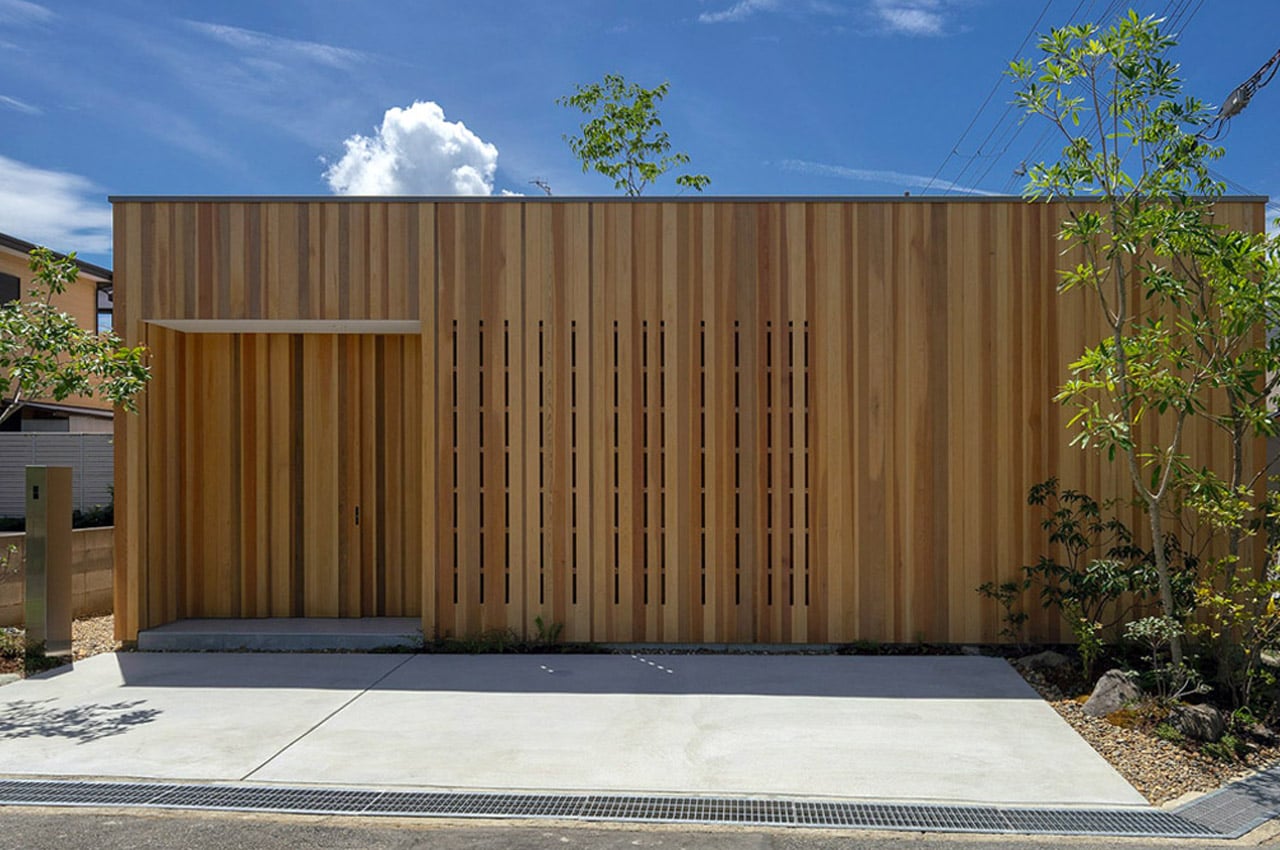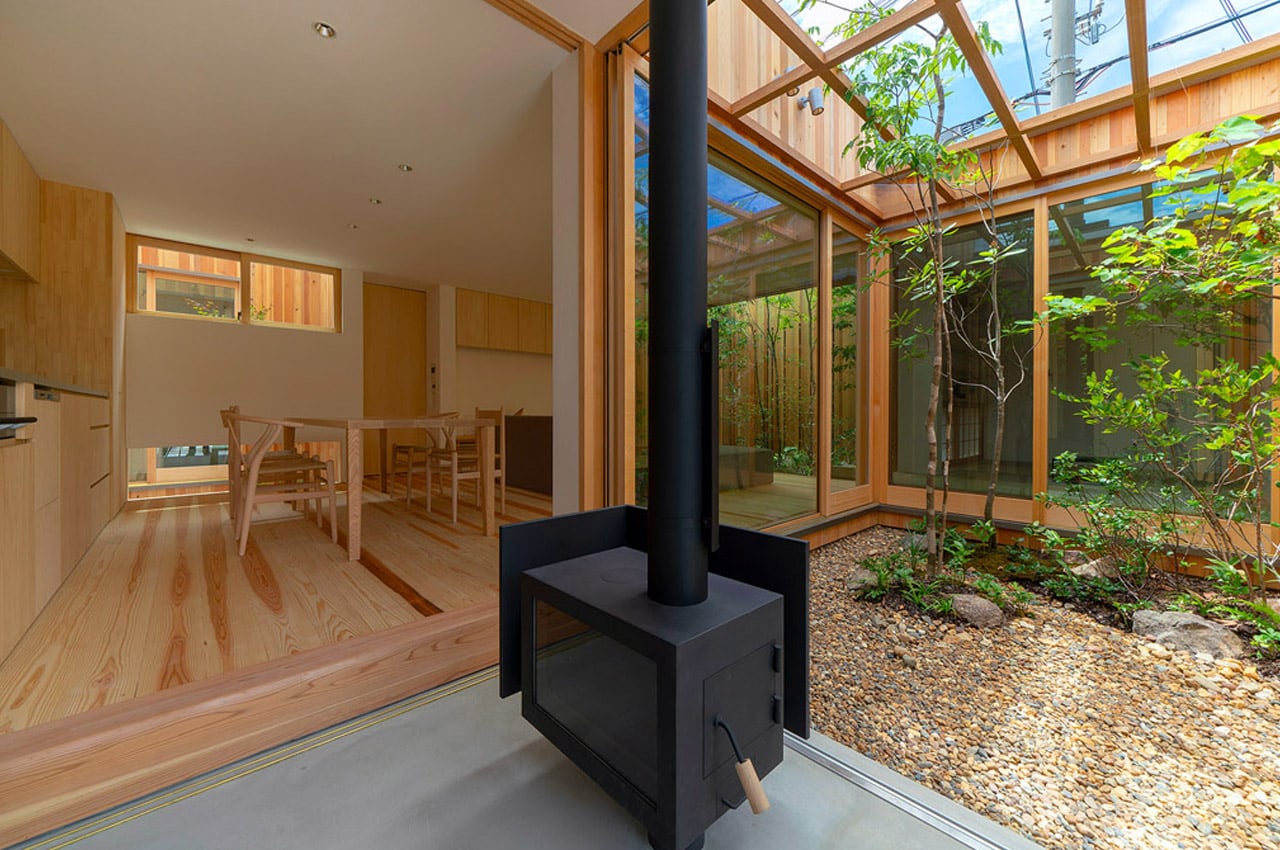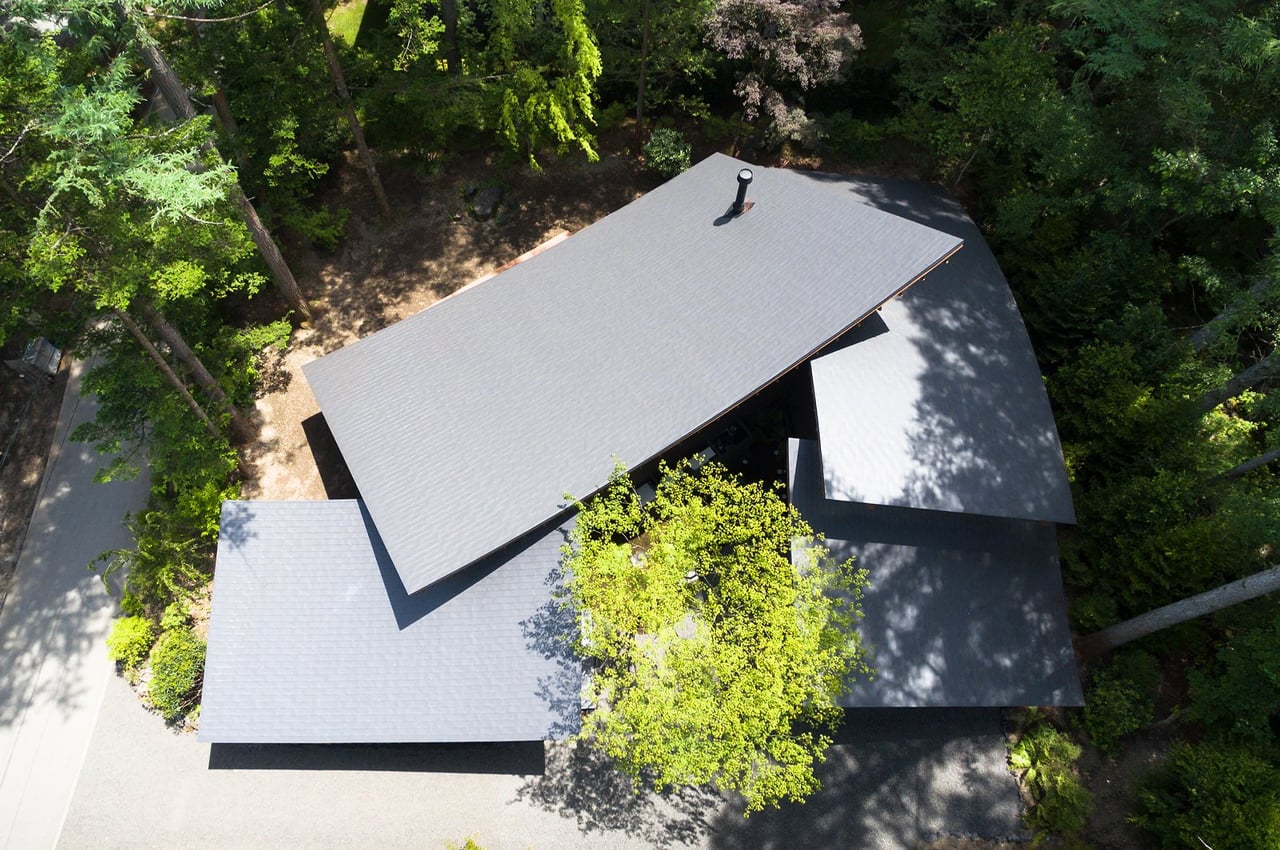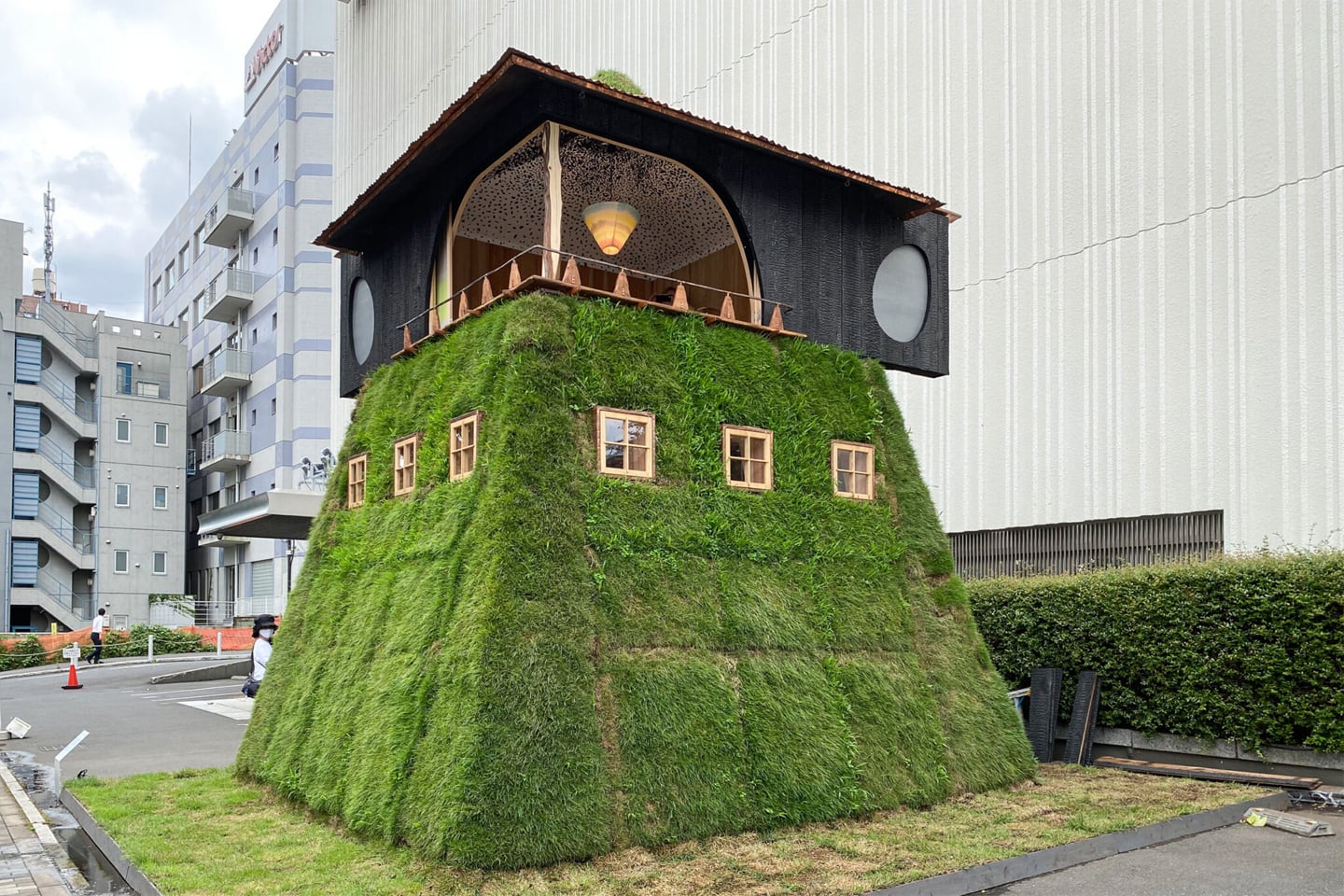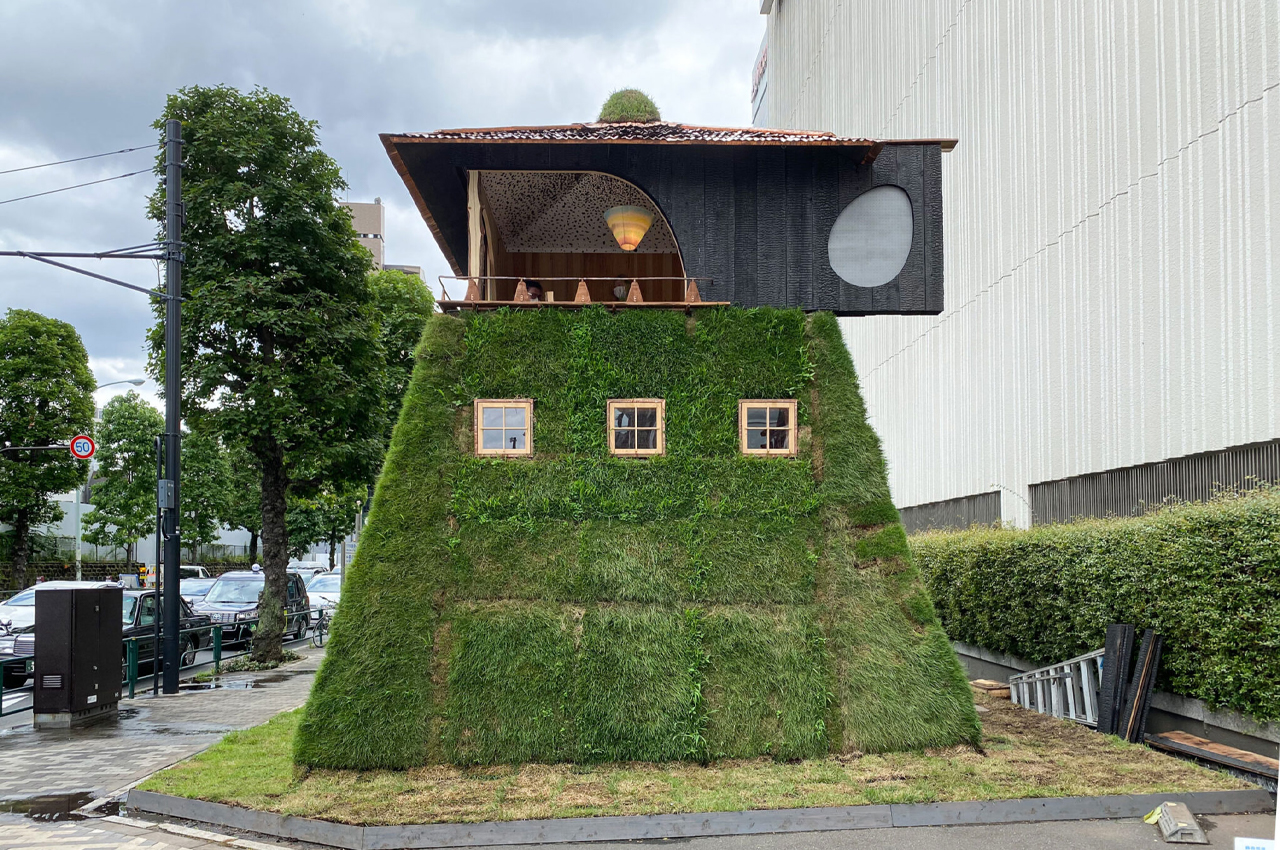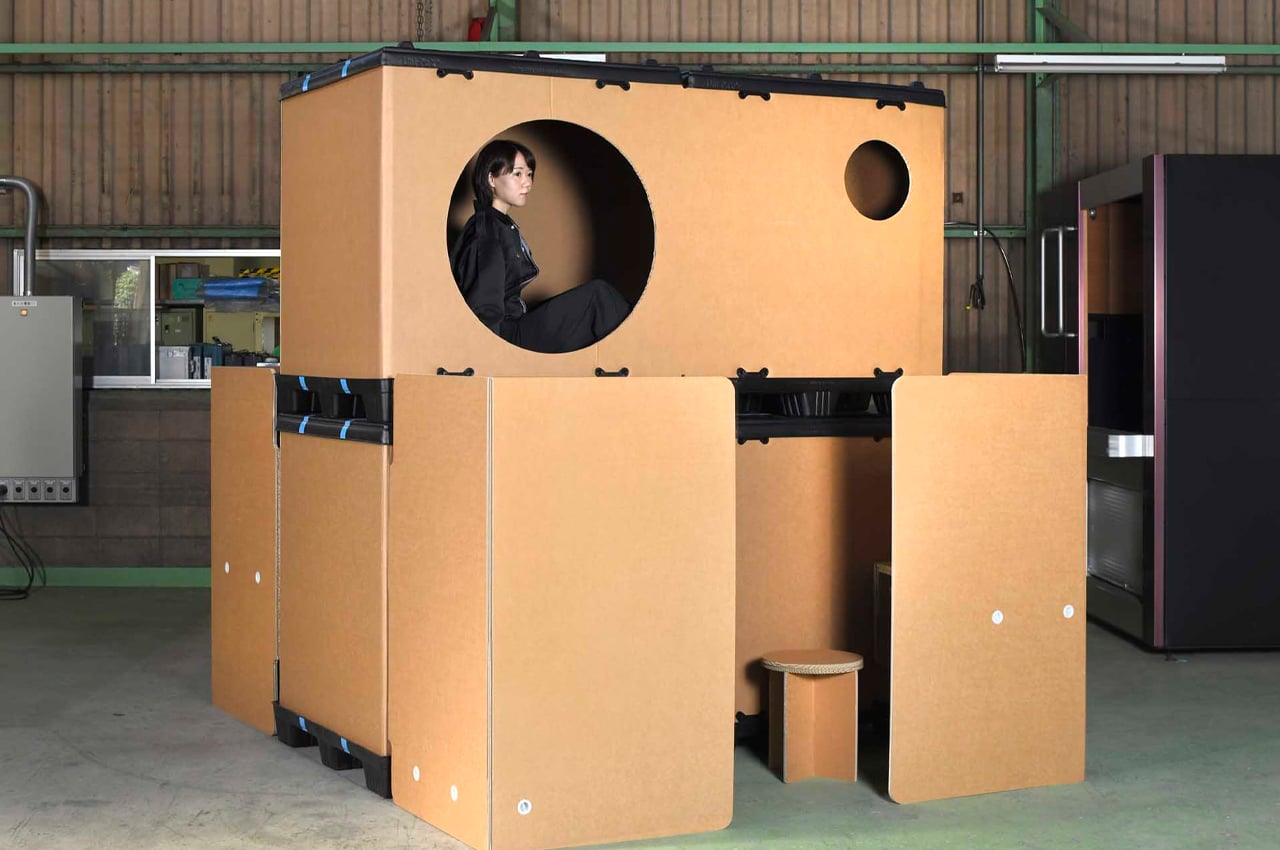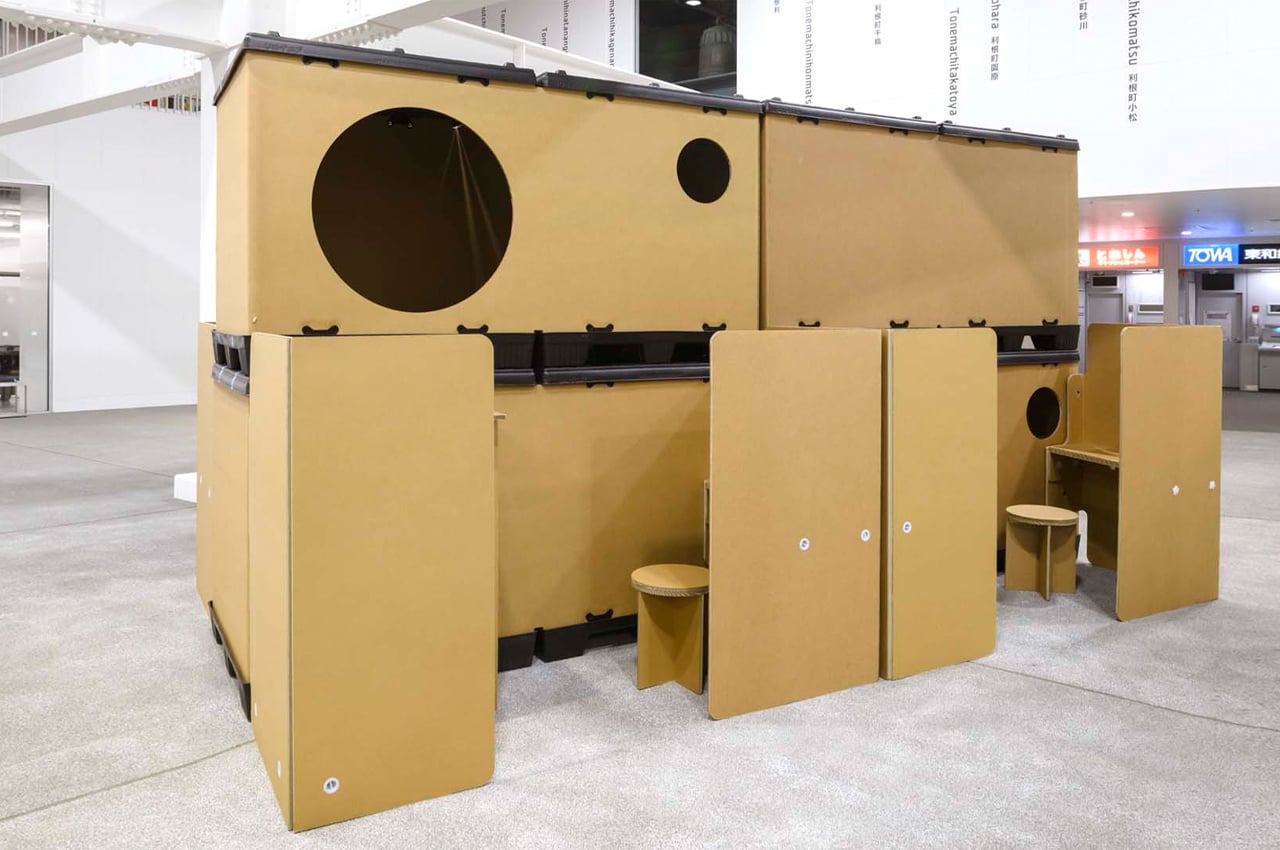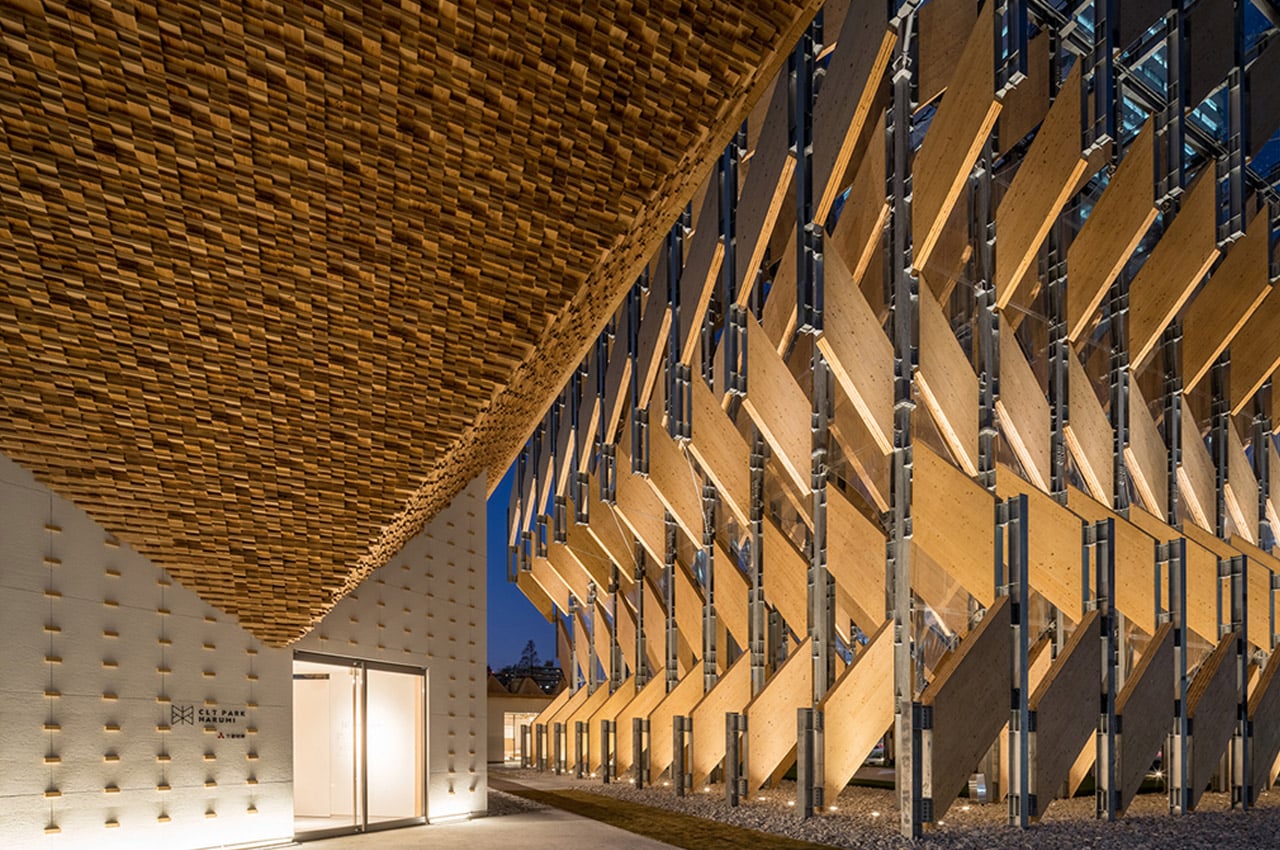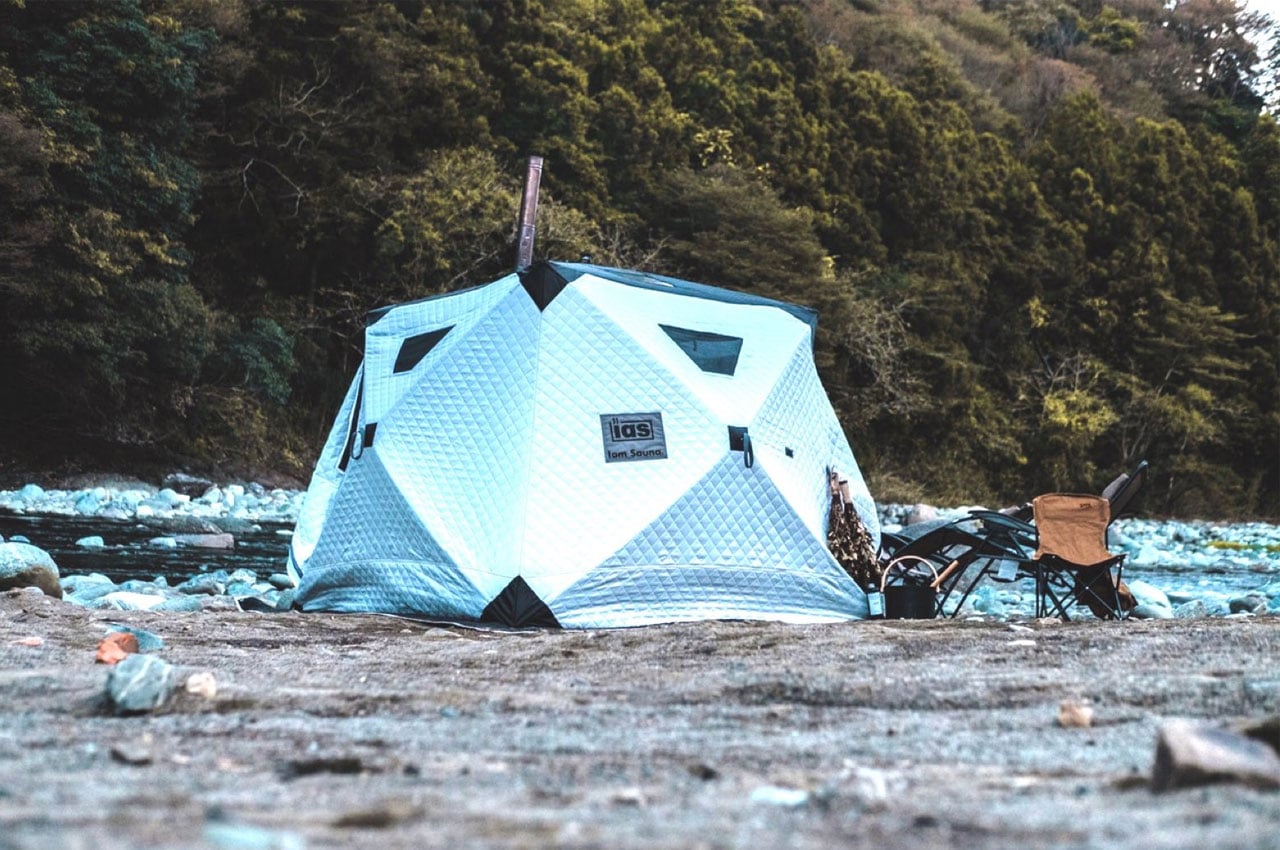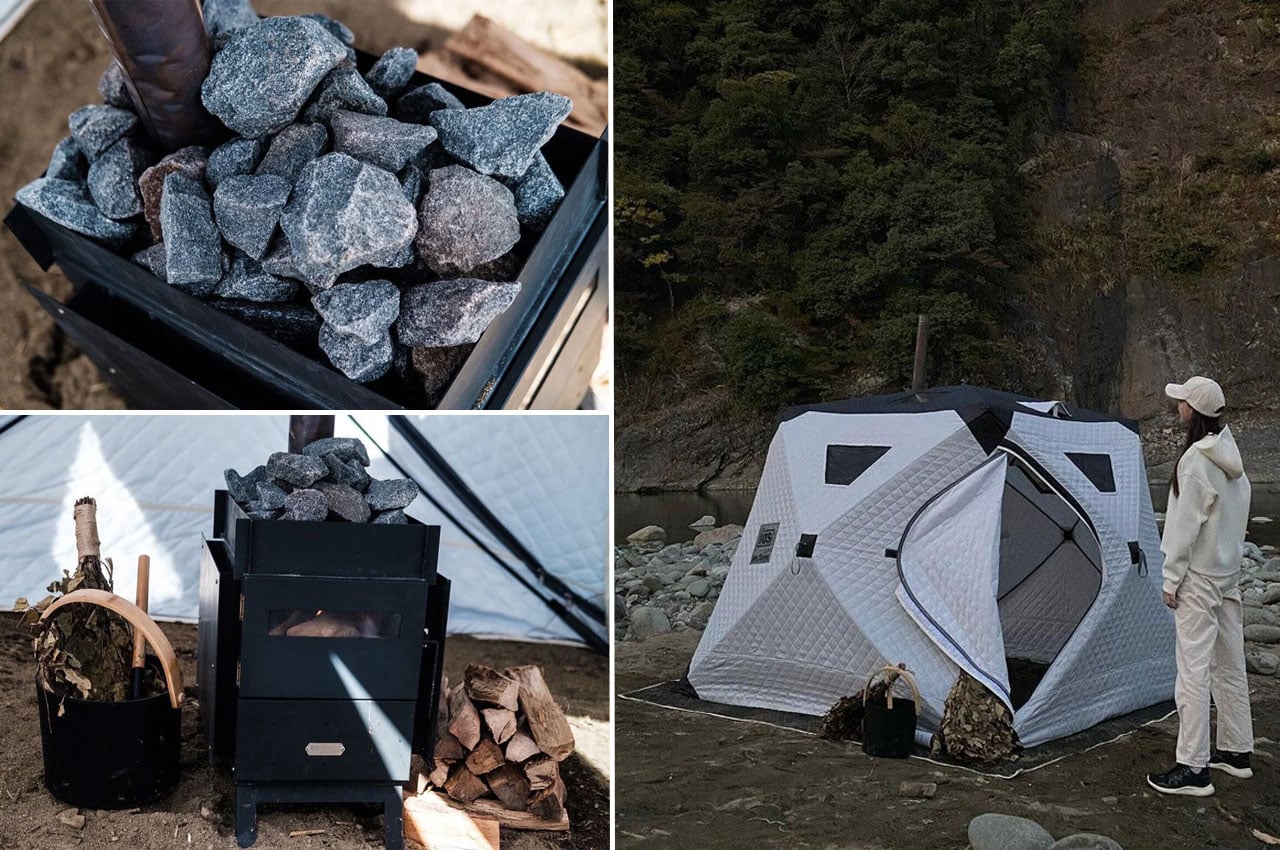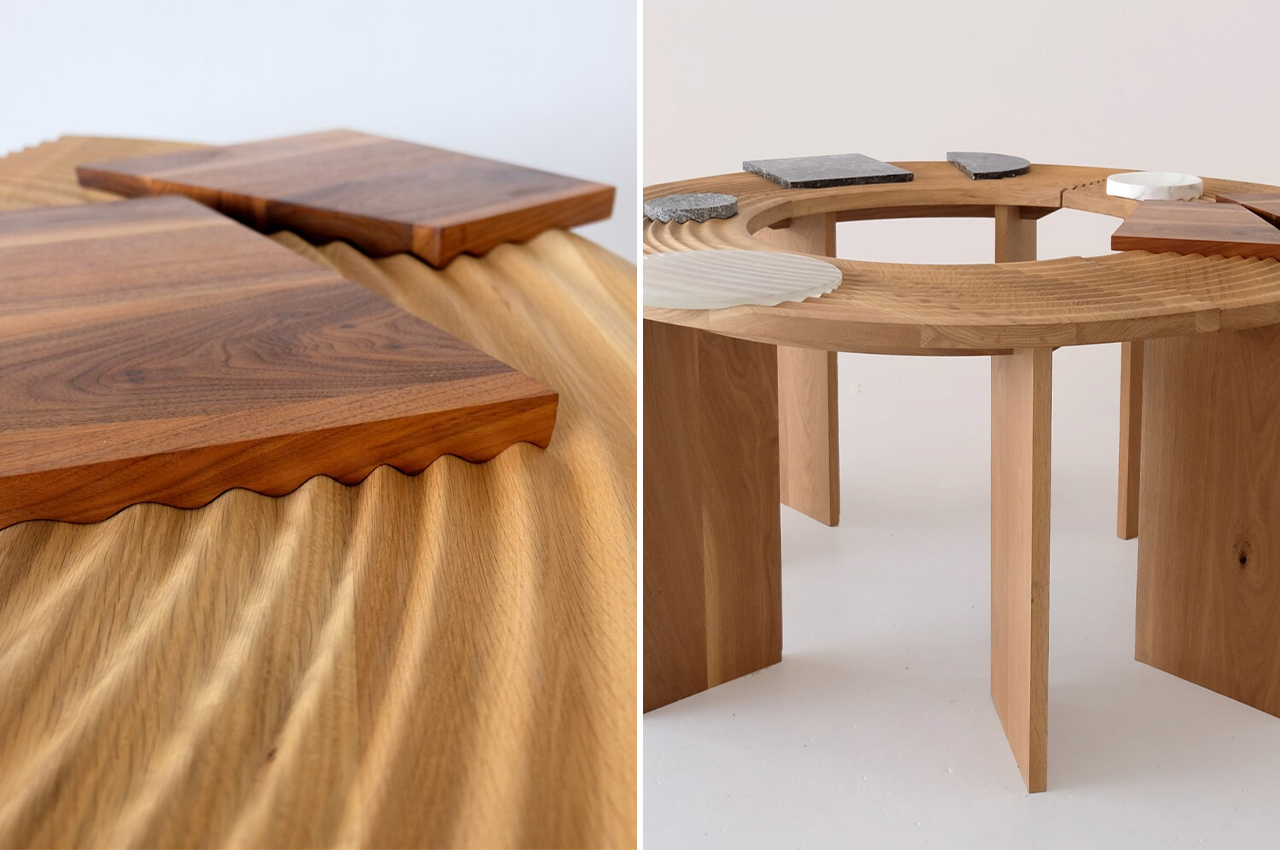
The Japanese design philosophy has slowly but surely taken over the world by storm – ever since it was discovered by the rest of us! There’s something surreal and relaxing about Japanese-inspired products, that just makes you want to introduce some minimalism into your life! Whether it is furniture designs, stationery items, or even kitchen appliances, we’ve got you covered with a collection of innovative Japanese designs! From a sleek self-heating bento box that aims to completely eradicate microwaves to an eclectic candle that transforms into a Japanese lantern the longer it burns – these surreal and soothing product designs are all you need to introduce into your day-to-day life, to experience some Japanese zen and peace!
1. Outside In
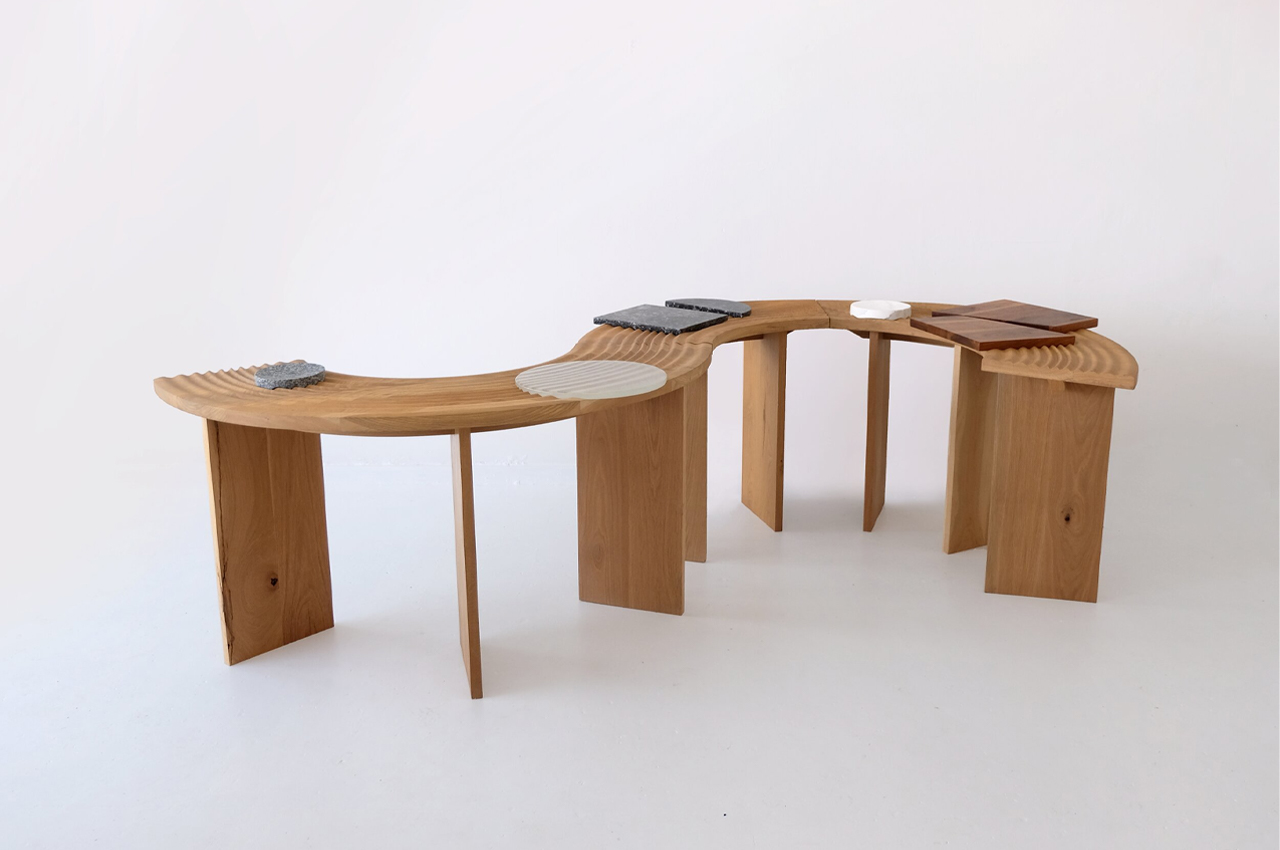
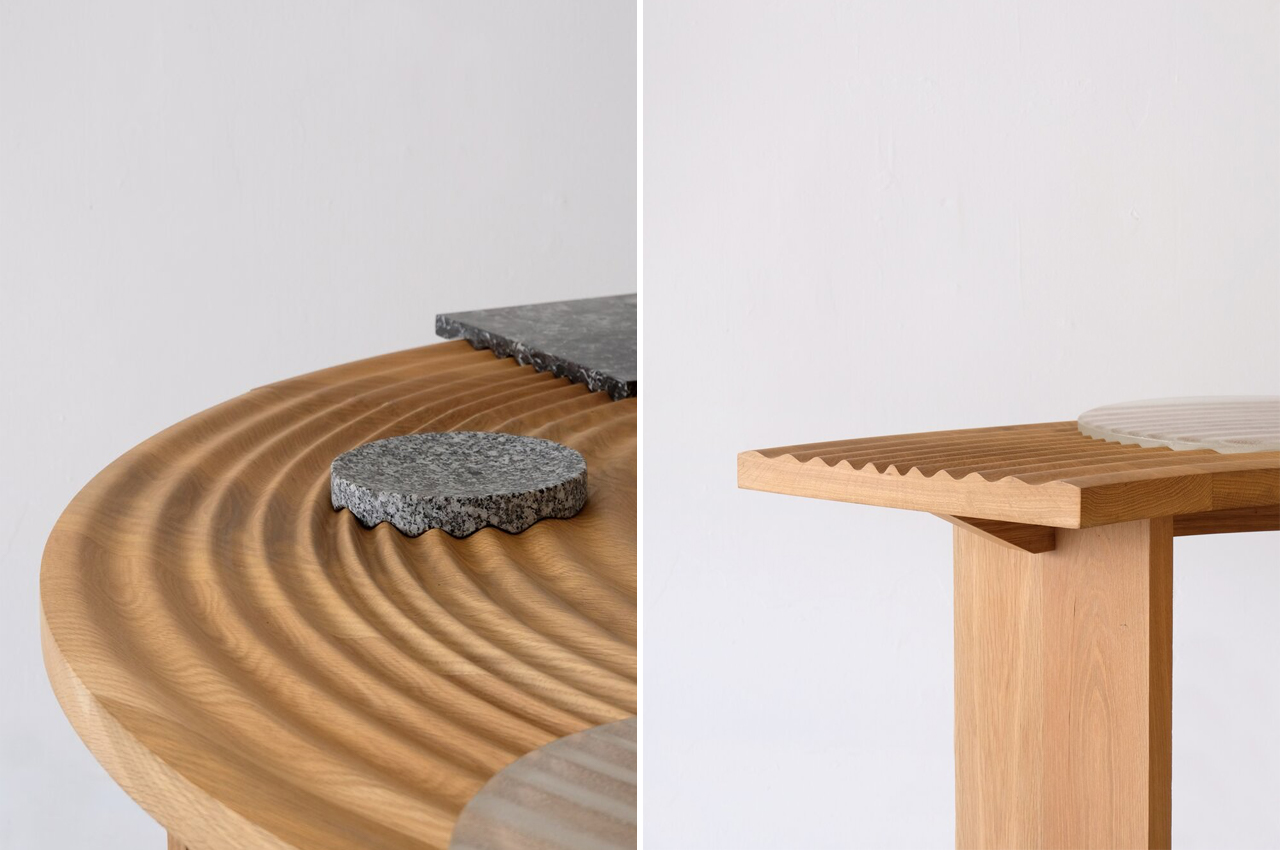
Outside In is a multifunctional, shapeshifting table that incorporates hand-carved grooves into its timber frame to resemble the raked ruts of Japanese zen gardens.
Why is it noteworthy?
Japanese zen gardens have supplied ceaseless inspiration for designers. While the sheer meditative quality of zen gardens is enough to insight some new ideas, the artful design of zen gardens rakes its own creative vision for designers. Melbourne-based furniture, lighting, and object design company Sabu Studio found its own creative vision by way of Japanese zen gardens when designing the minimalist Outside In table.
What we like
- Features a sinuous timber surface that resembles the hand-raked grooves of a zen garden
- Outside In is a crafty piece of furniture that would look right at home in hospitality common spaces or even event halls
What we dislike
2. The Chouchin
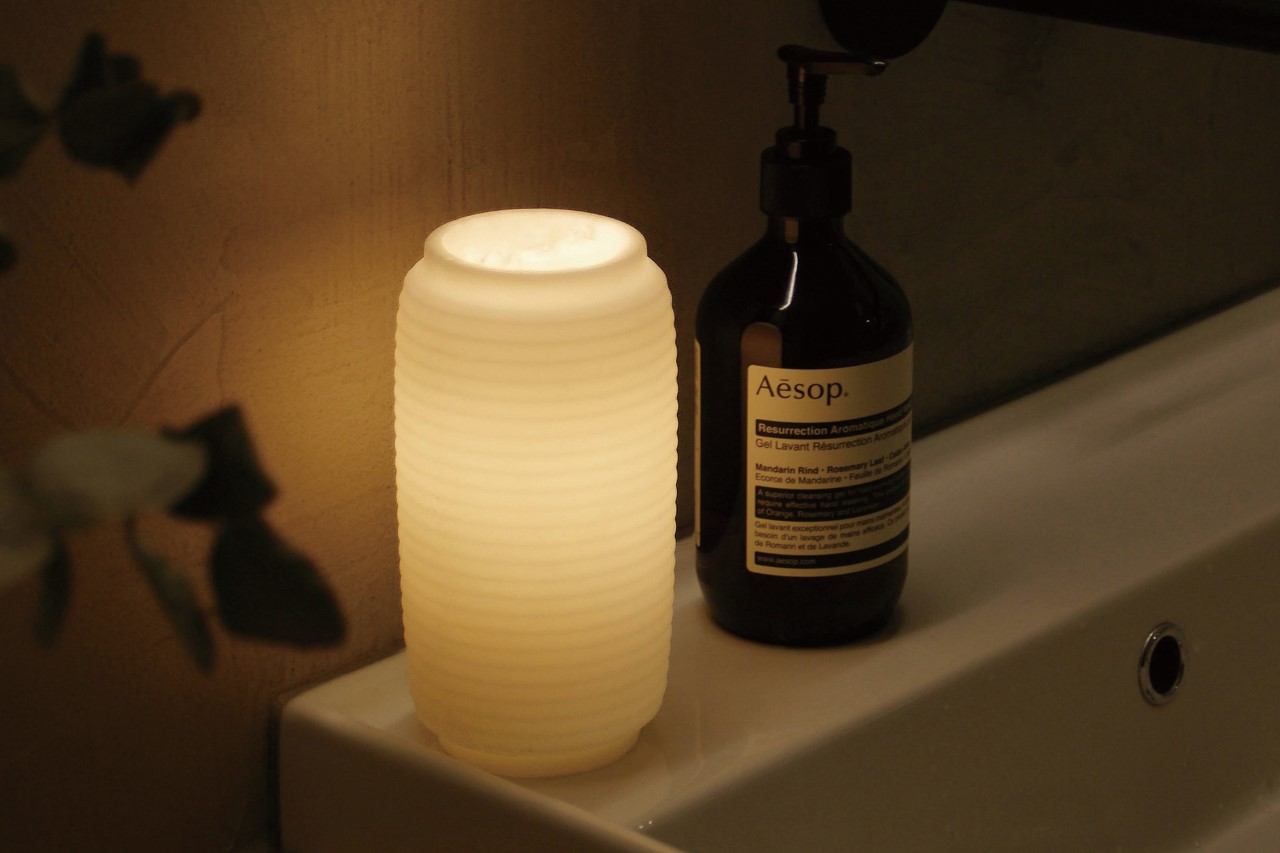
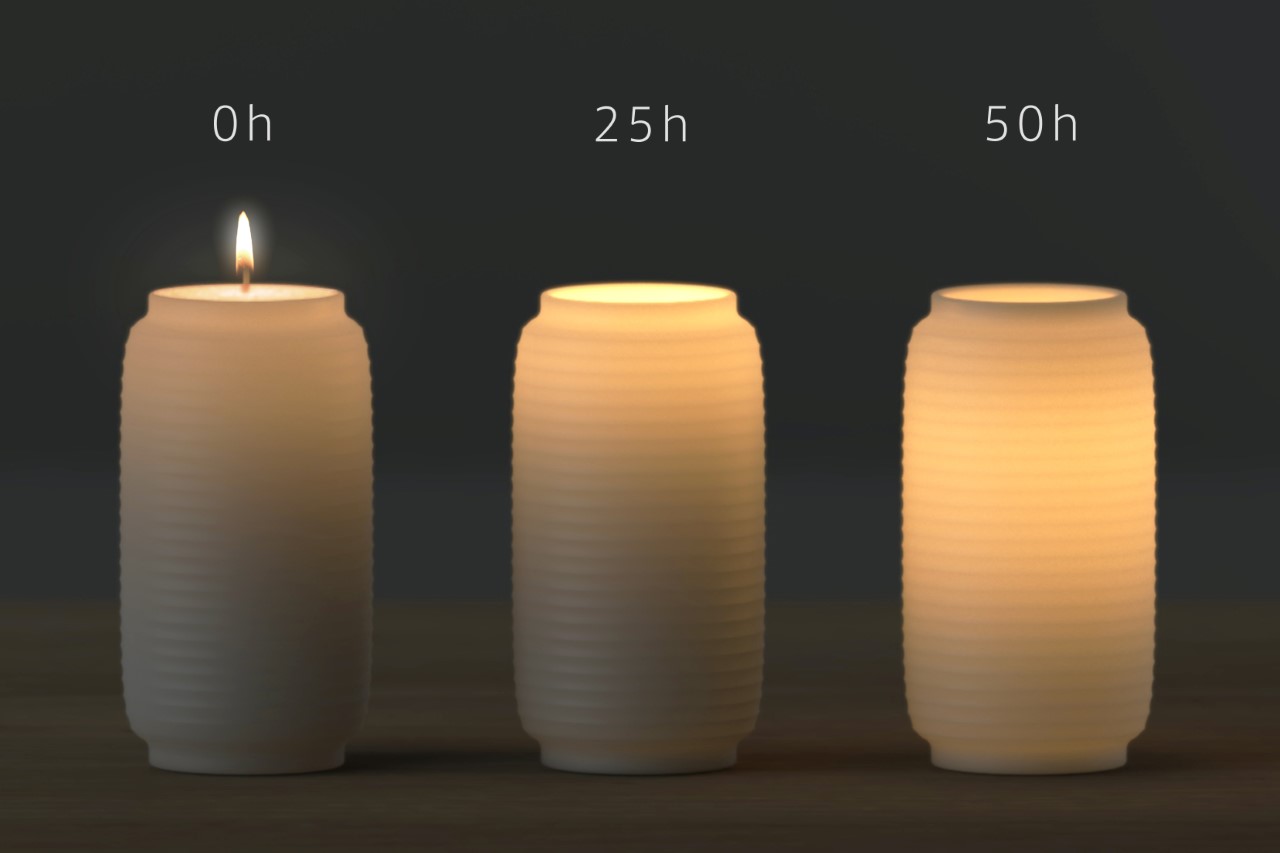
The Chouchin is a pillar-shaped candle, styled to look like a traditional Japanese ‘chouchin’ lantern.
Why is it noteworthy?
The candle comes made from two different grades of waxes, one on the inside, which burns the way a normal candle would, and one on the outside, which serves as the candle’s exterior, mimicking the effects of a lantern by diffusing the light that passes through it. As the inner wax candle continues to burn, the flame glows right through the outer shell, getting diffused into a gentle, warm light in the process.
What we like
- The outer shell uses a patented non-melting wax, which lends a beautiful subtle translucency to the candle as the wick burns downwards
- On the inside sits a more traditional candle, with a burning time of 60 hours – offering a few months’ worth of light with daily usage
What we dislike
3. The Ofuro Bathtub
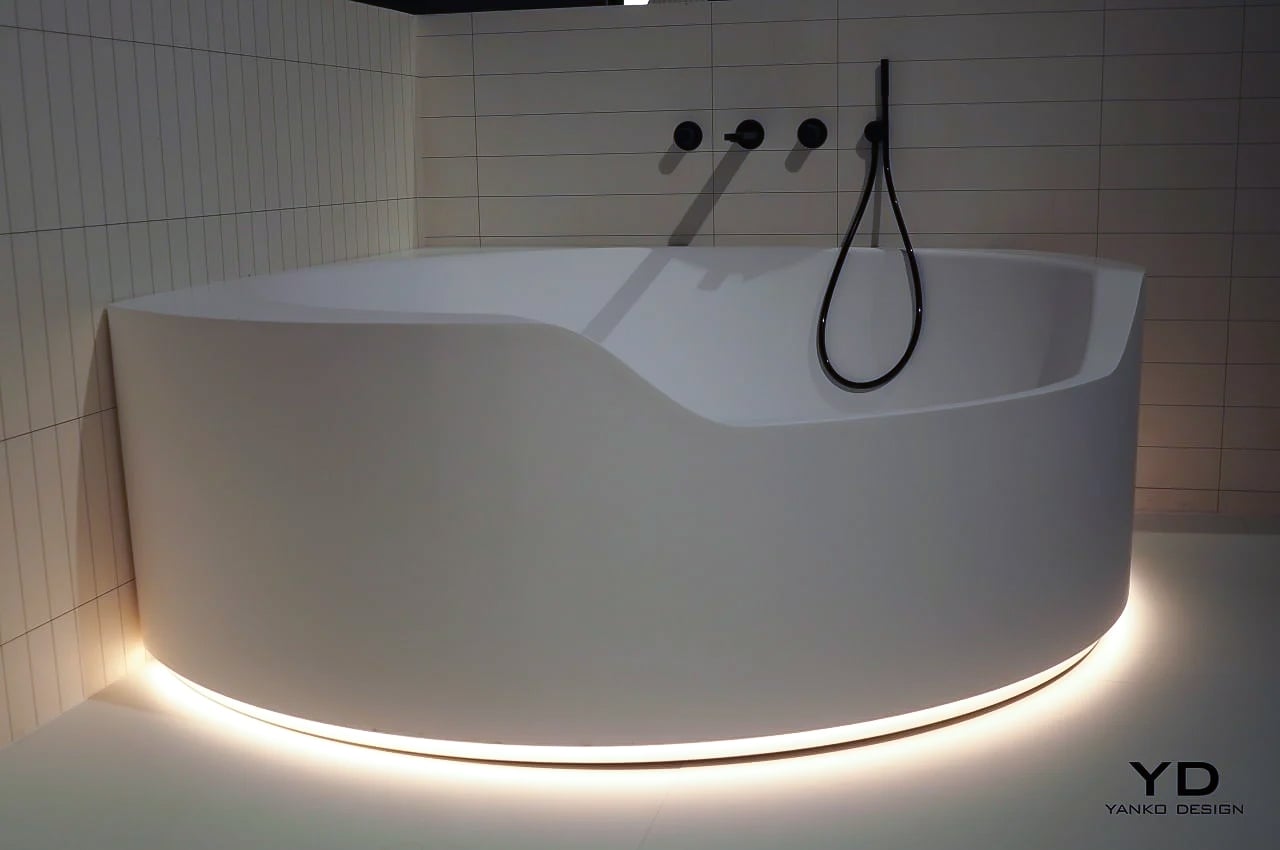
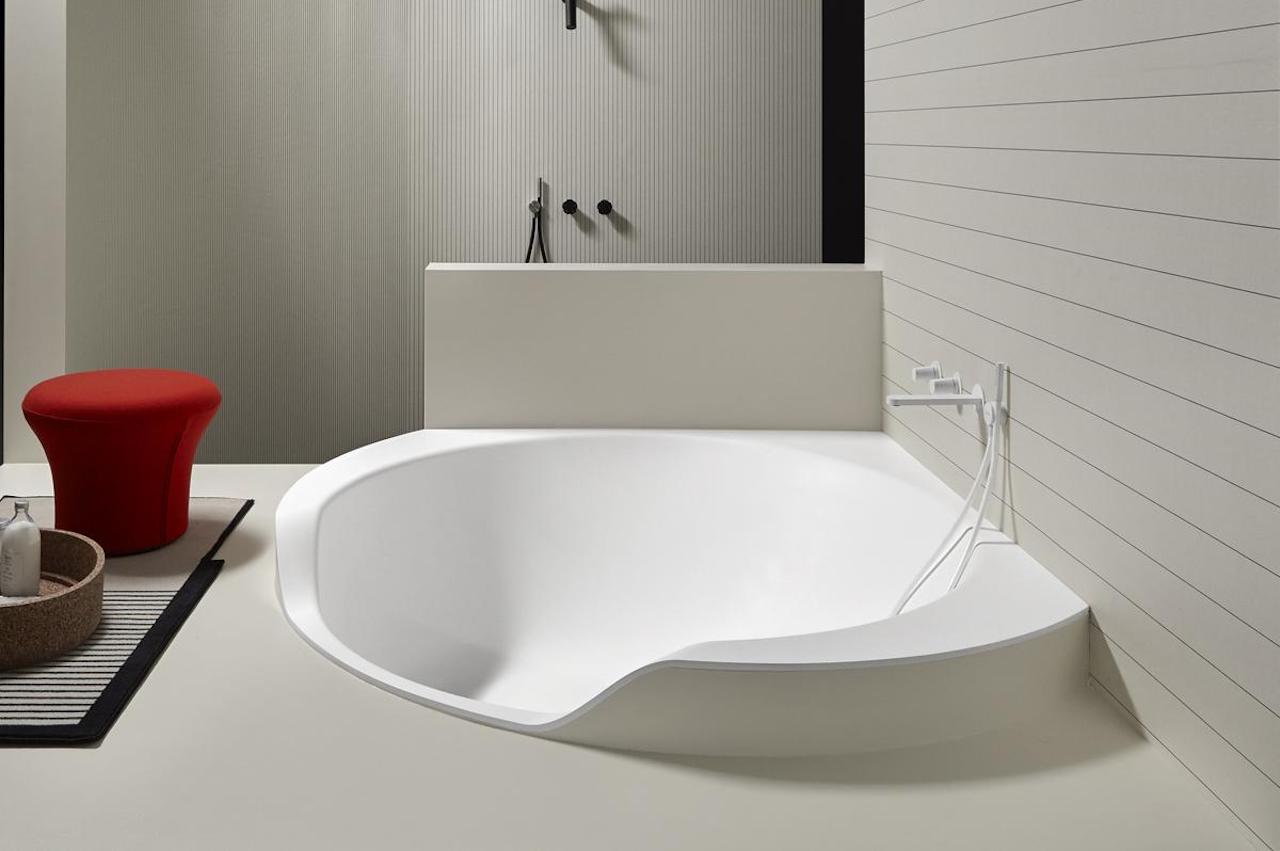
Antoniolupi’s latest product, the Ofuro series, comes from the traditional Japanese bath that involves soaking and relaxation.
Why is it noteworthy?
The use of the name gives the inspiration to create a bathing experience that is truly calming and comforting. Showers may not be enough, so bathtubs are preferred in some situations when you really need to destress and decompress. A few moments in the tub allow not just purification of the body but also of the soul and mind, as it is where you can be free from all the stress and worry of the day.
What we like
- Antoniolupi’s Ofuro series is a response to such a need for wellness and healthy living
- The idea of full immersion in hot water is why the Ofuro bathtub is large, looking like a large basin perched in the corner of the bathroom–just like the Japanese tradition
What we dislike
4. Electric Chopsticks
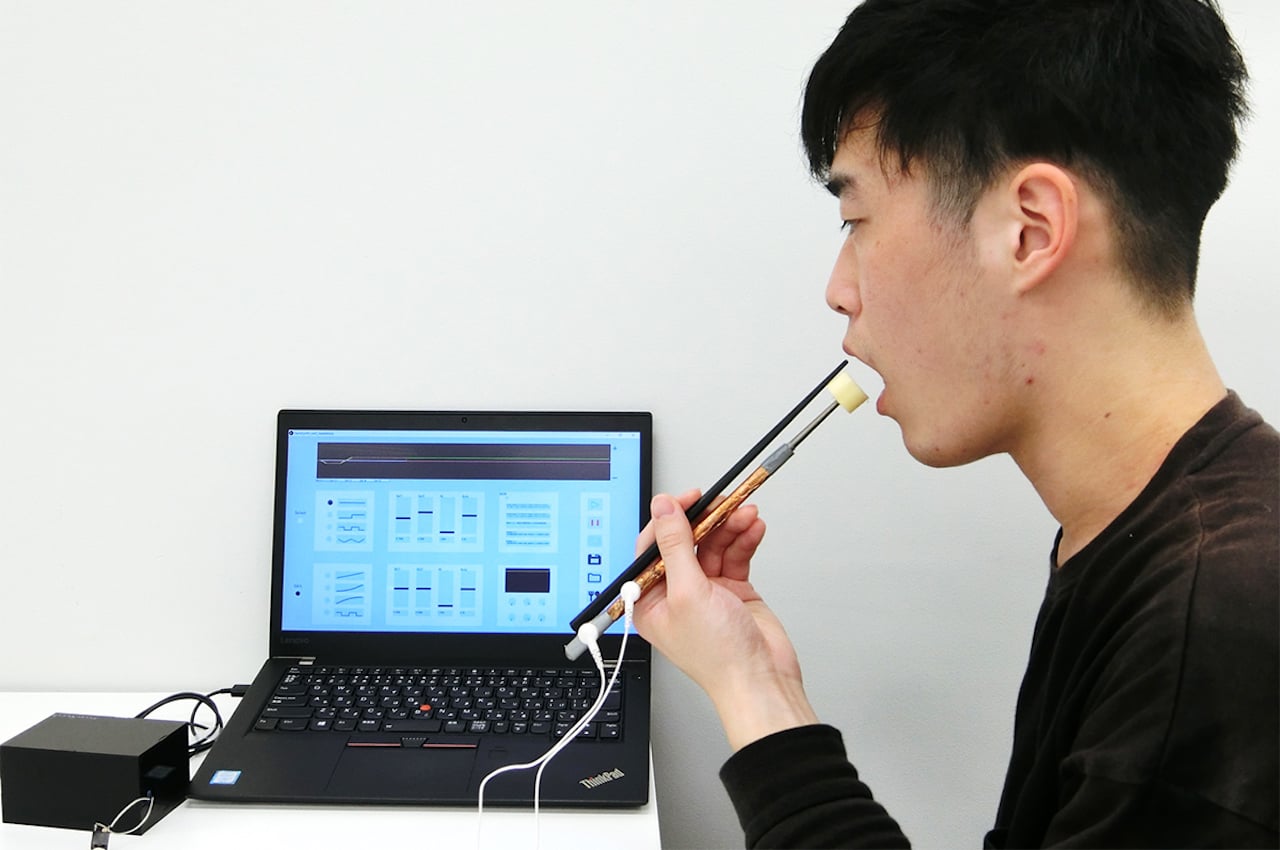
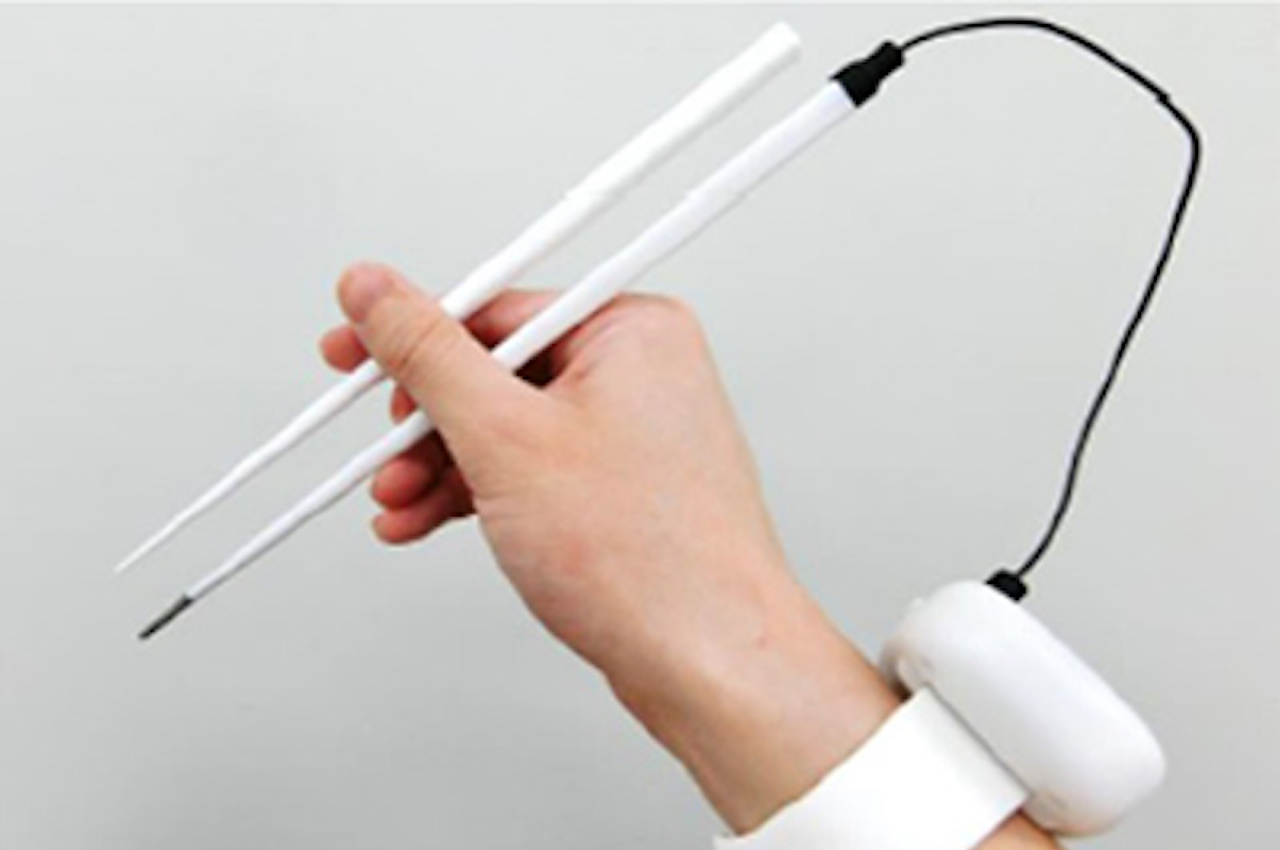
Chopstick innovations and redesigns have been presented, but nothing like this project introduced together by Kirin Holdings and the Miyashita Laboratory (Meiji University Dr. Homei Miyashita Laboratory of the Department of Frontier Media Science, School of Interdisciplinary Mathematical Sciences). The chopstick device comes with an electrical stimulation waveform that together work to adjust the taste of low-sodium food.
Why is it noteworthy?
The chopsticks can make low-sodium food taste salty. So you can enjoy the food more but sans the high sodium content. This idea can benefit those who need to go on a low-sodium diet. Right now, chopsticks can be used, but other utensils can also take advantage of the system. Salty taste enhancement is possible with electrical stimulation on a utensil. With the goal of improving the electric taste sensation, more people can enjoy what they eat even with reduced salt.
What we like
- The device uses a weak electrical current in transmitting sodium ions from the food to the mouth
- Creates a sense of saltiness
What we dislike
- It’s still in the prototype stage!
5. The Japanese paper Memo Block
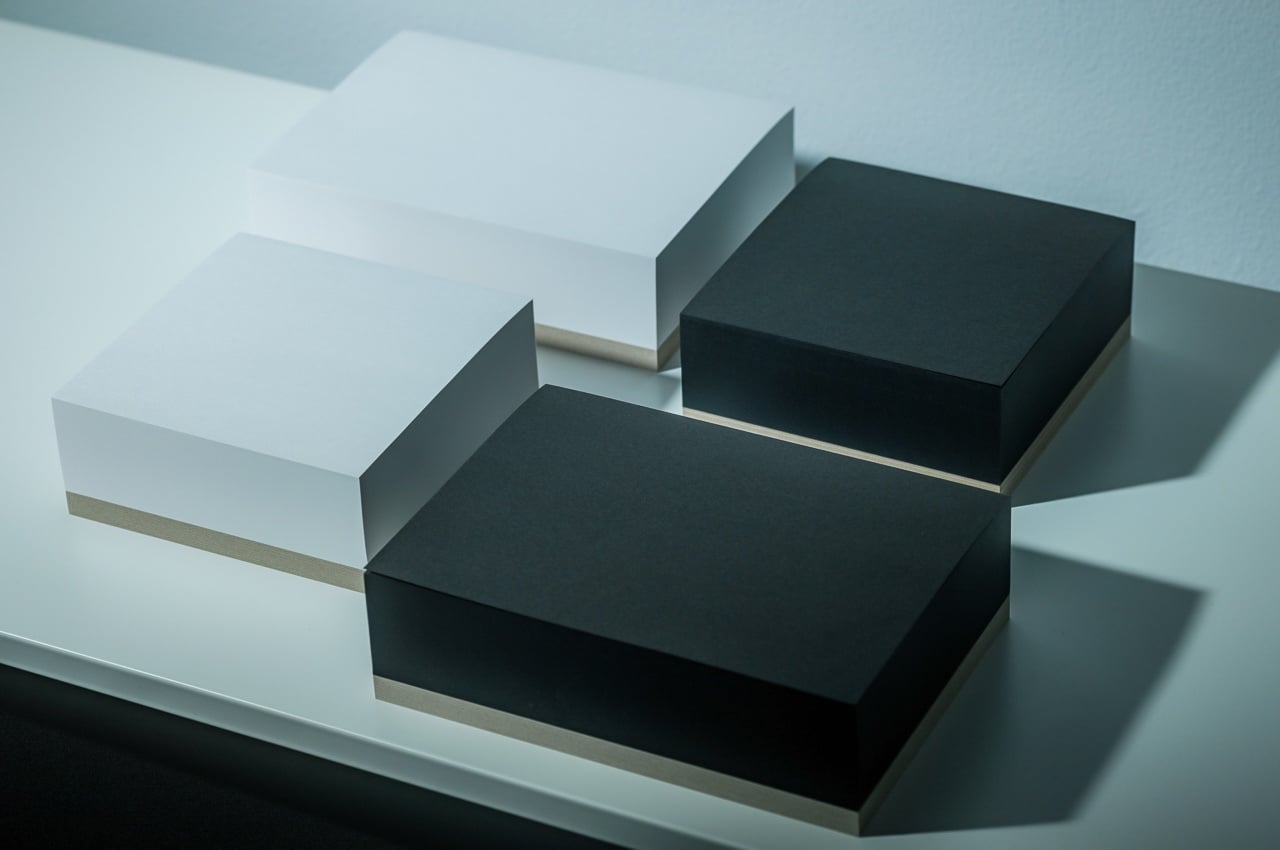
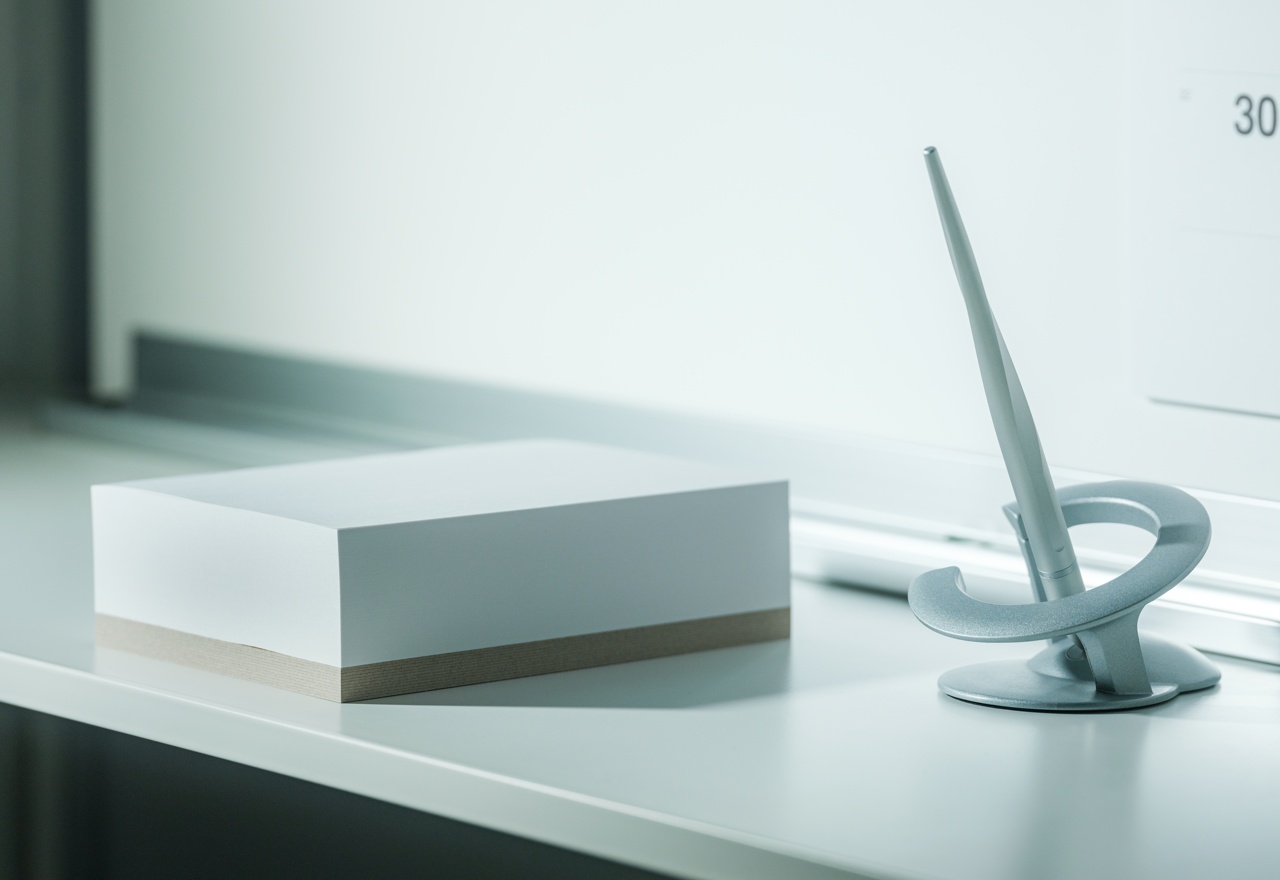
The Japanese paper Memo Block comes in to provide a temporary shelter for those itinerant thoughts of yours.
Why is it noteworthy?
There is nothing more welcoming and more freeing than a blank sheet of paper that’s ready to record those fleeting thoughts, flashes of inspiration, or even tasks that were suddenly dumped on your lap. With no other markings, not even grids or lines, this white Memo Block lets you focus on the simplest task at hand, jotting that note down before you get distracted again. And with its smaller footprint, it’s easy to put a block of paper anywhere on your desk, in any position or orientation, so that it will always be within easy reach when your Muse or your colleague visits you.
What we like
- Its pure black surface challenges the mind as if daring it to put an unconventional and exciting new thought on paper
- Uses high-quality Japanese paper revered by many stationery connoisseurs
What we dislike
6. The Wooden Pen Holder
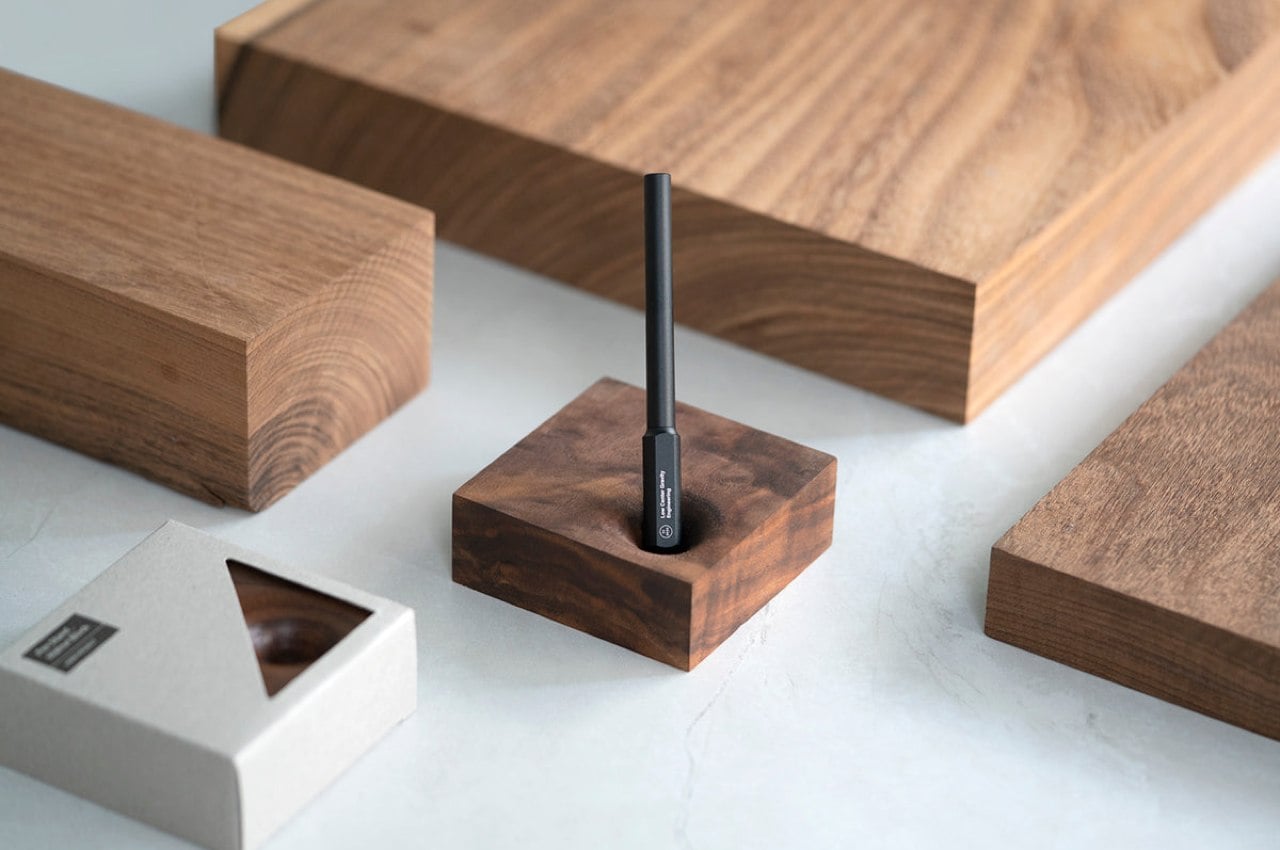
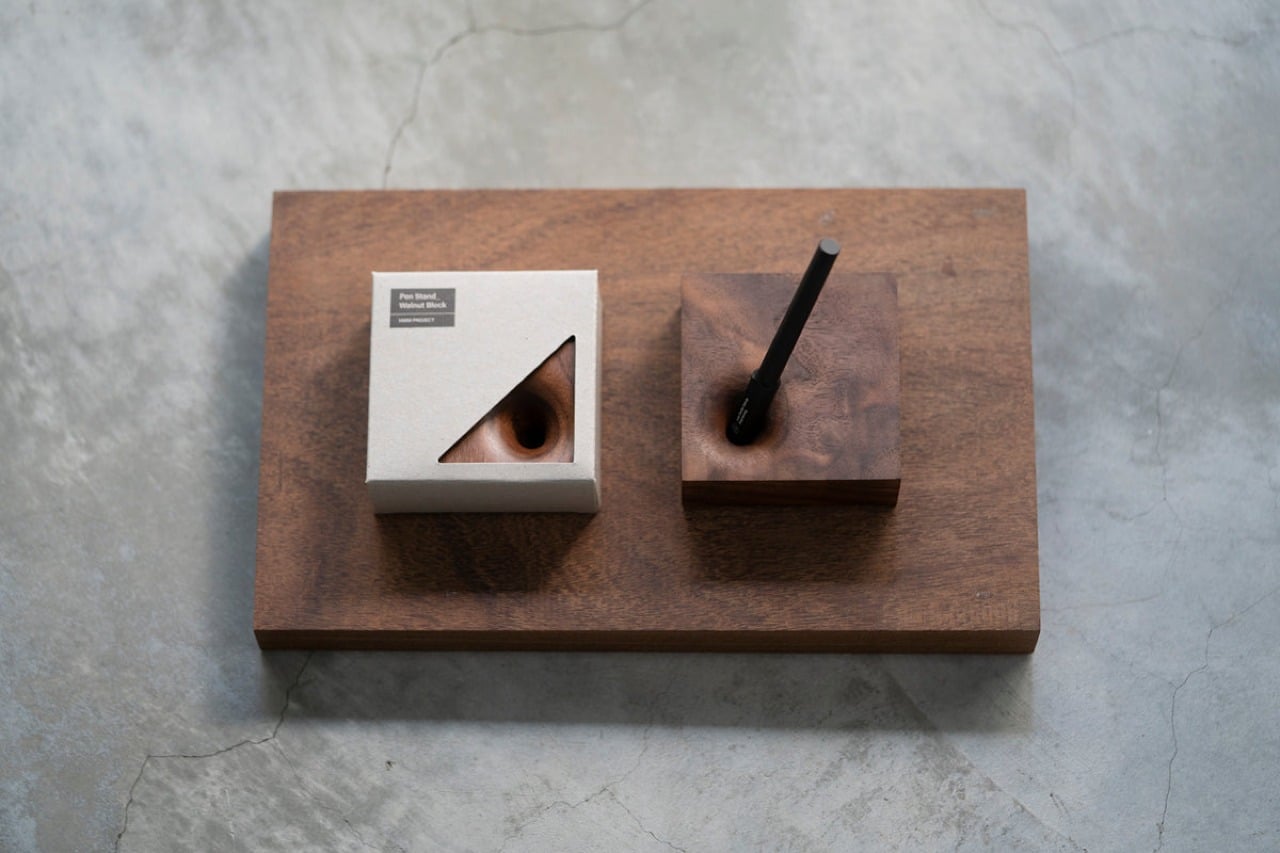
There’s something almost poetic about the act of picking up a brush or a fountain pen from an inkwell, drawing your strokes, and dipping it back in to be ready for when the next inspiration strikes, a feeling that’s almost lost even with the most elaborate and extravagant pens today. Not unless you have a pen holder that brings back that atmosphere, like a block of wood that could be the most Zen pen holder to ever adorn your desk.
Why is it noteworthy?
This wooden block is both unassuming and, at the same time, beautiful in its simplicity, as many minimalist products are wont to be. Made from genuine maple wood, each piece has grains and patterns that make it unique and special. Without saying explicitly, it’s an assurance that each black will be one of a kind, giving you the feeling that this pen holder was crafted just for you. Together with an equally stylish pen, this block transforms any desk into a thinker’s workbench, where the tools of the trade are just at an arm’s reach.
What we like
- The Wooden Pen Holder has a gently curving depression that can accommodate any pen with a standard size
- When you pick the pen up, you almost believe that the ink will also follow it up from an invisible well of ideas
What we dislike
7. MEALZTIME

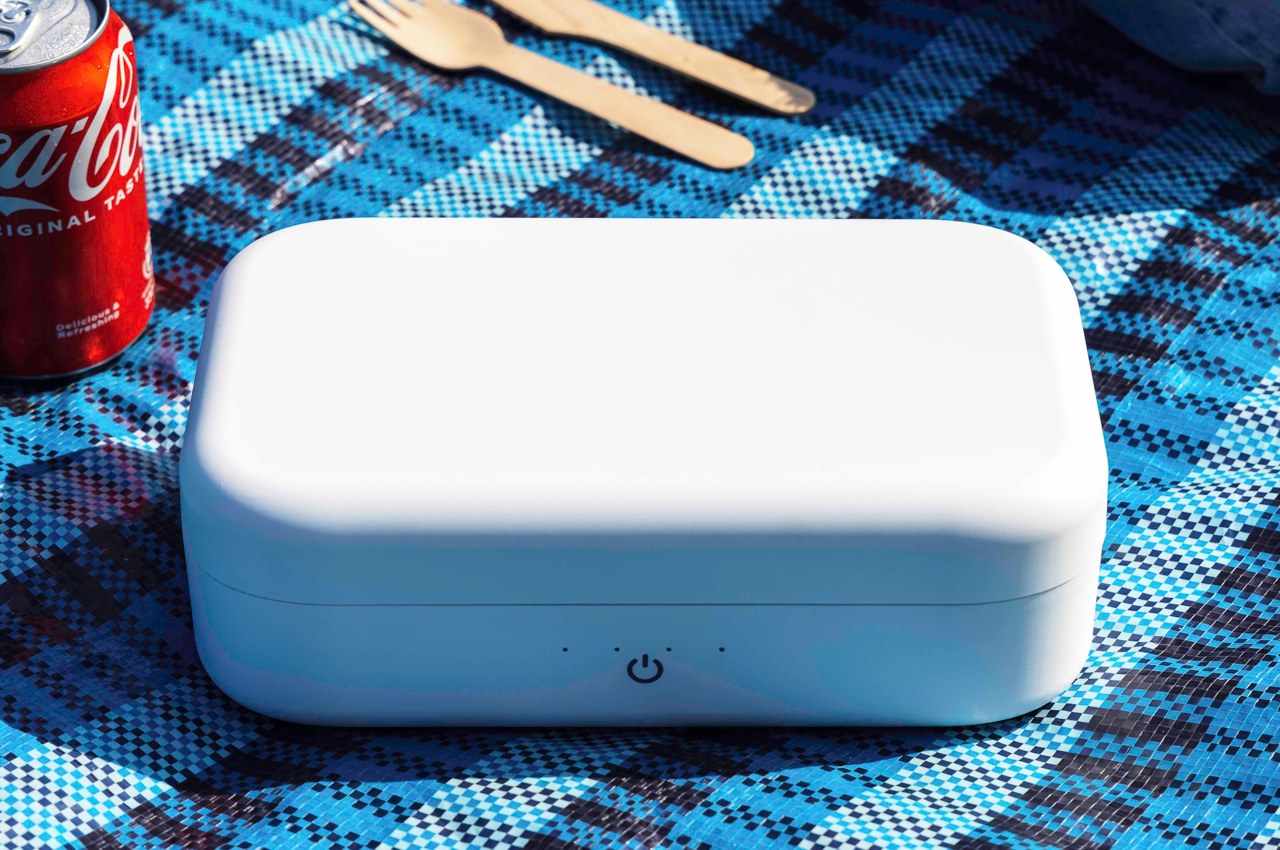
If Steve Jobs were less of a tech enthusiast and more of a culinary specialist, maybe we’d be staring at a state-of-the-art culinary heating device instead of the M2 MacBook Air. Although that reality didn’t quite pan out, we still have the MEALZTIME, an incredibly slim, self-heating bento box that’s leak-proof, easy to clean, and works on a single-button interface.
Why is it noteworthy?
MEALZTIME hopes to make the office microwave obsolete. Given the sheer number of people who use the microwave on a daily basis (and that occasional dimwit who heats up their tuna casserole in it, ruining it for everyone), MEALZTIME was designed as a personalized alternative that heats your food up to the right temperature for you, without you having to wait in line. All you do is press the power button on your bento box and MEALZTIME gets to work, automatically shutting down after your food’s been heated. It does so without needing to be plugged in too, so you could potentially grab a hot meal on the subway, in your car, in the outdoors, or even at work during a power cut.
What we like
- Great replacement for the microwave
- MEALZTIME lets you heat up to 4 meals on a single charge, so you really have to juice it up just about once or twice a week
What we dislike
8. Lur
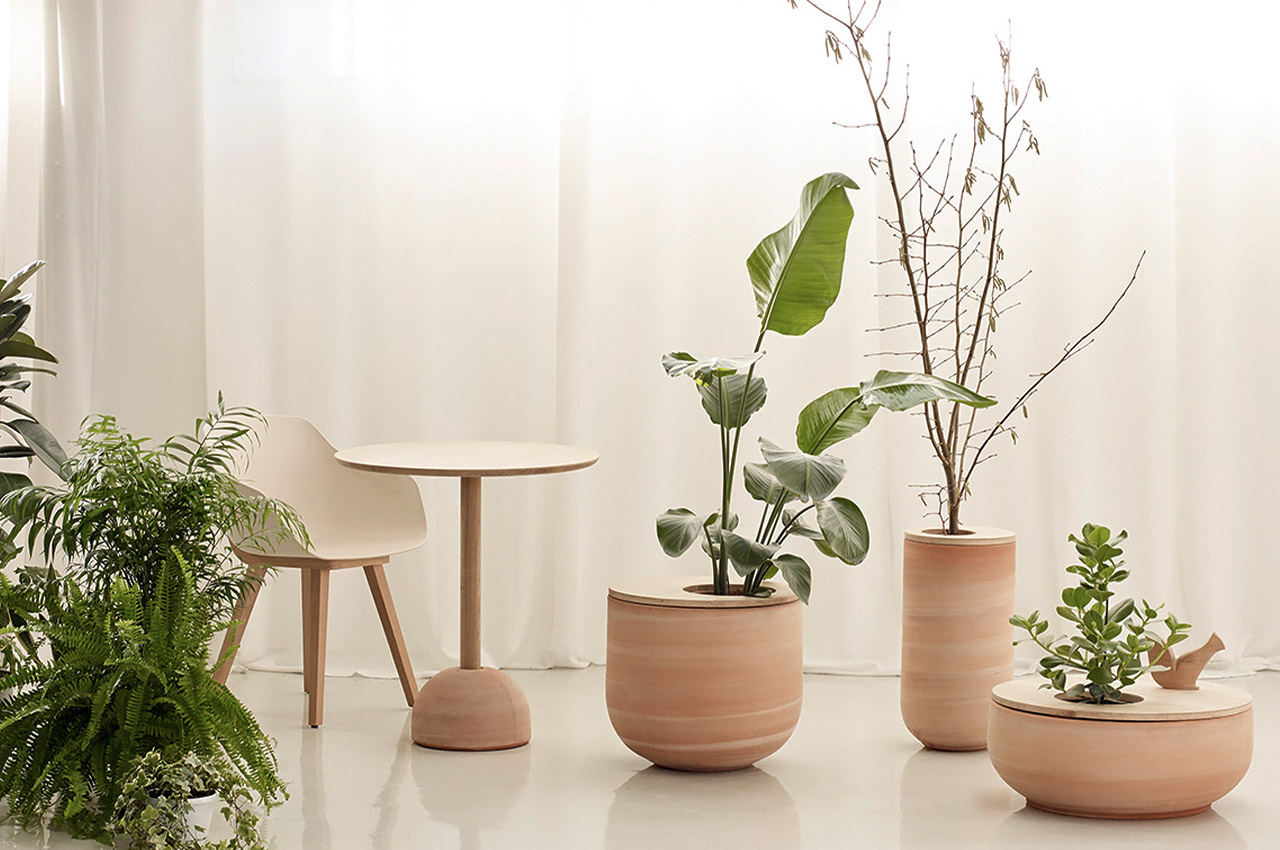
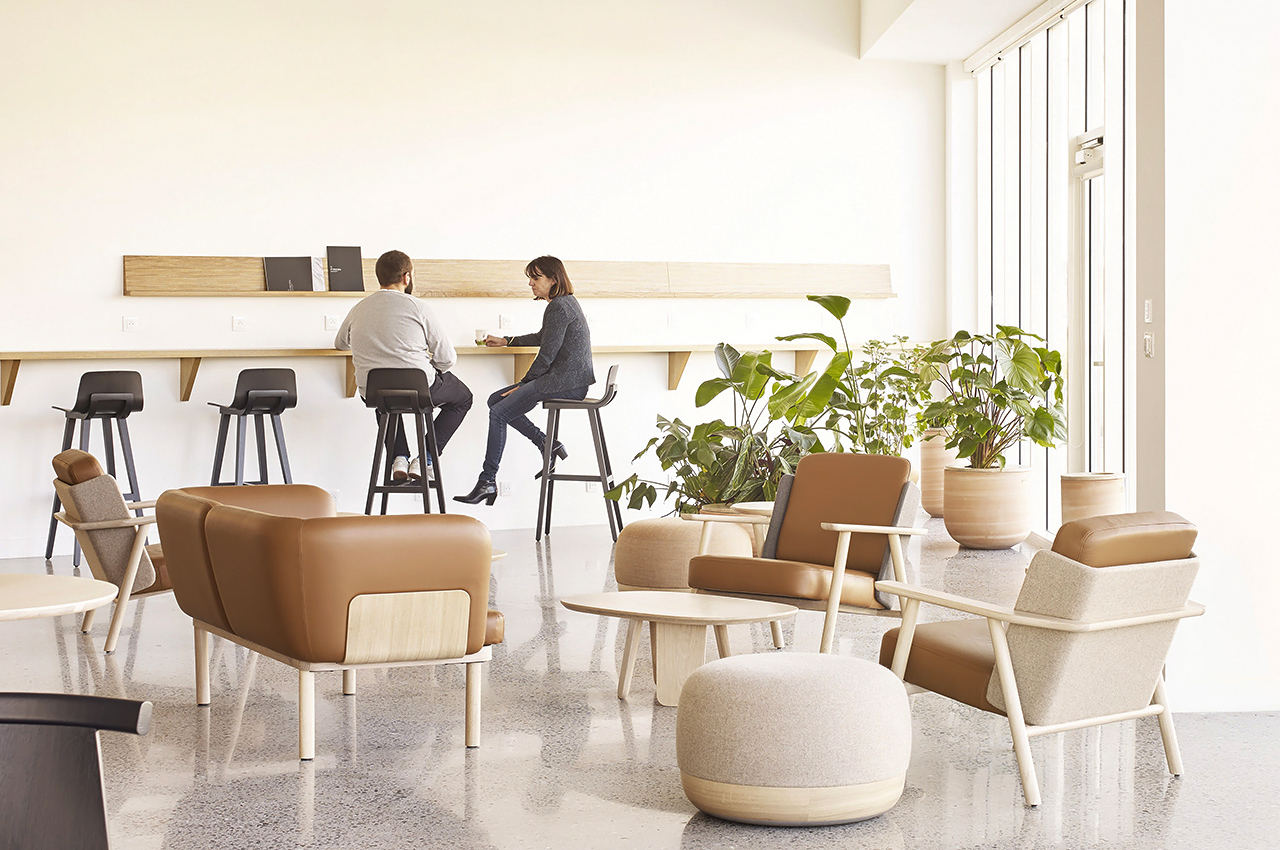
Lur is a furniture collection that includes pot planters which also double up as seating in the most organic manner. It was designed for Alki, a brand that is always seeking to collaborate with local businesses which makes it even more special because it unites distinct know-how and materials.
Why is it noteworthy?
To create the Lur collection, designer Iratzoki Lizaso went to Goicoechea Pottery and work with the local team. The pottery workshop is based in Ortzaize in Lower Navarre, just a few kilometers from Alki. The Goicoechea family has been working with terracotta for three generations. The materials used, the solid oak, and the clay from the Goicoechea family quarry are here entirely natural.
What we like
- All the products have smooth curves and organic shapes featuring a warm aesthetic thanks to the choice of materials and CMF details
- The collection is centered around the idea of plant pots that can work double duty as shelves and coffee tables
What we dislike
9. The Quick-Access Organizer
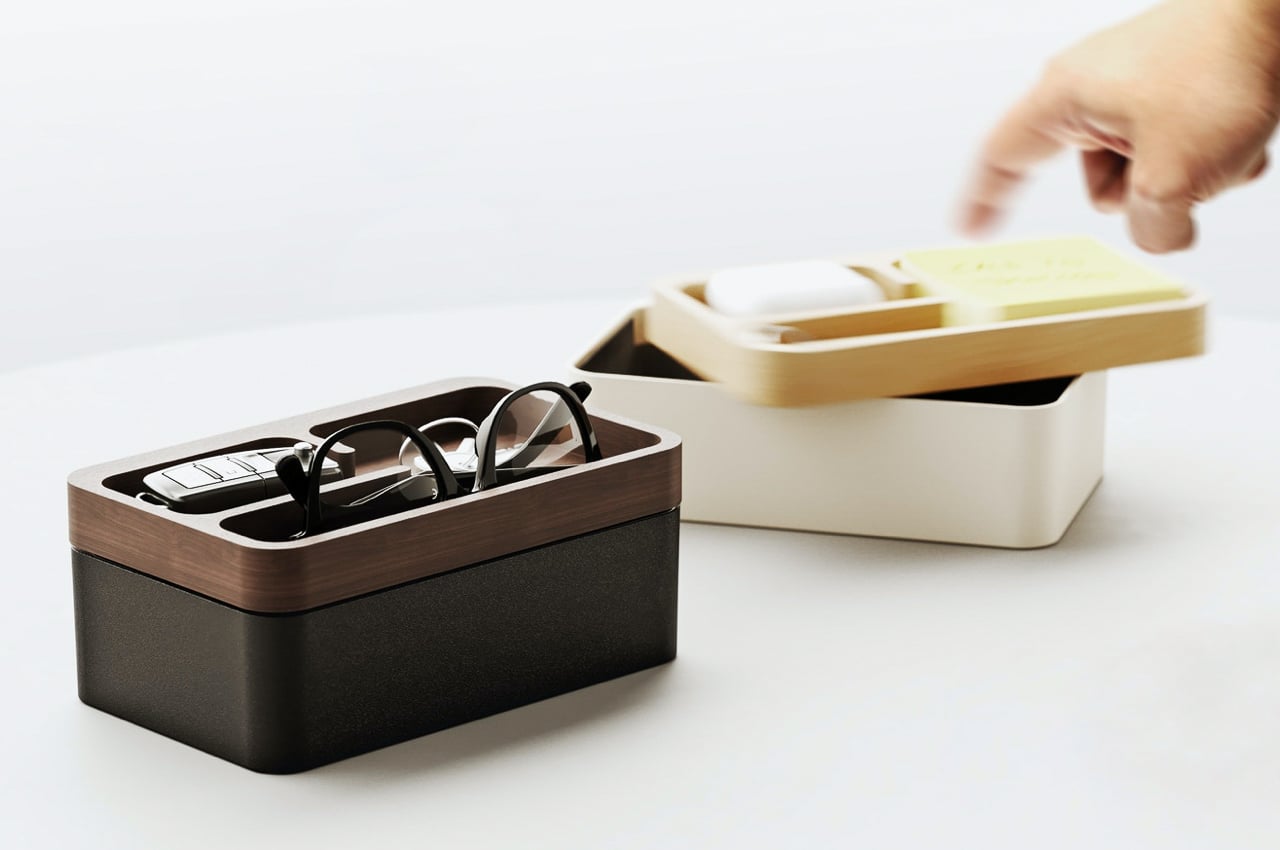
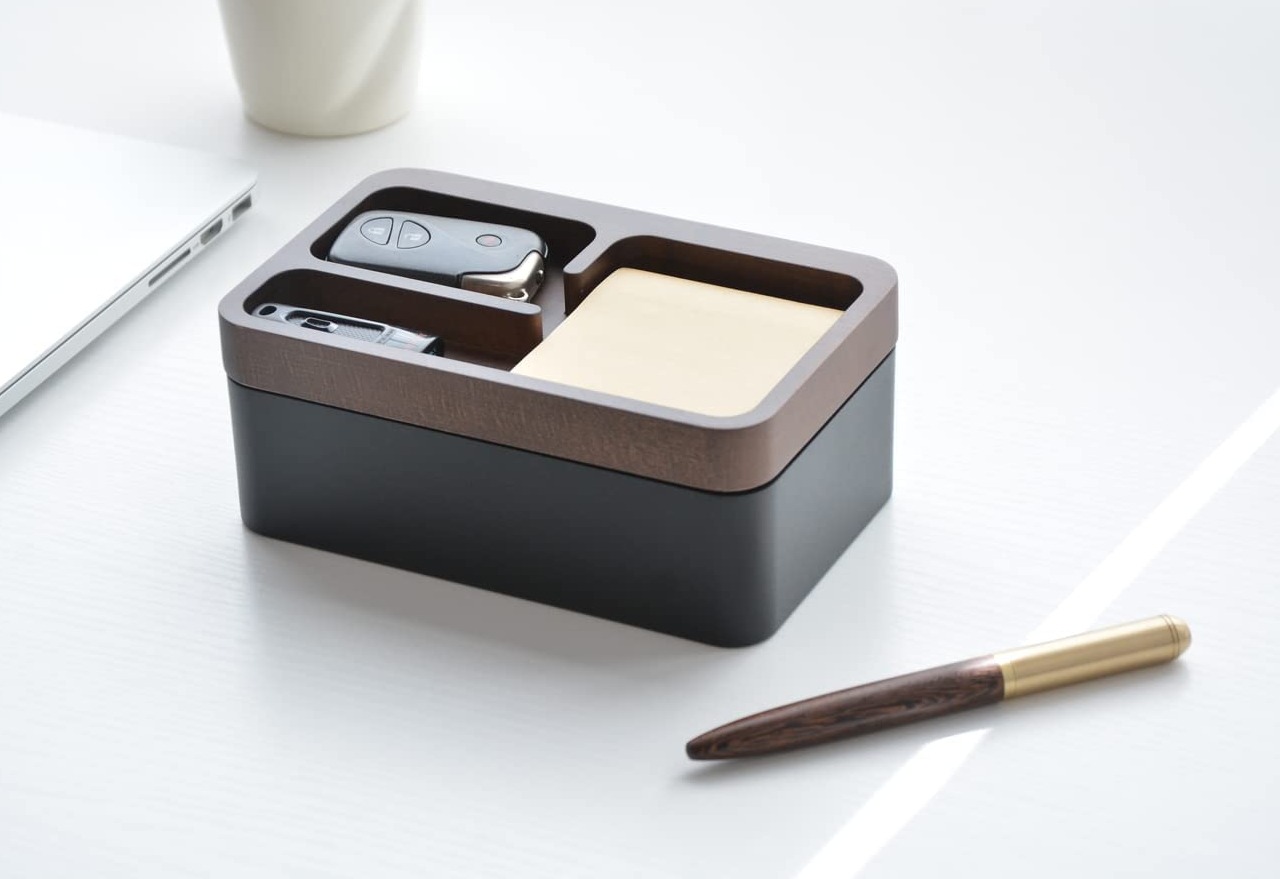
More often than not, the reason why we lose keys, glasses, or even wallets, is because we misplace them by just placing them anywhere when we take them out of our pockets. We develop that bad habit because it sometimes takes too much work to actually drop them in proper storage, like a desk or shelf organizer, partly because the storage box itself doesn’t make it easy to use it. Having to think which item goes where can be a mental burden when it has to be done multiple times a day, and the seconds you lose opening and closing most boxes add up over time.
Why is it noteworthy?
The Quick-Access Organizer tries to smooth out by making the act of organizing your everyday carry tools as effortless as possible. The lid has sections that can fit only some kinds of objects. This makes it easier to know what to put there, so you won’t have to waste precious time making that decision every time. Pretty soon, it will be second nature to put your glasses, AirPods case, or keys in those sections, so they won’t have to end up lost in uncharted territory ever again.
What we like
- The box’s real special talent is how that lid quickly and effortlessly swivels out of the way, revealing the spacious cavern inside
- This storage box is a minimalist beauty of contrasting and complementing elements
What we dislike
10. The Bamboo Food Steamer
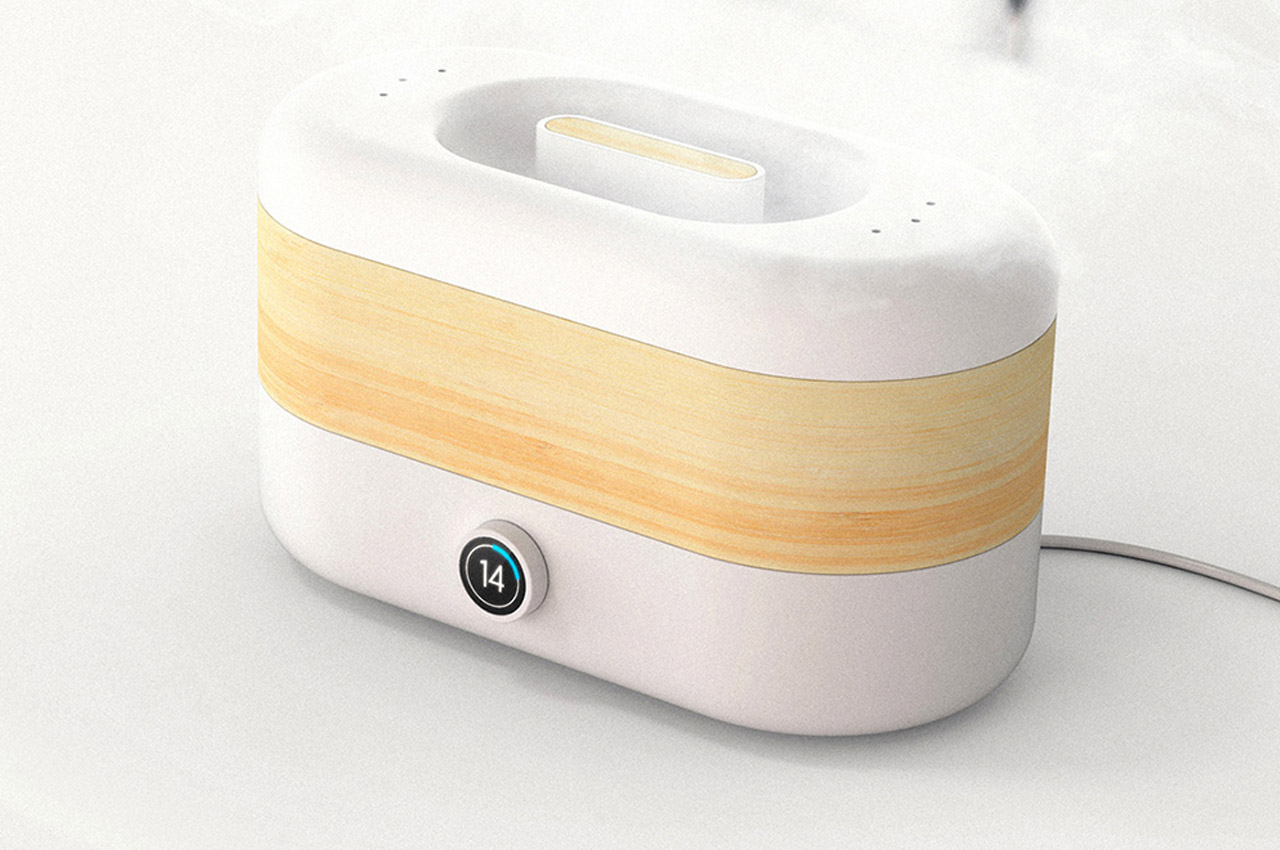
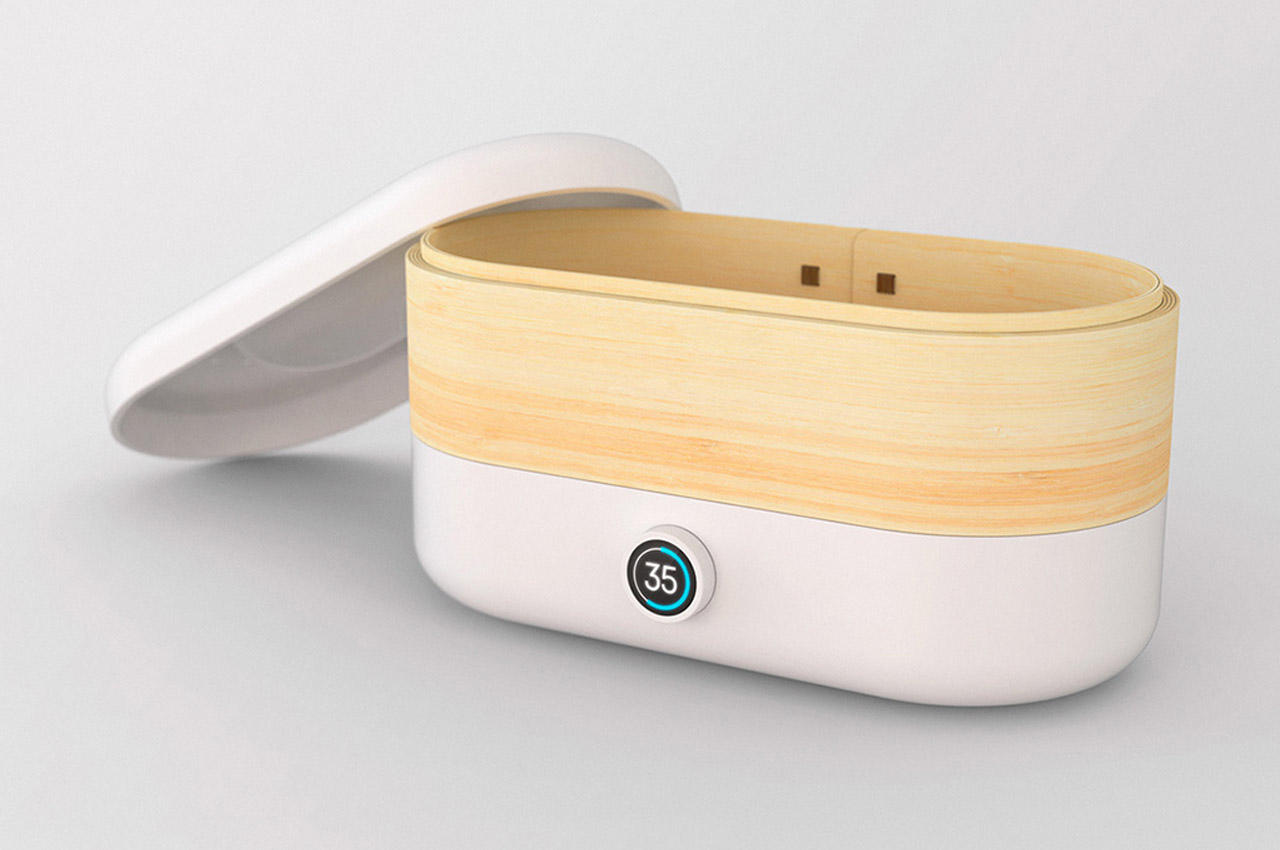
Compared to traditional bamboo steamers, this product is cleaner, more portable, and easily accessible for consumers who are less familiar with Chinese culture and cooking techniques. The steamer seems very-user friendly, as it only has one control: a circular LED timer. Simply plug in the device, and set your timer- no extra on/off switch is needed. These small touches make the Bamboo Food Steamer the easiest purchase you could make in order to support healthy and environmentally-sustainable choices.
Why is it noteworthy?
But what is the advantage of using the Bamboo Food Steamer? First off, bamboo steamers have been a staple in Chinese cuisine for over 5,000 years. They consist of stackable layers with slatted bottoms, making it possible to cook multiple items simultaneously. The bamboo also absorbs excess steam, which keeps vegetables from becoming too soggy. As a bonus: the Bamboo Food Steamer promotes environmentally-friendly practices in addition to healthy eating because, unlike trees, bamboo stalks grow back after being cut and require minimal effort from their farmers.
What we like
- Encourages steaming of food – one of the healthiest methods of cooking
- Promotes eco-friendly practices as its made from bamboo
What we dislike
The post Japanese-inspired designs to add some zen + minimalism to your daily life first appeared on Yanko Design.
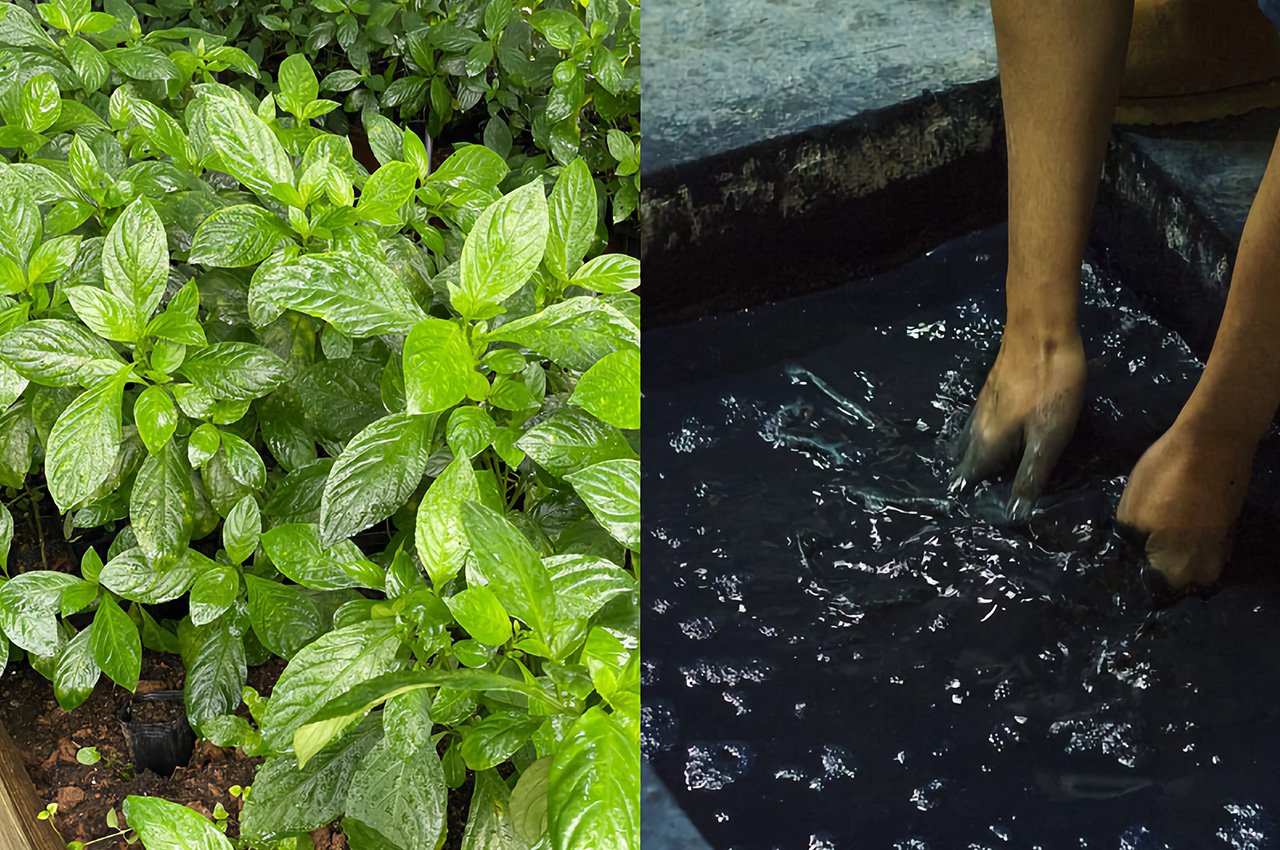
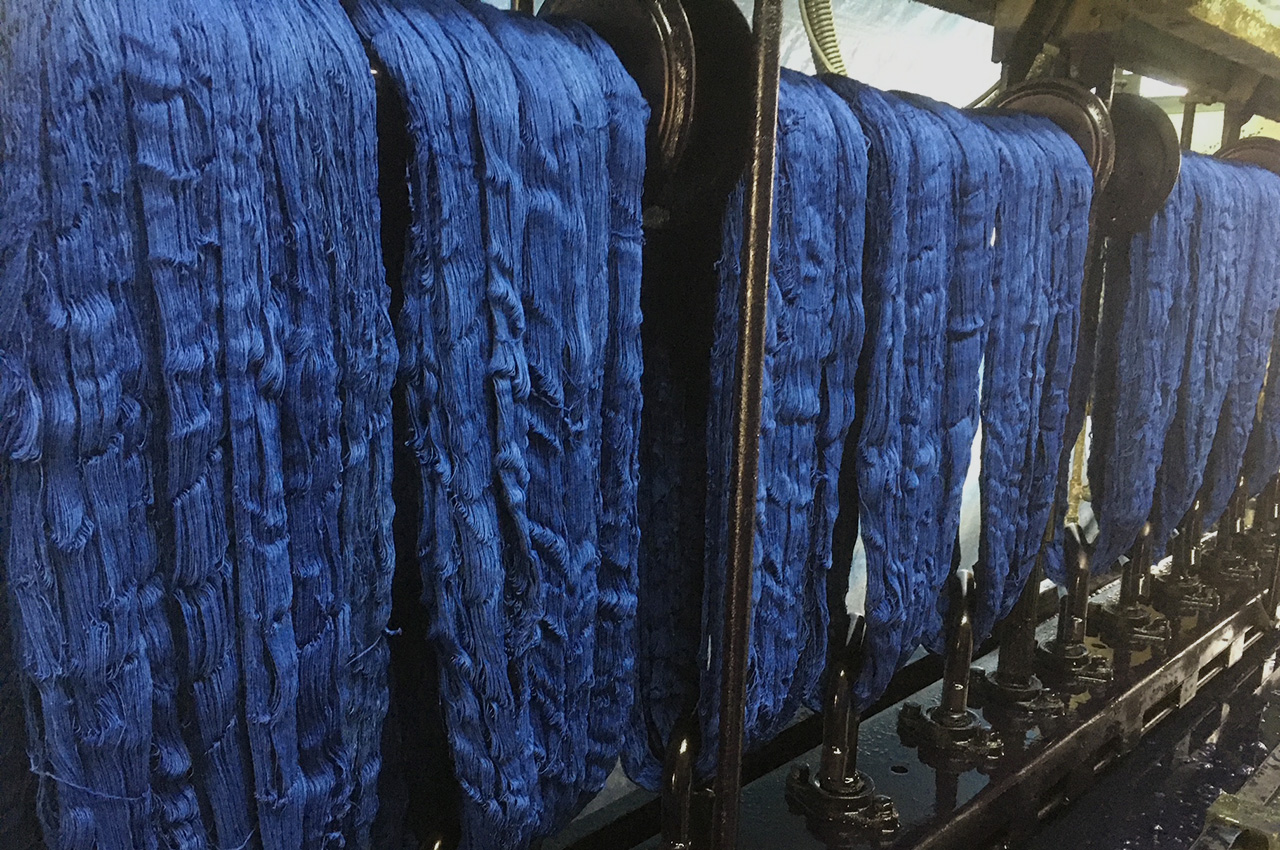
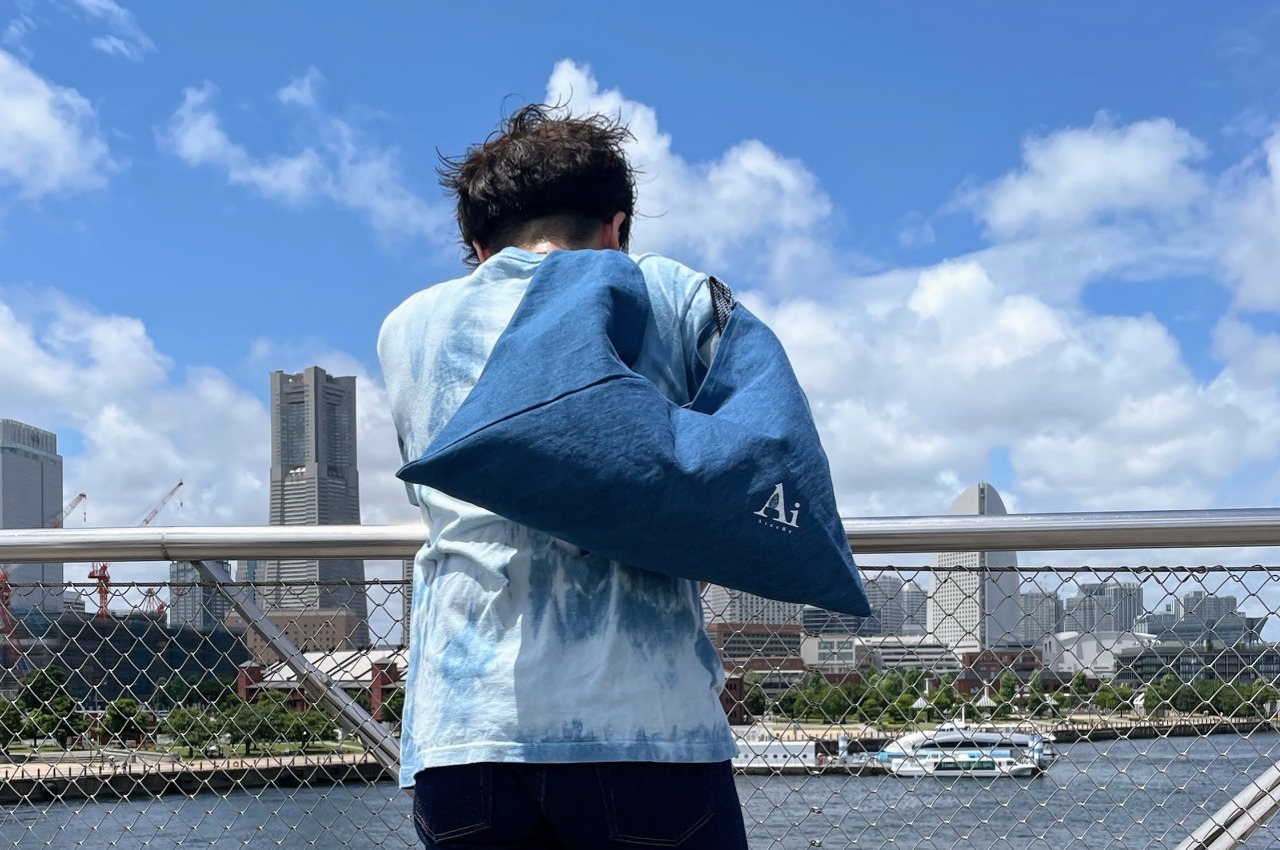
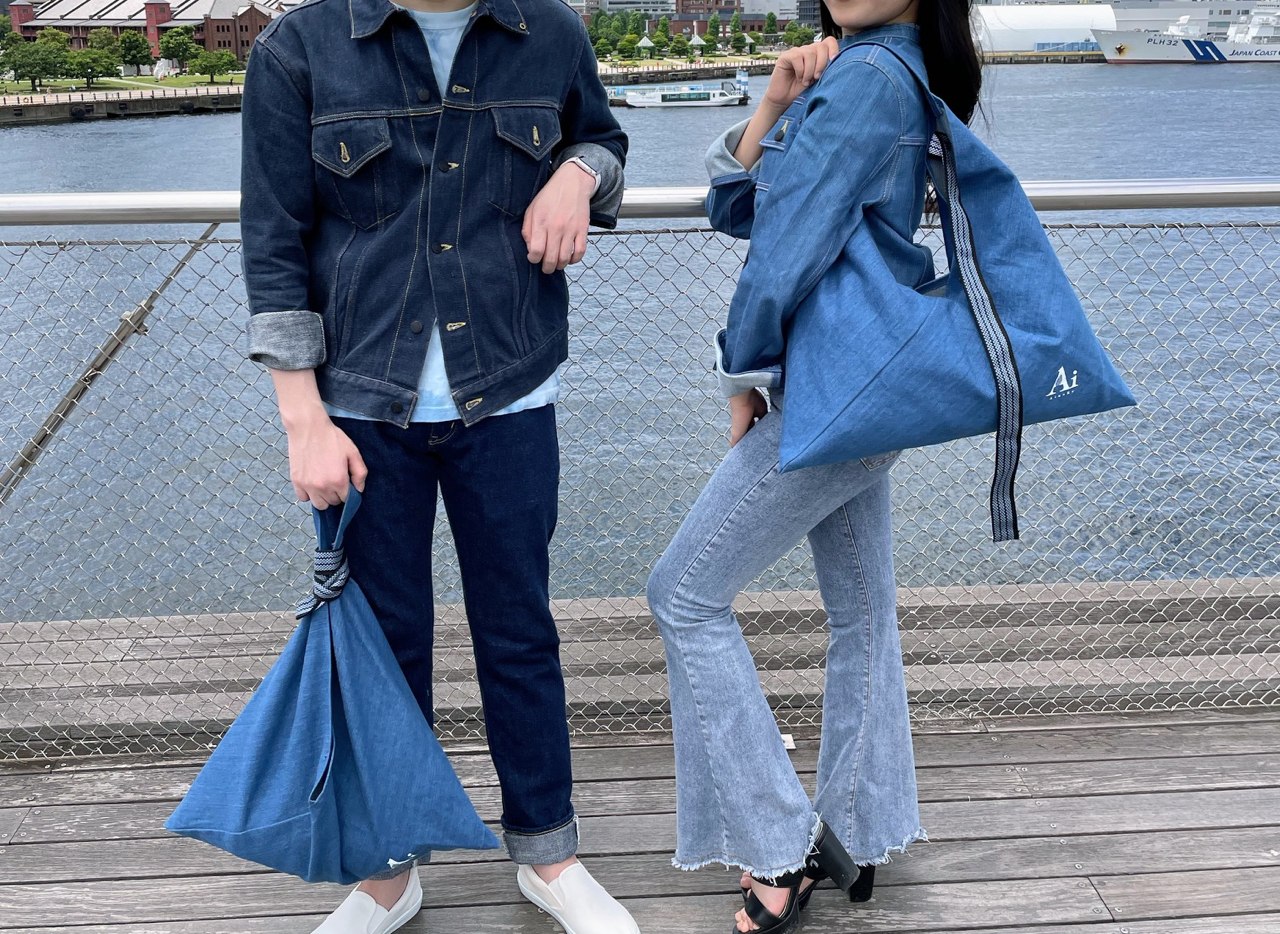
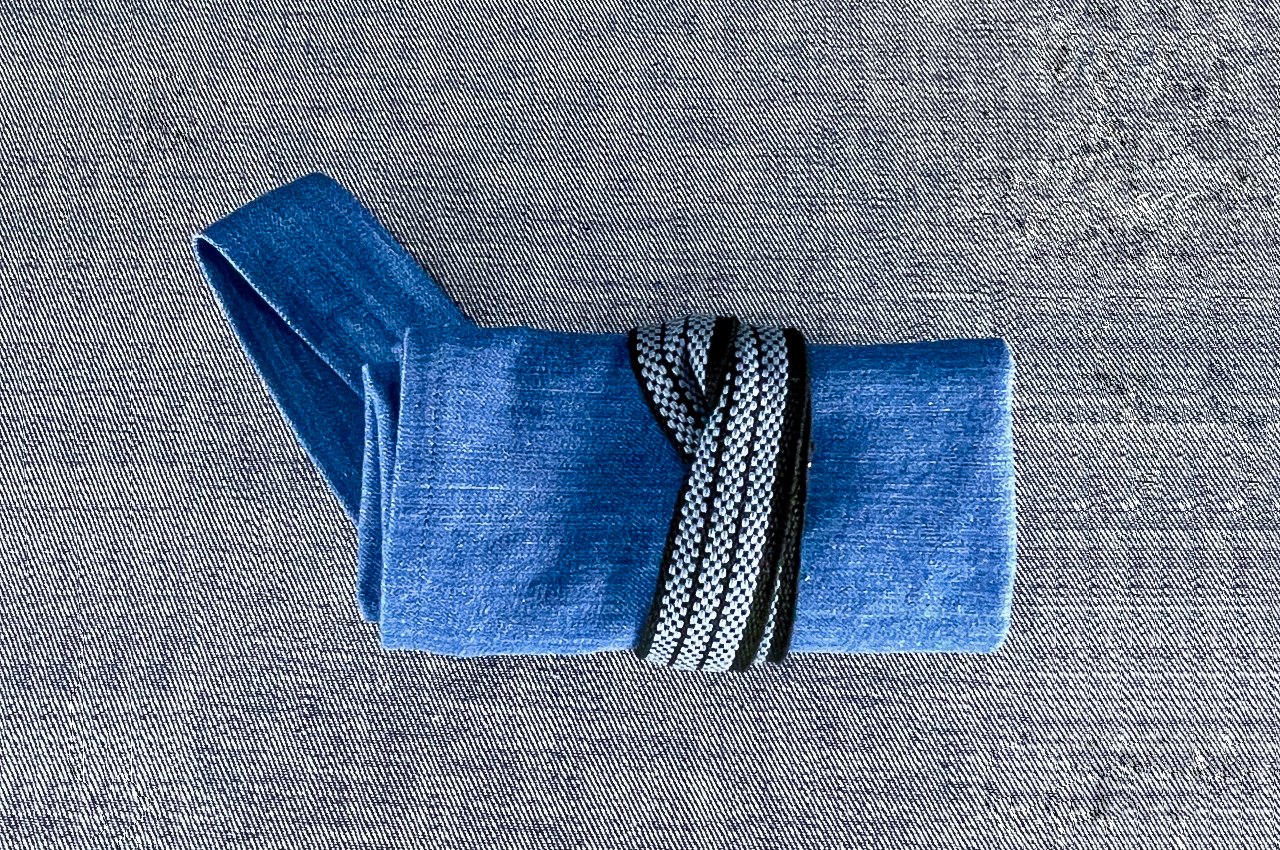
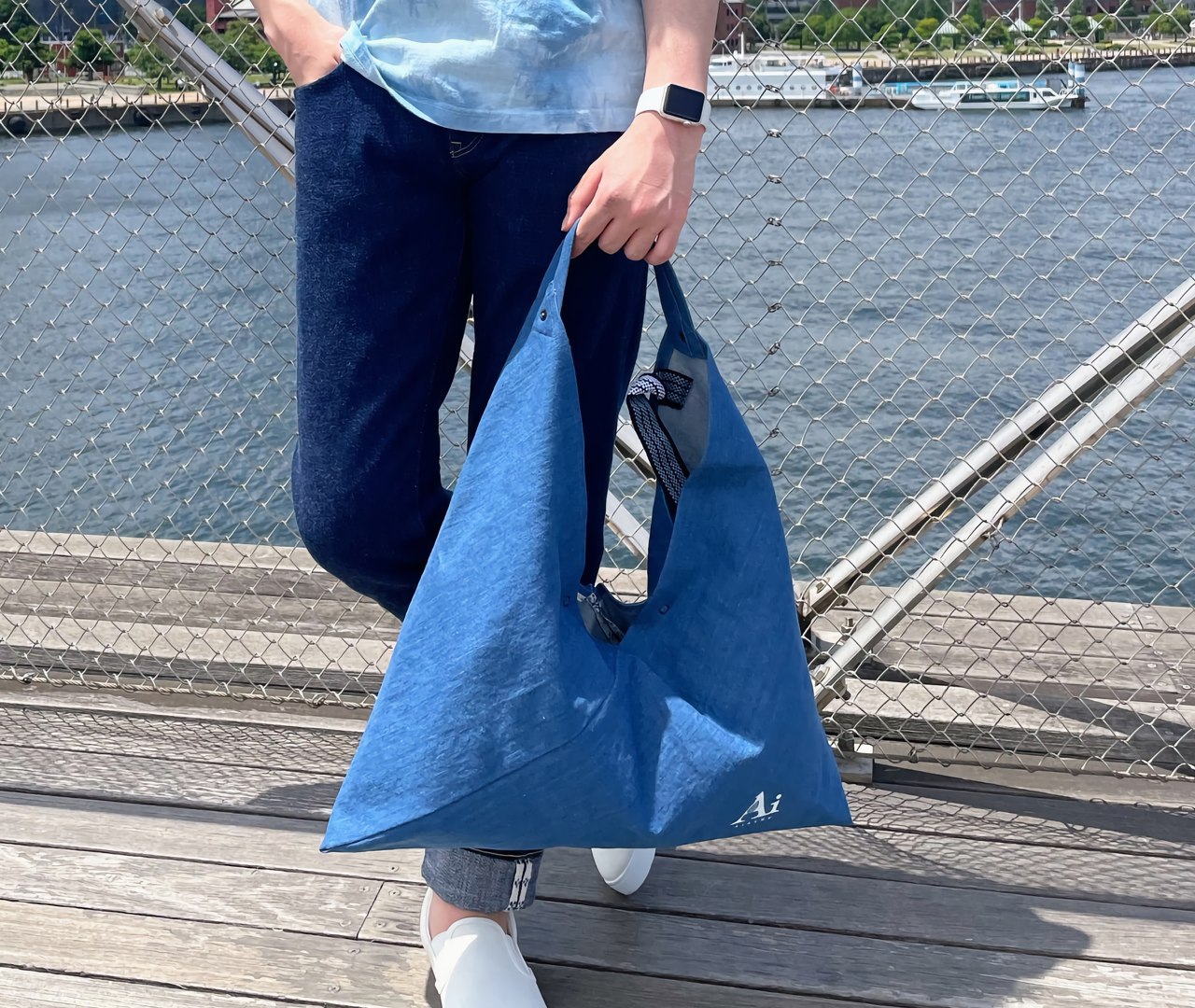
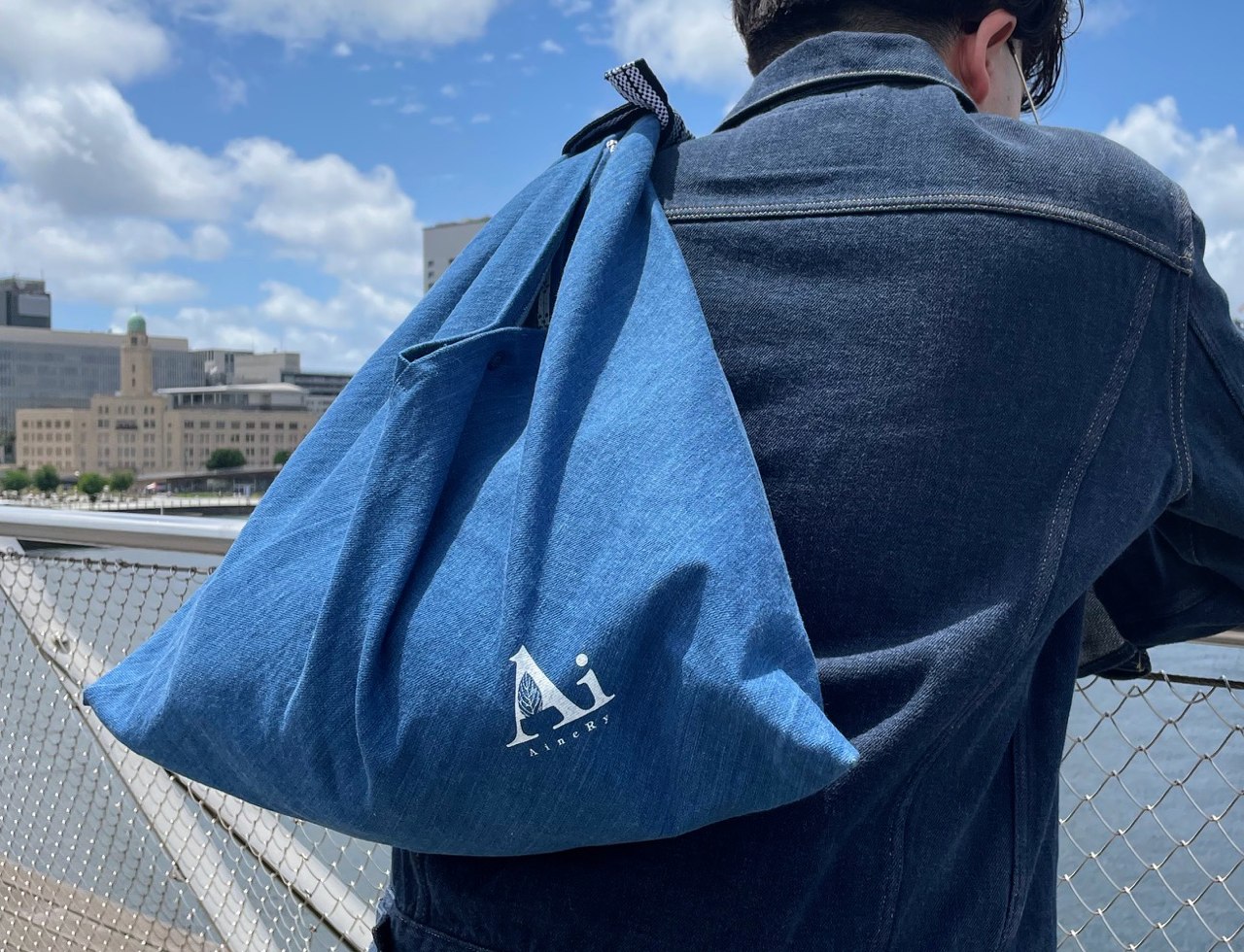
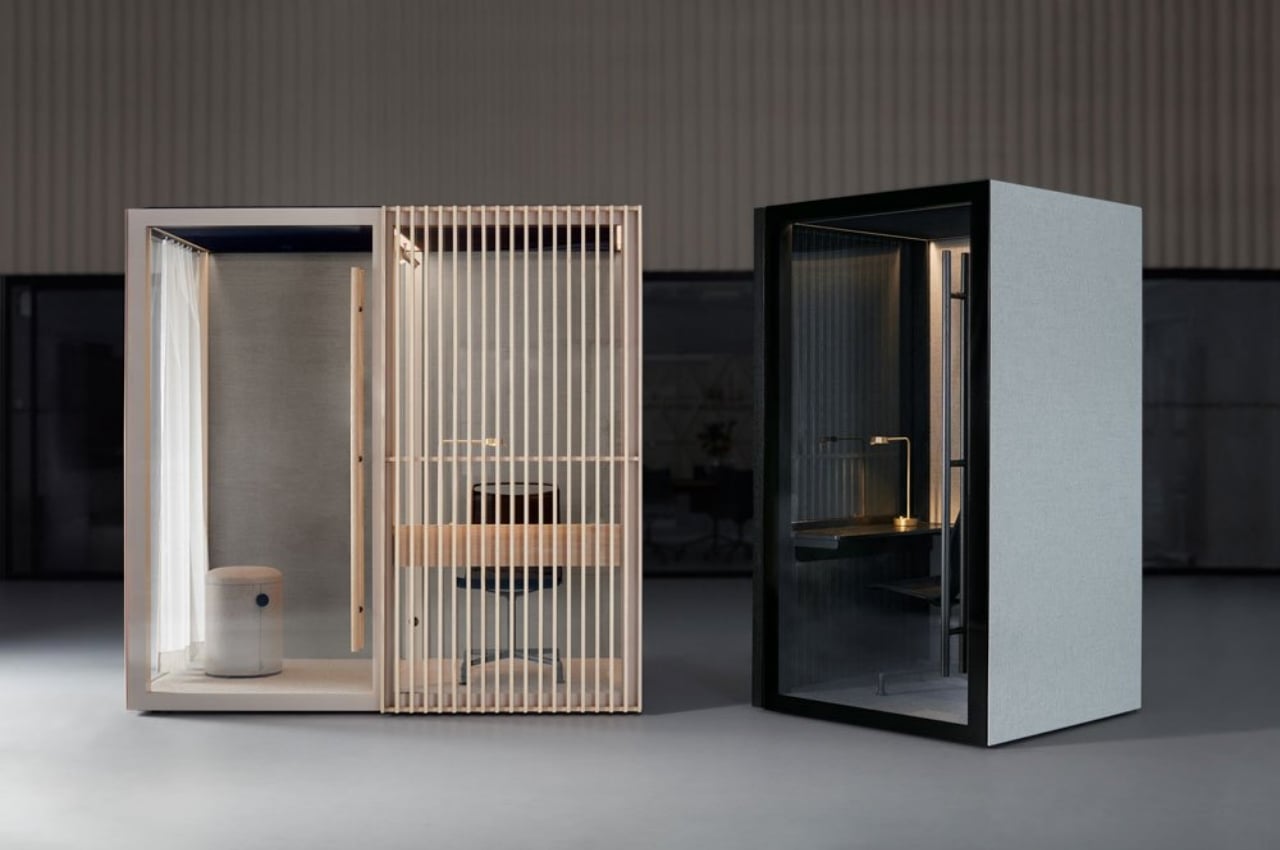
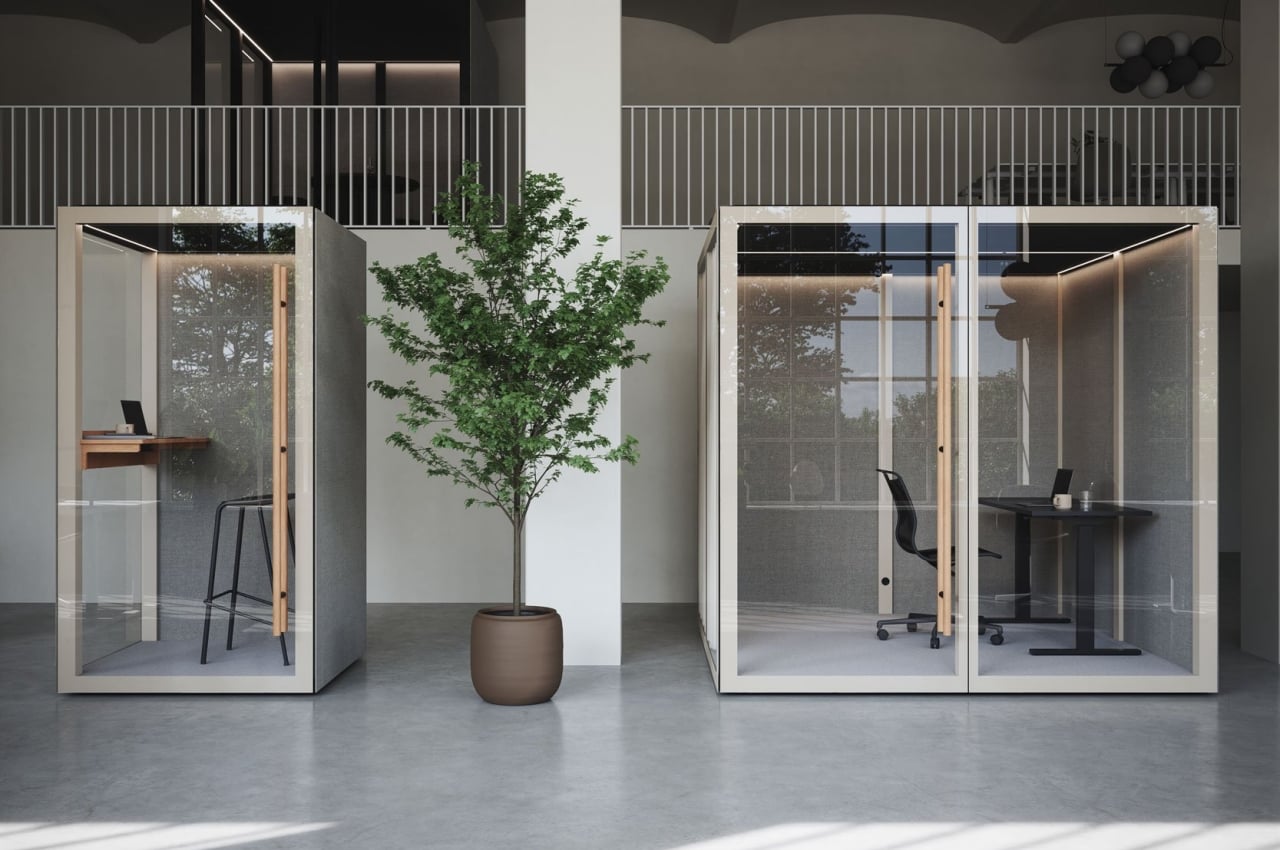
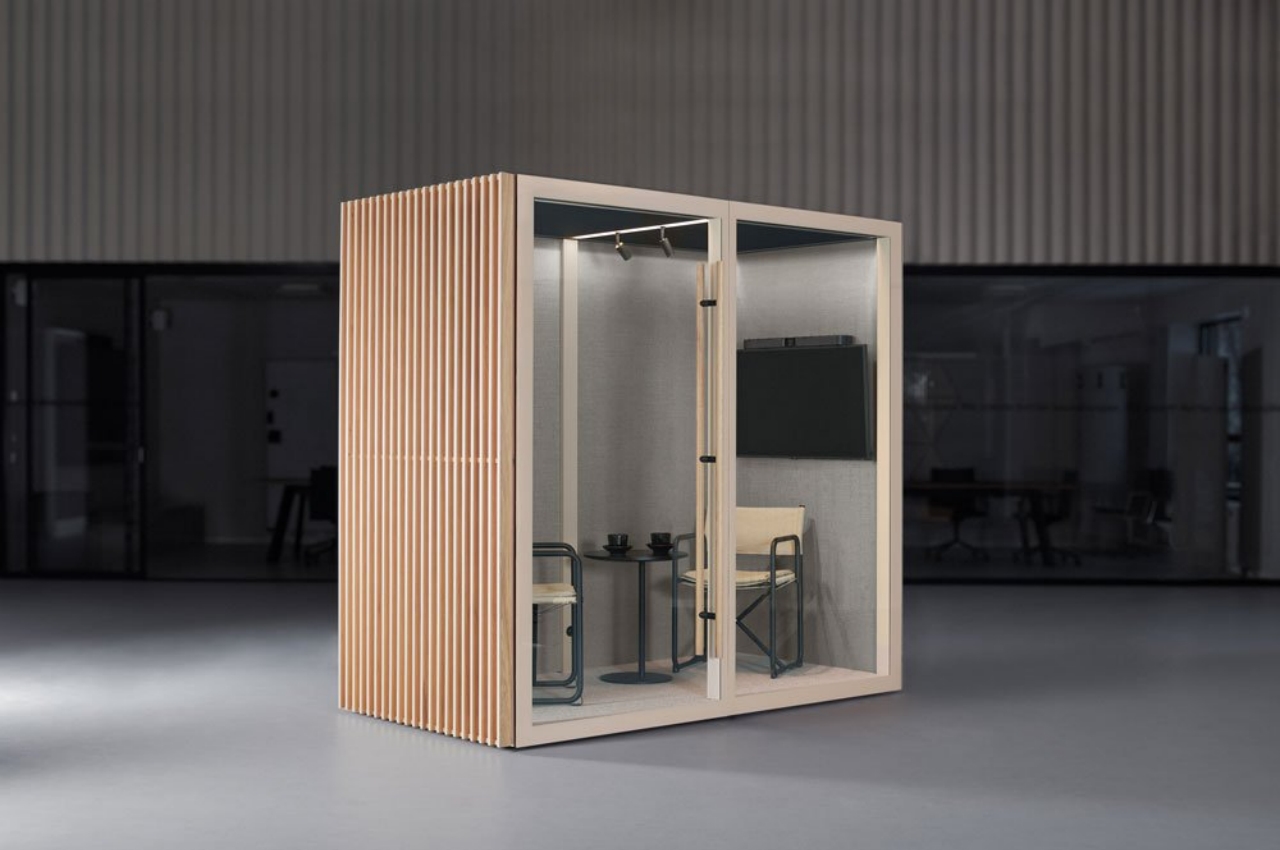
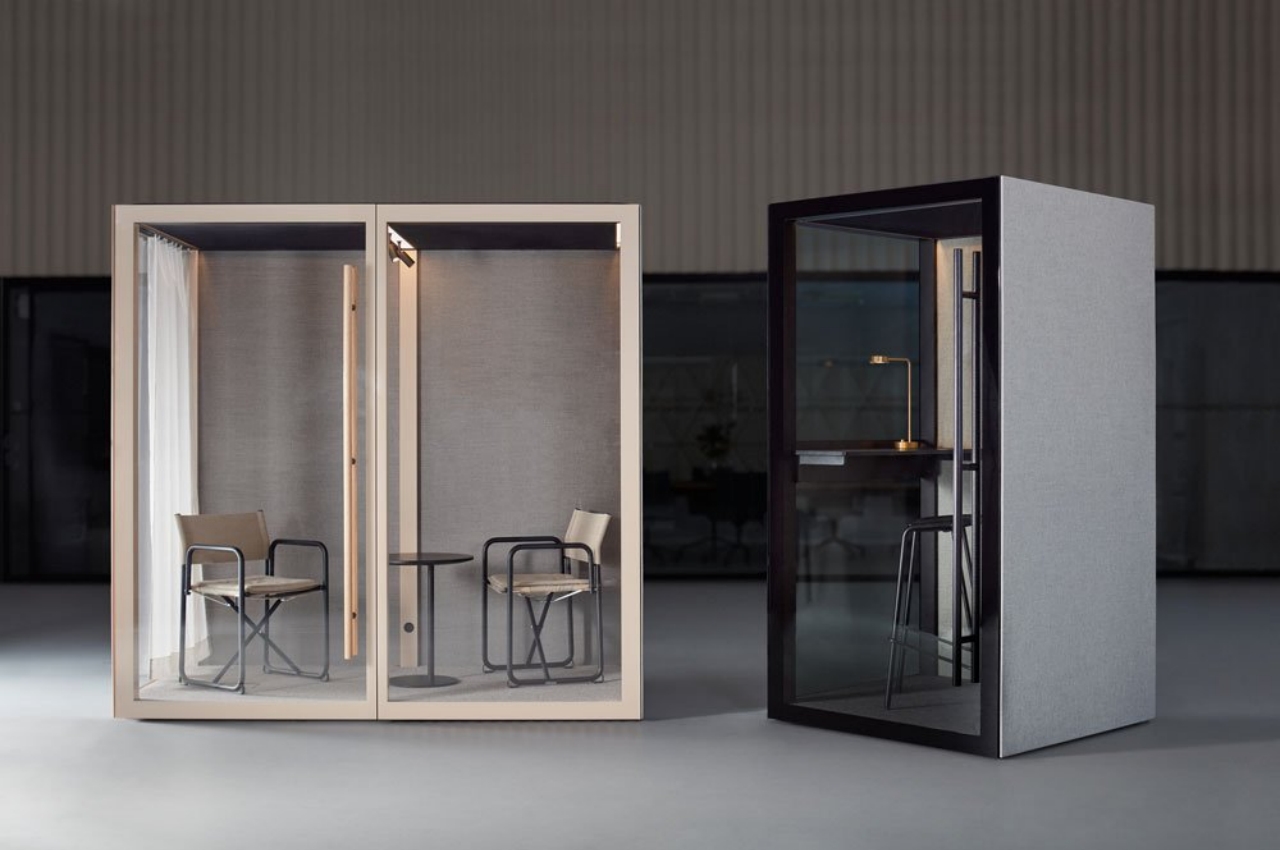
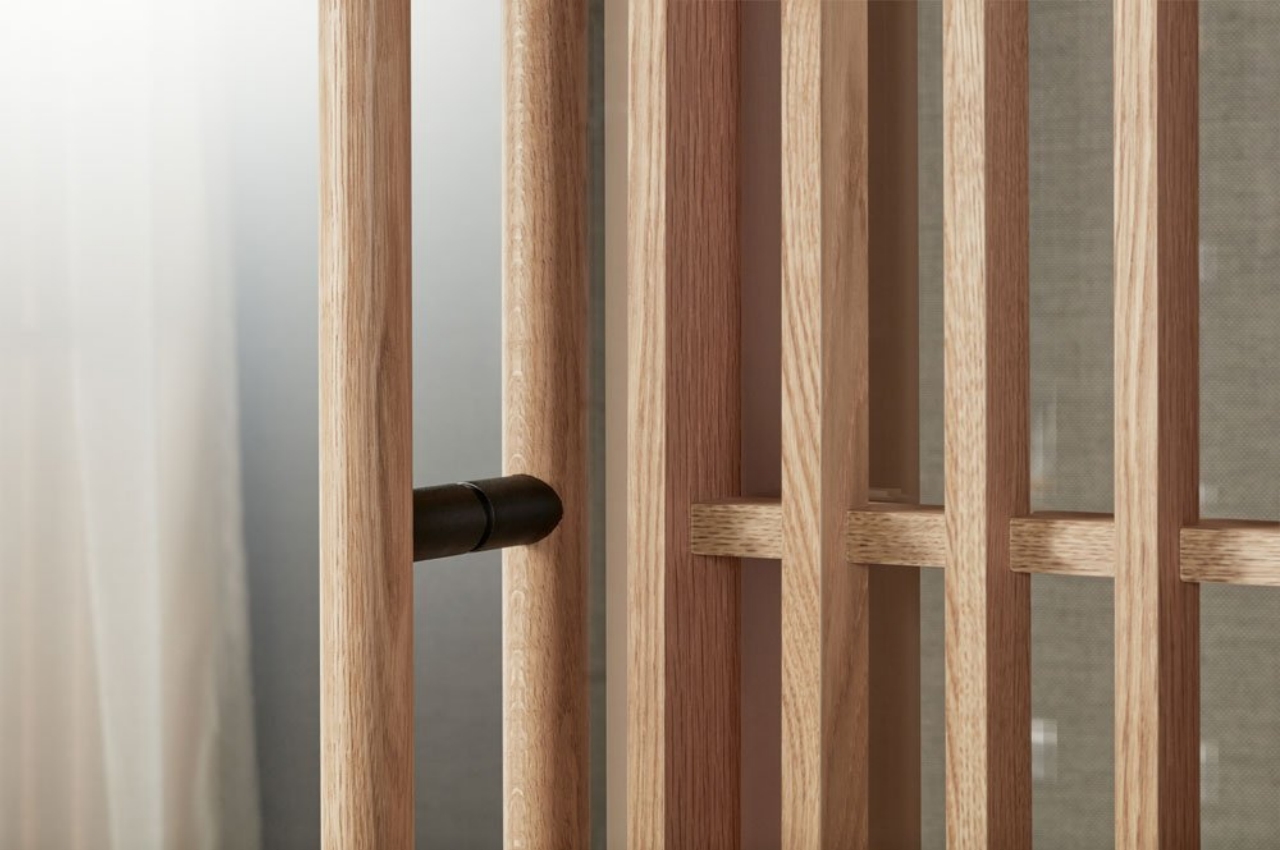

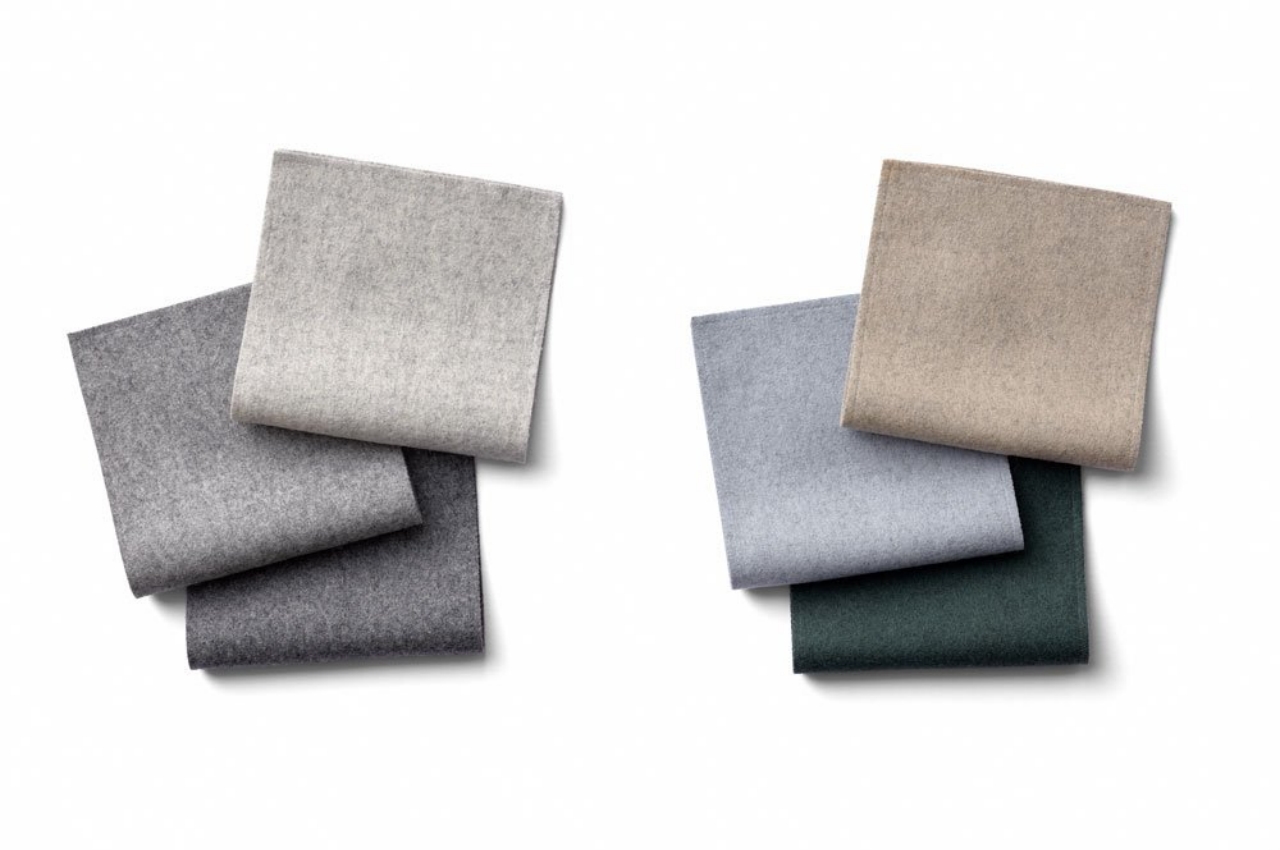
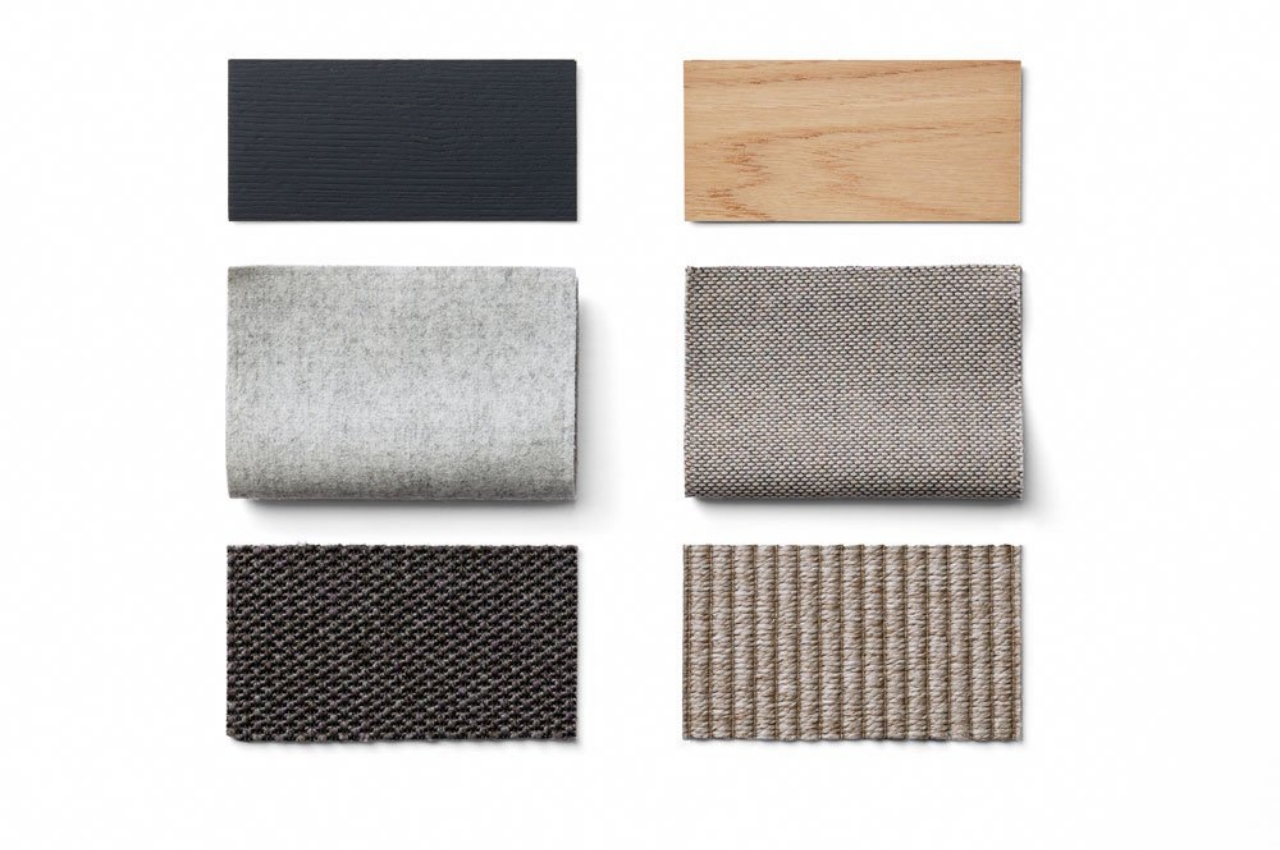
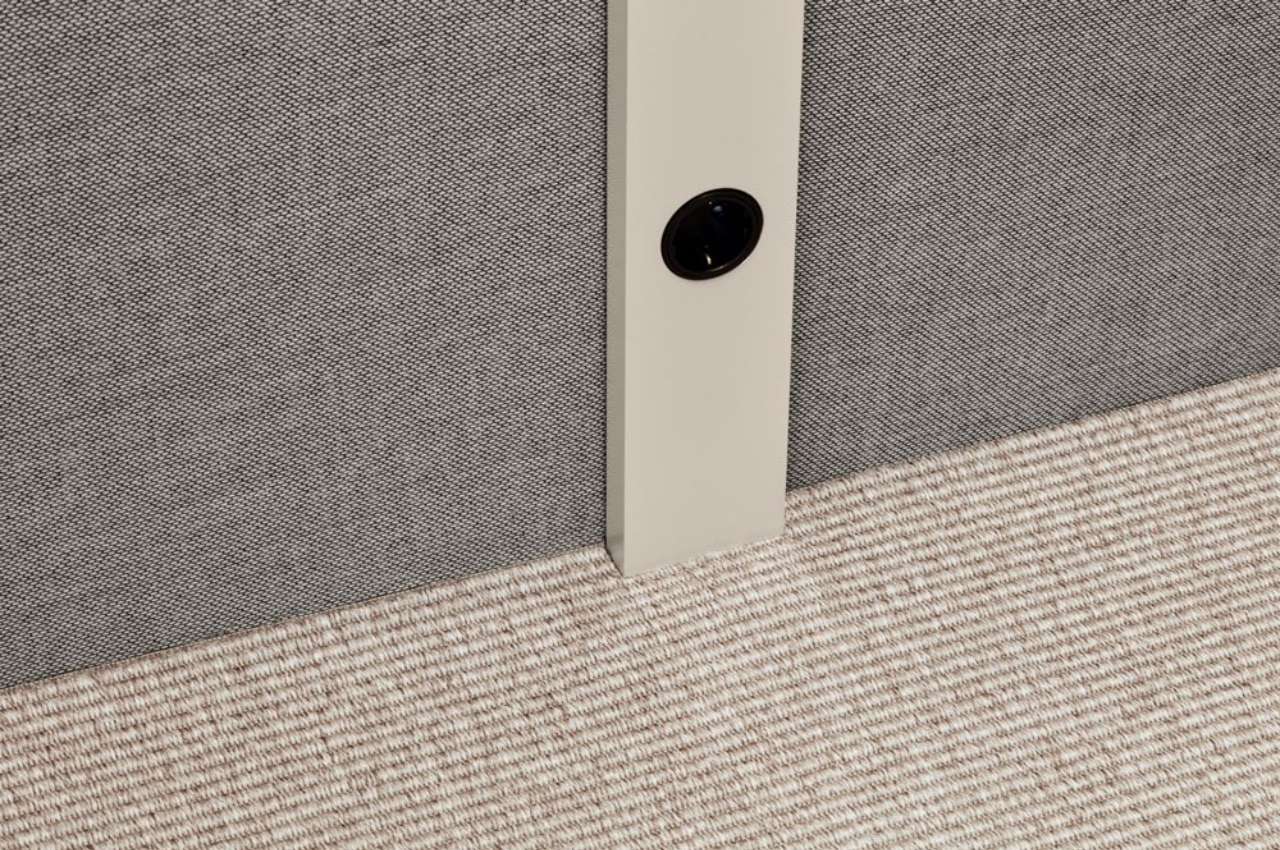
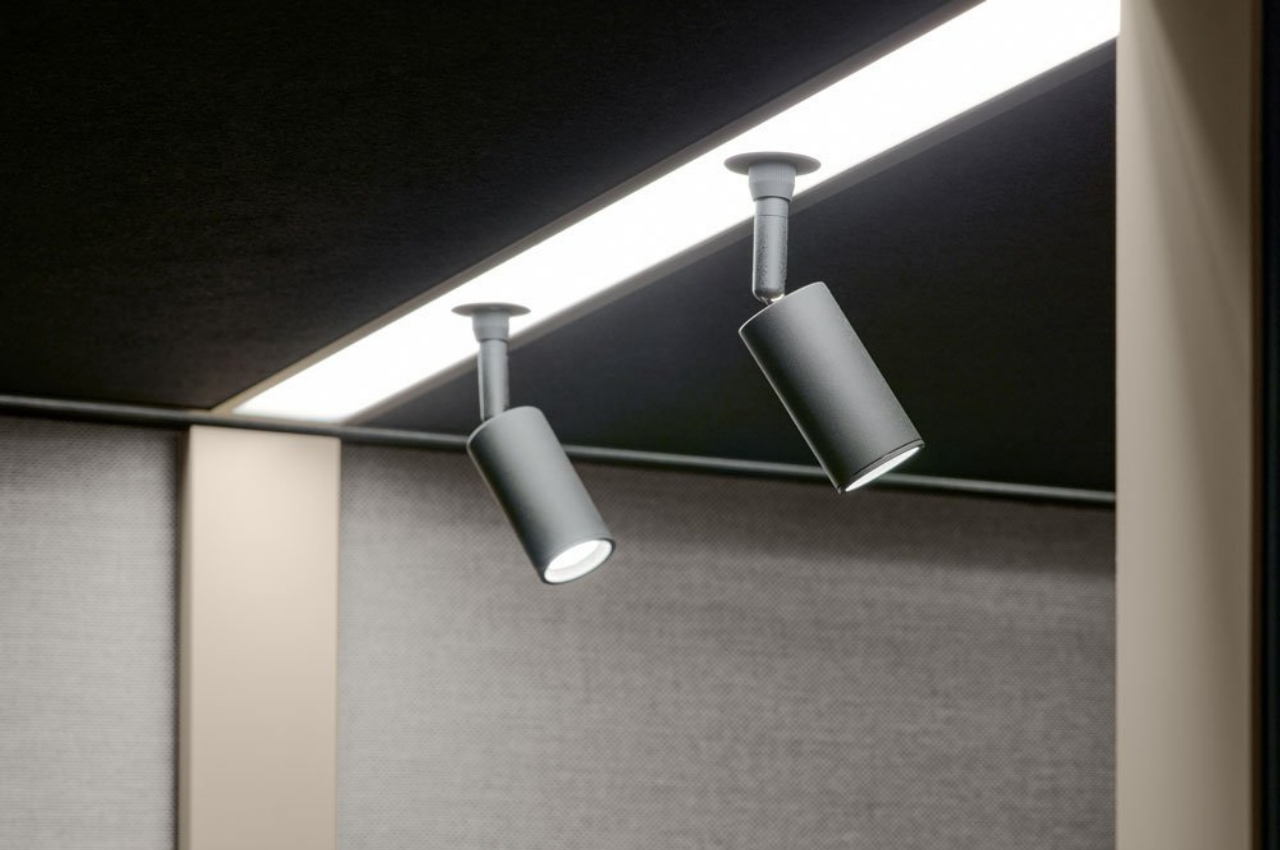
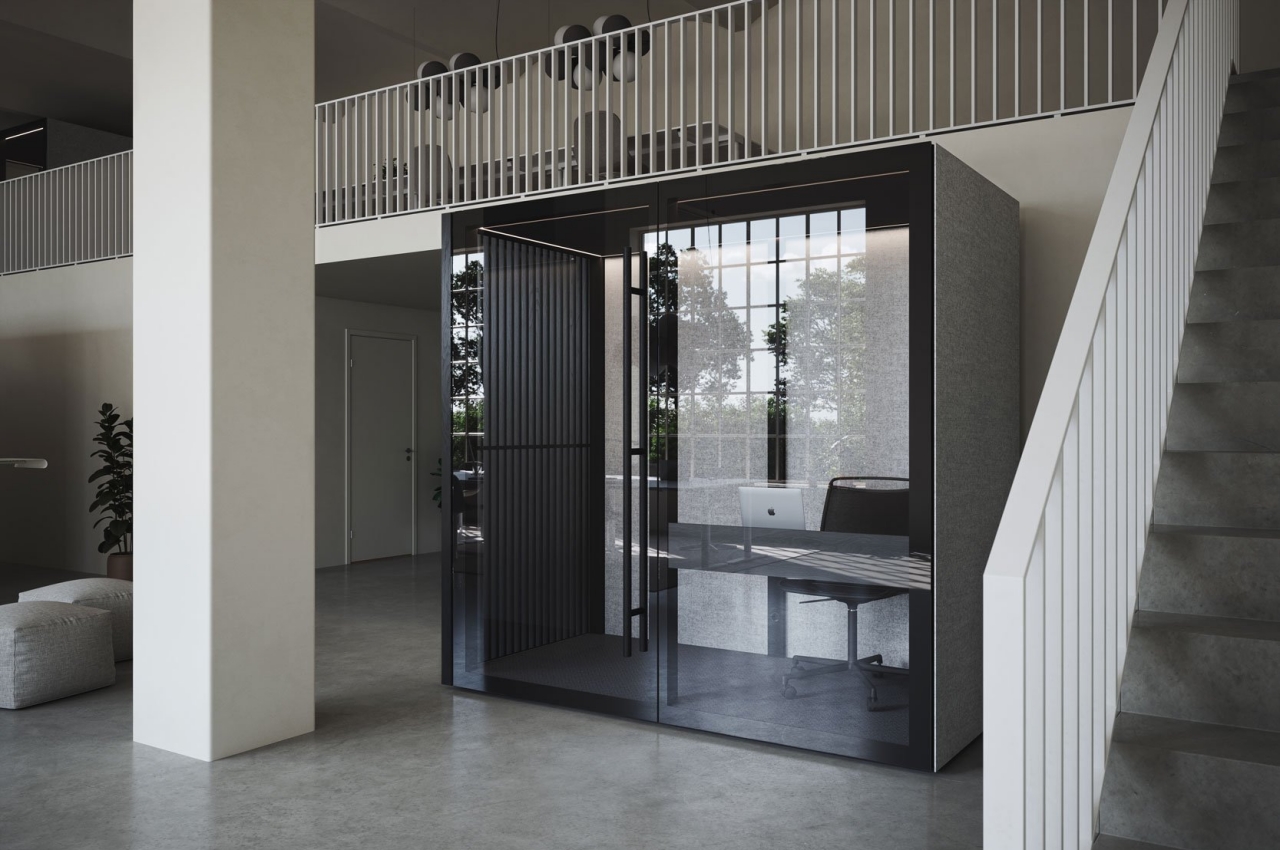
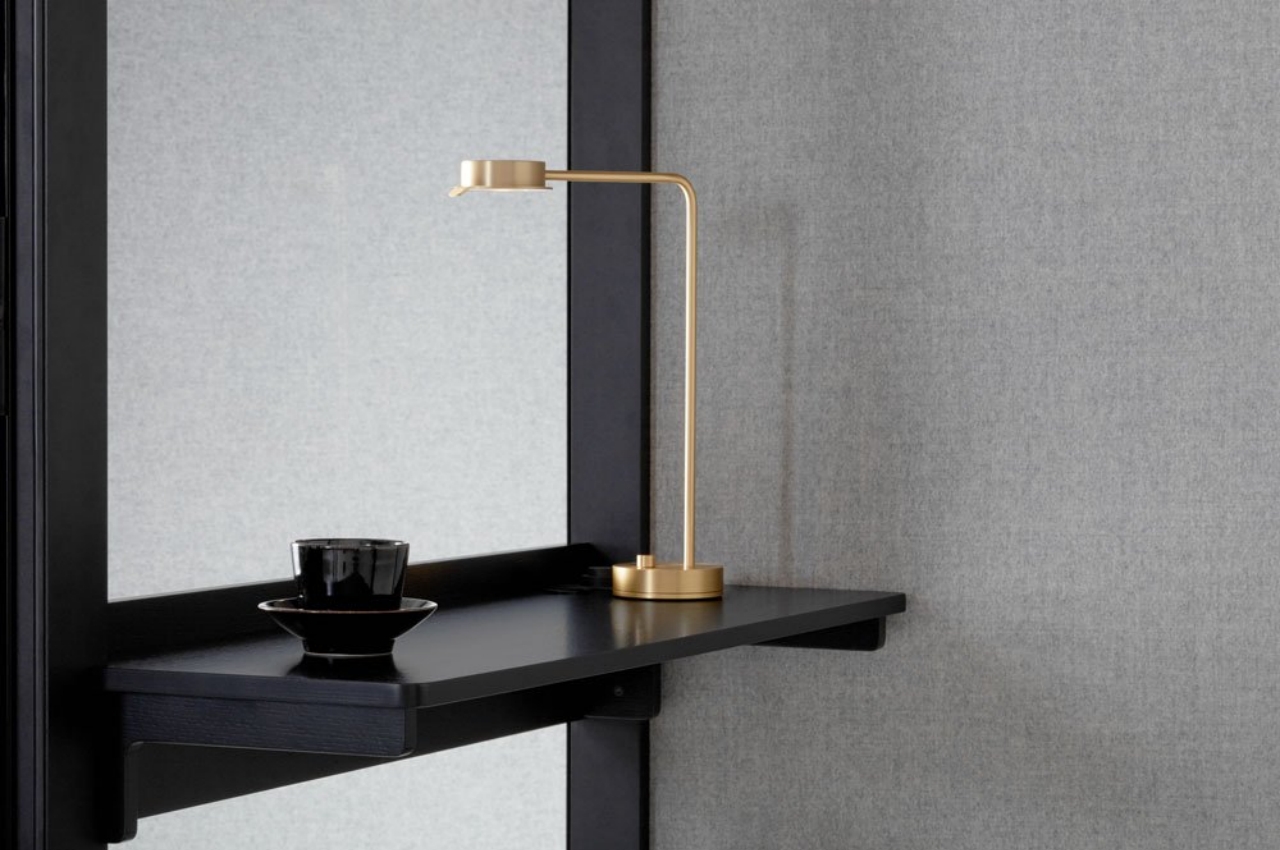
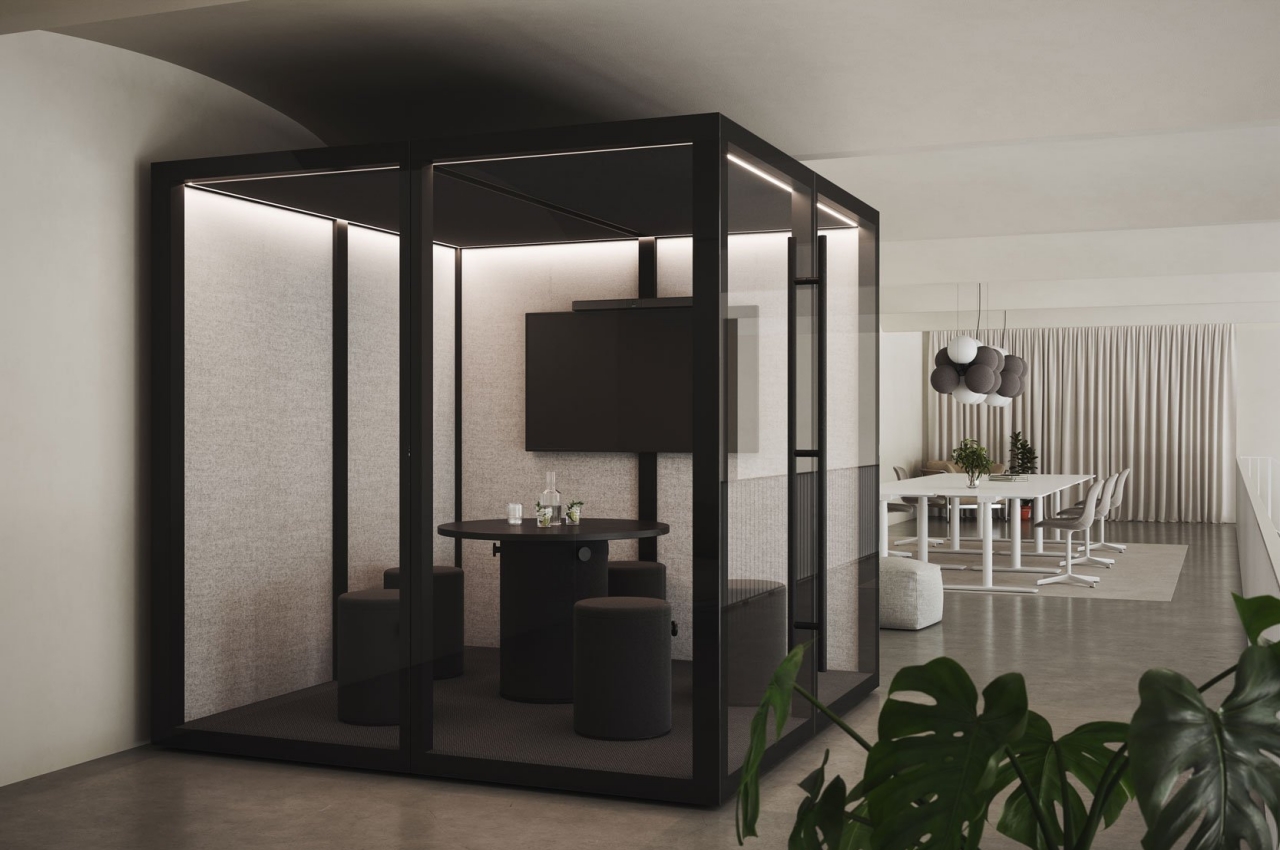
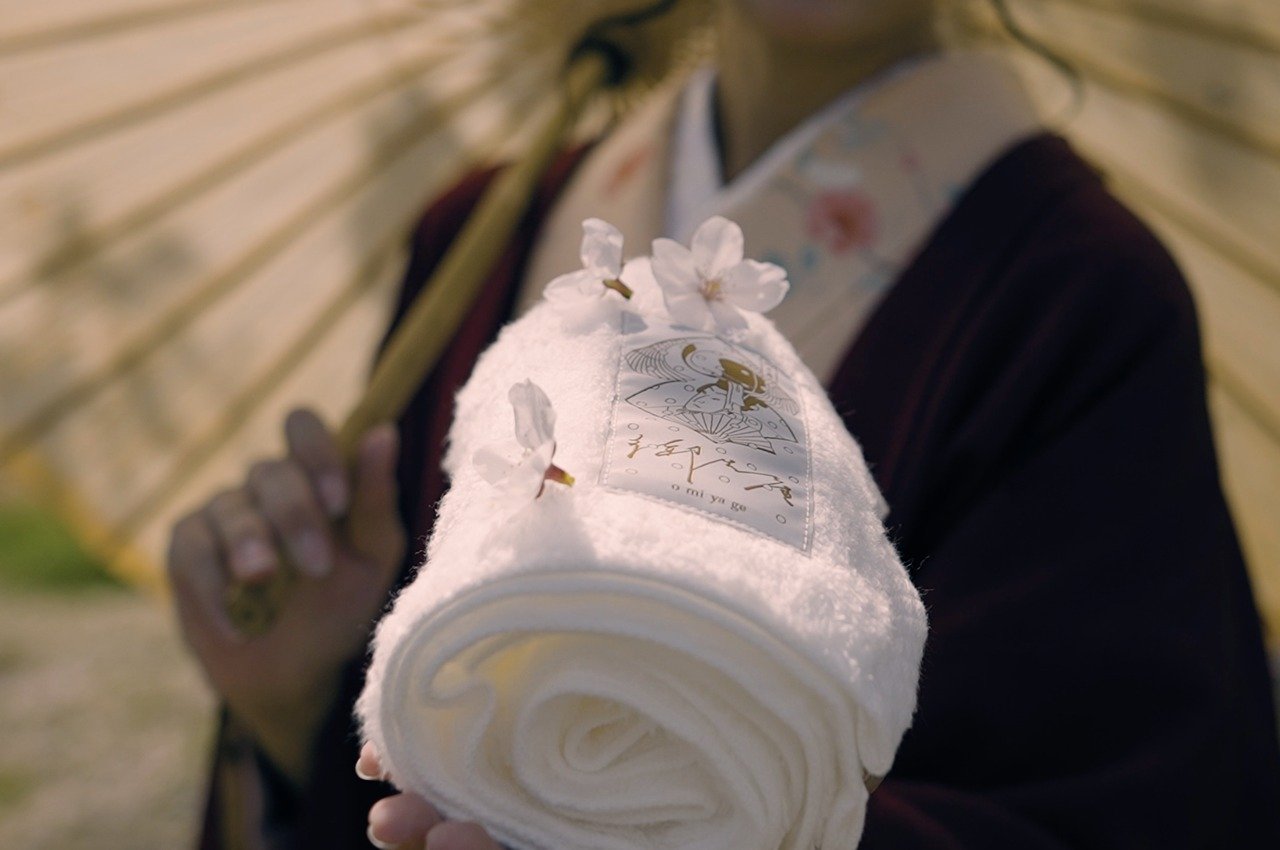
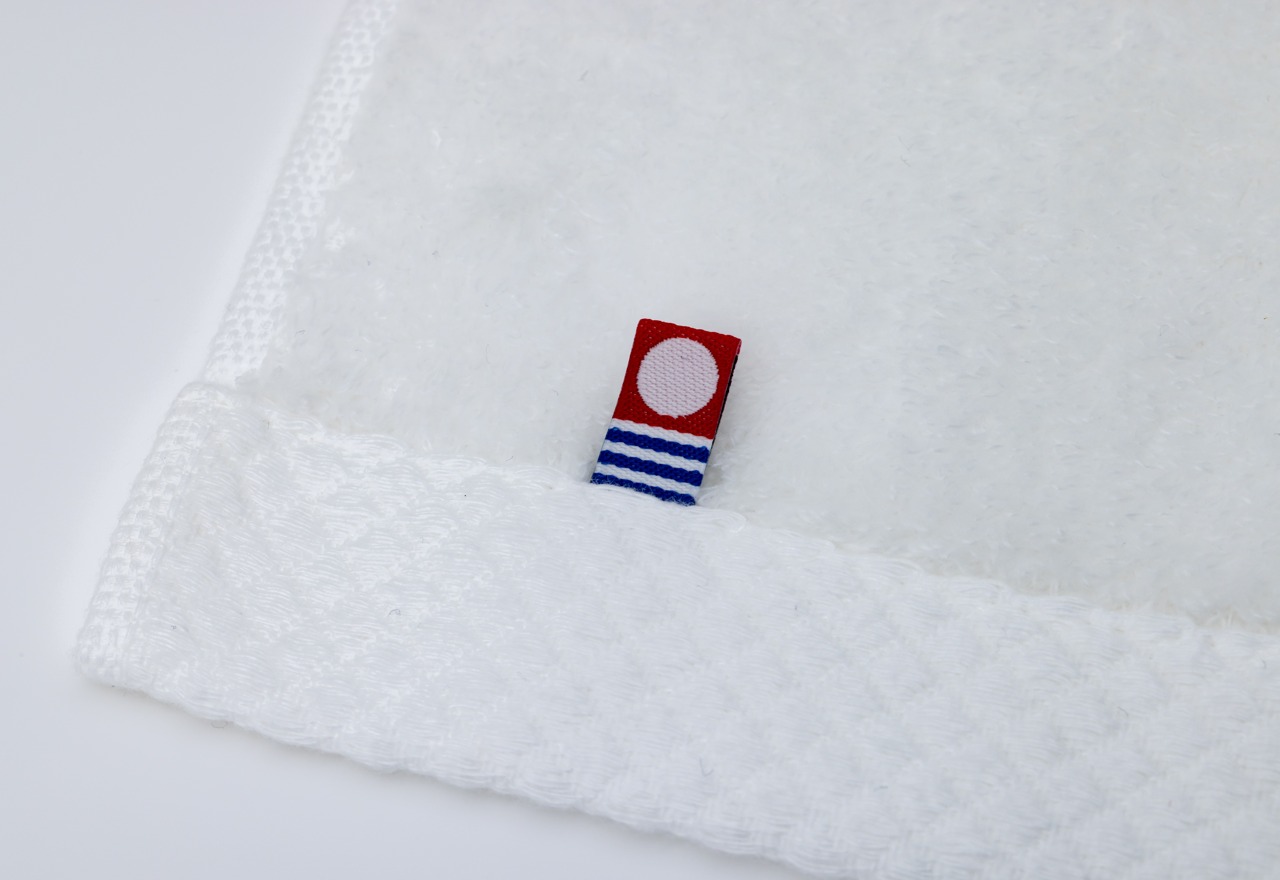
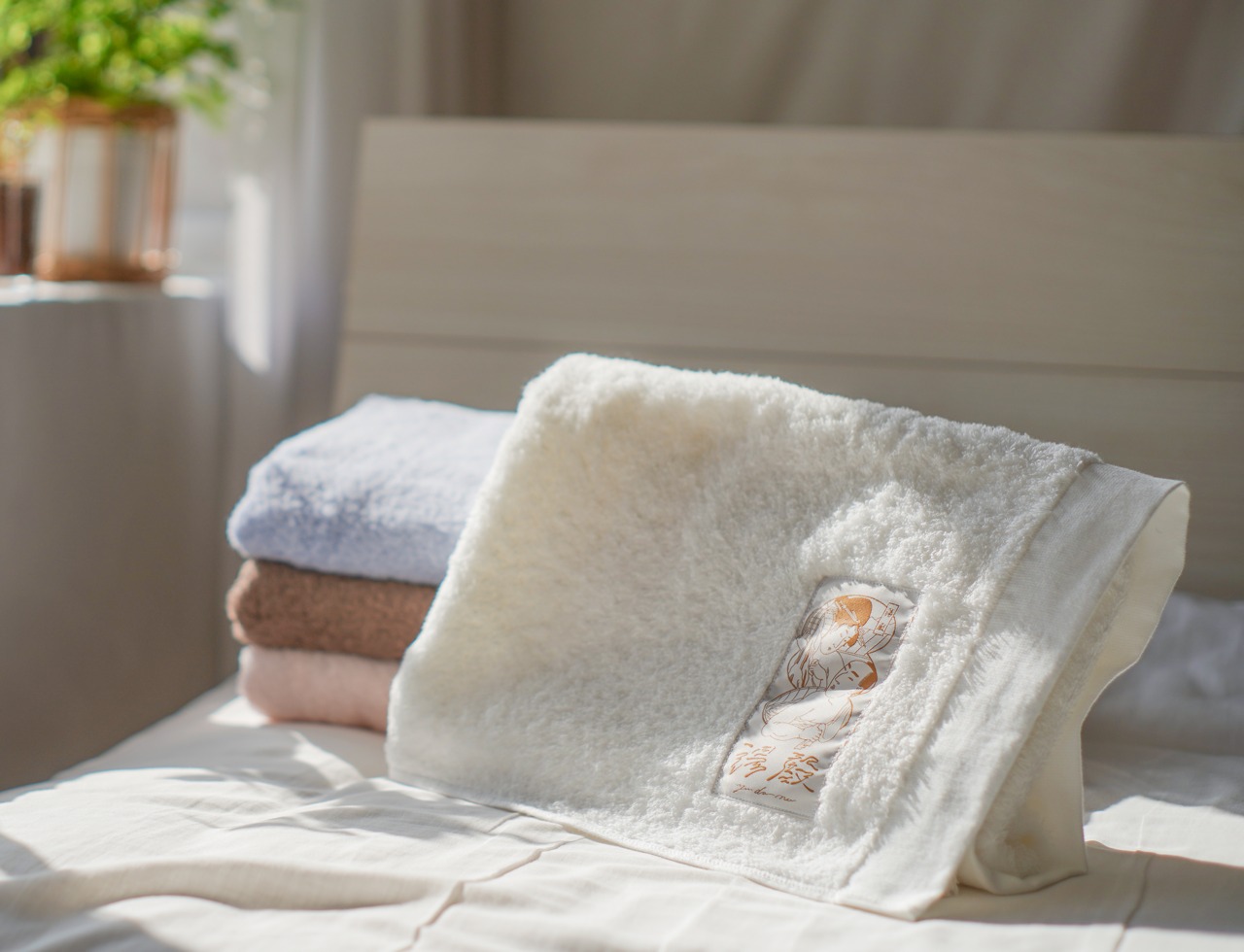


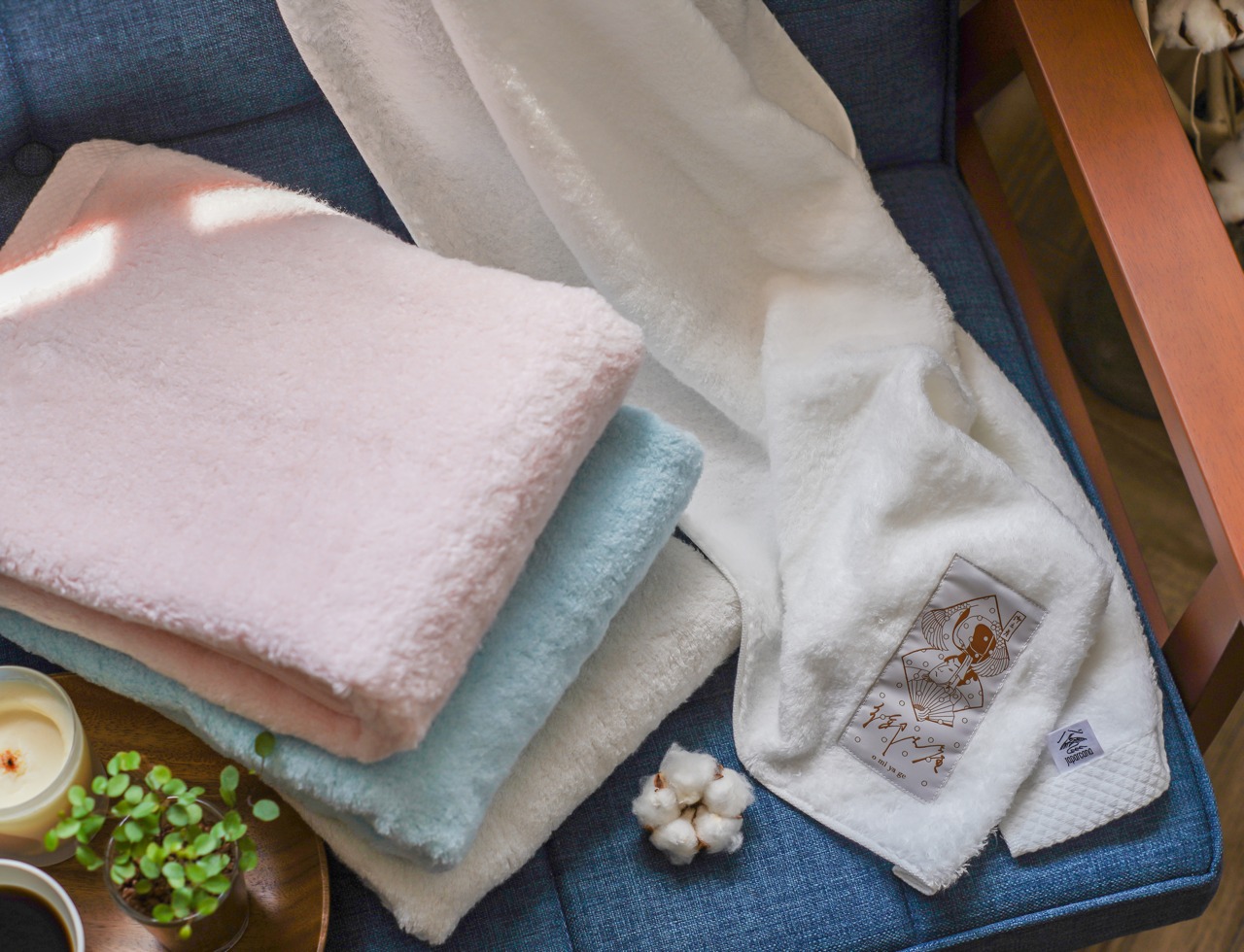

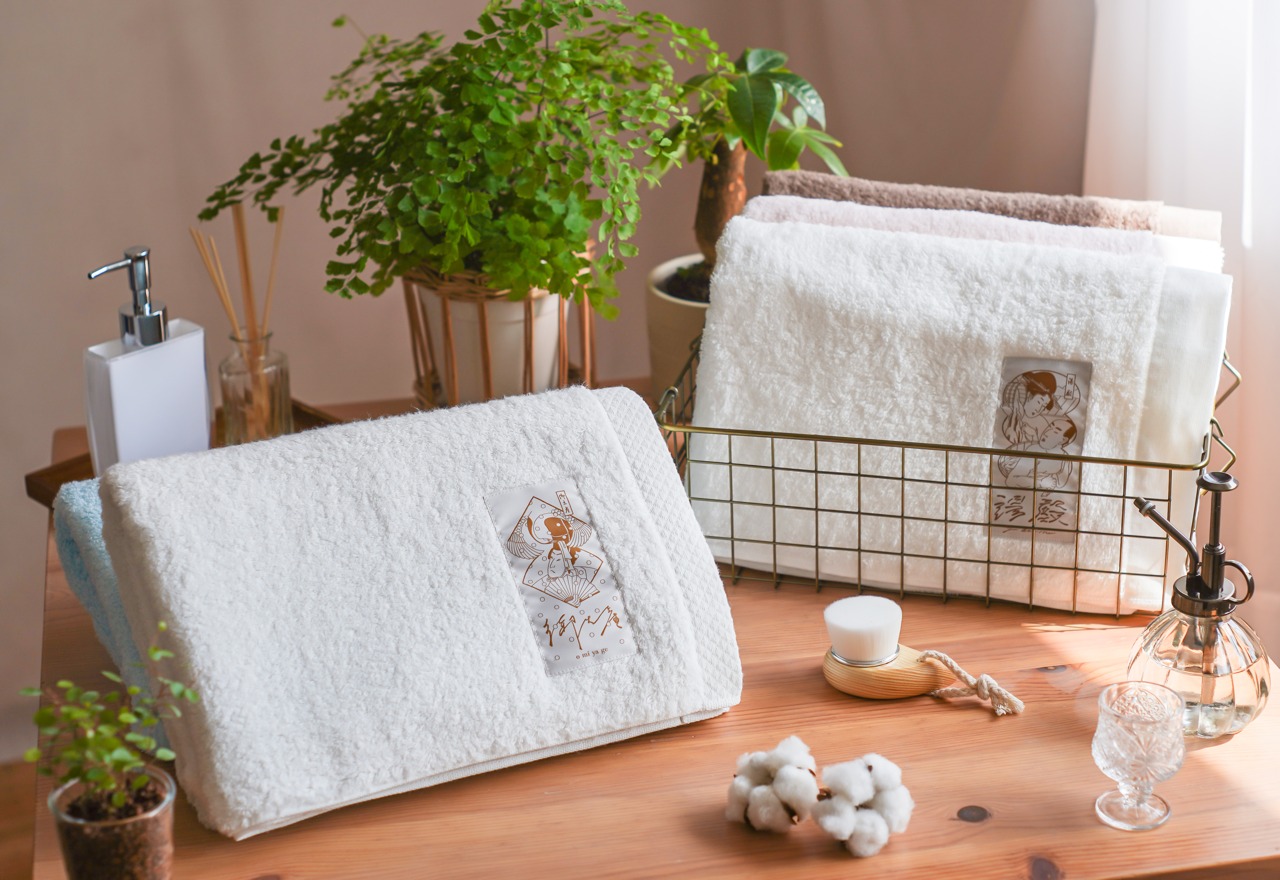
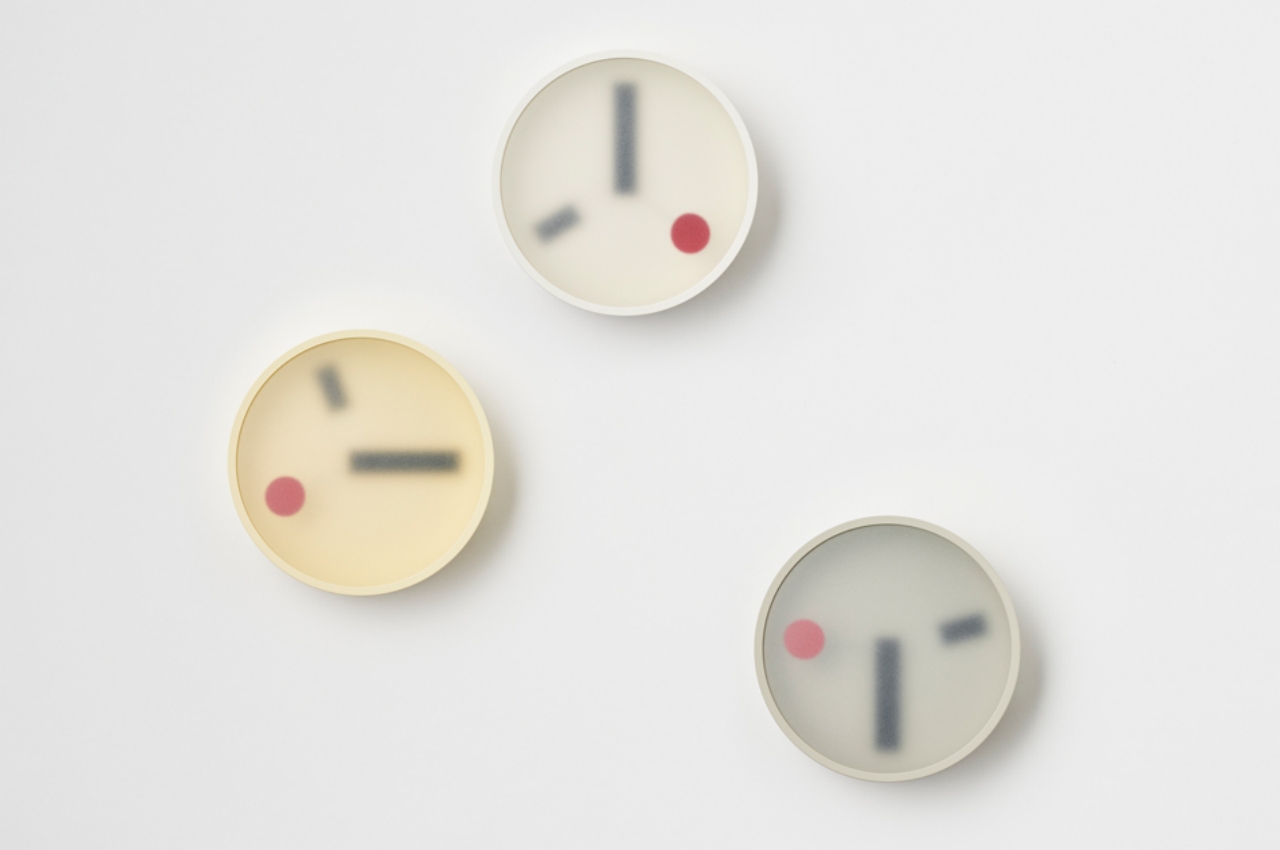
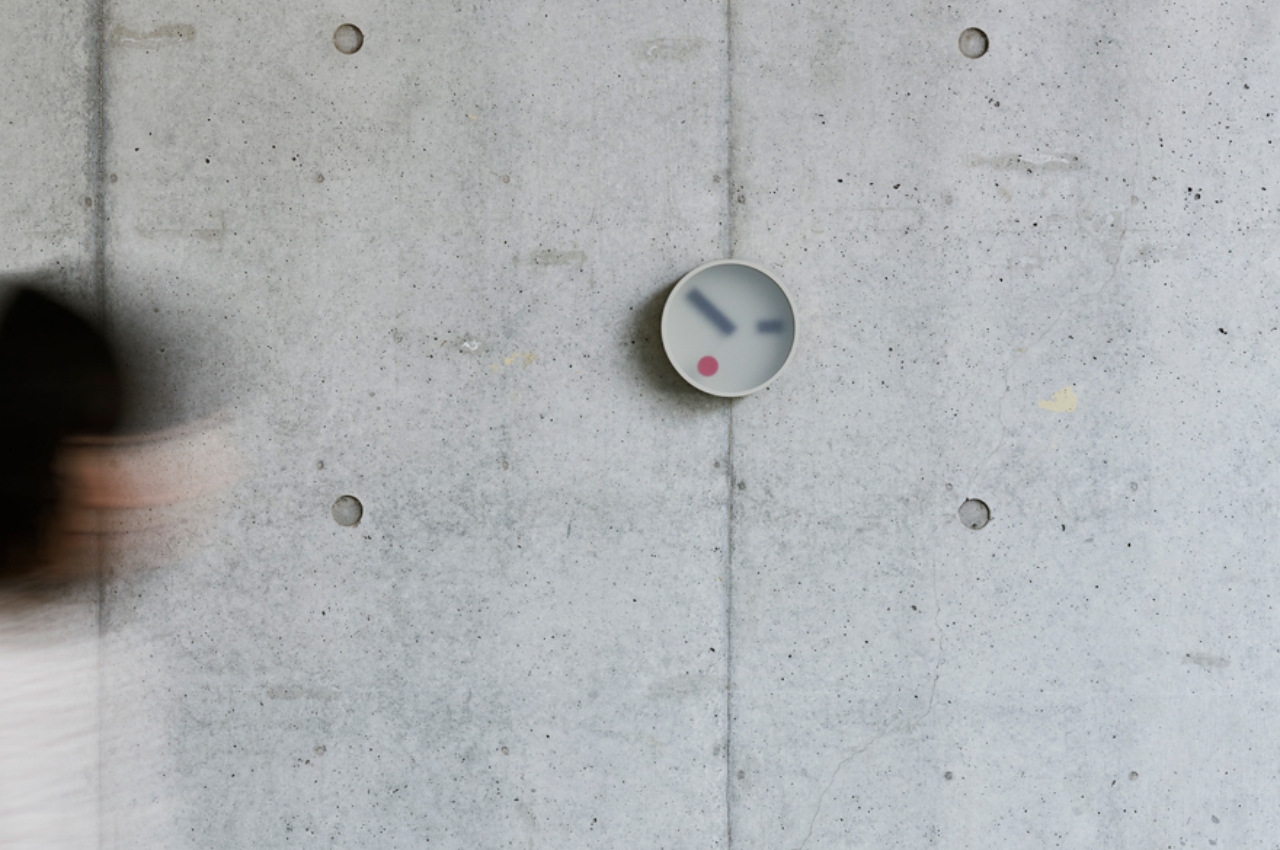
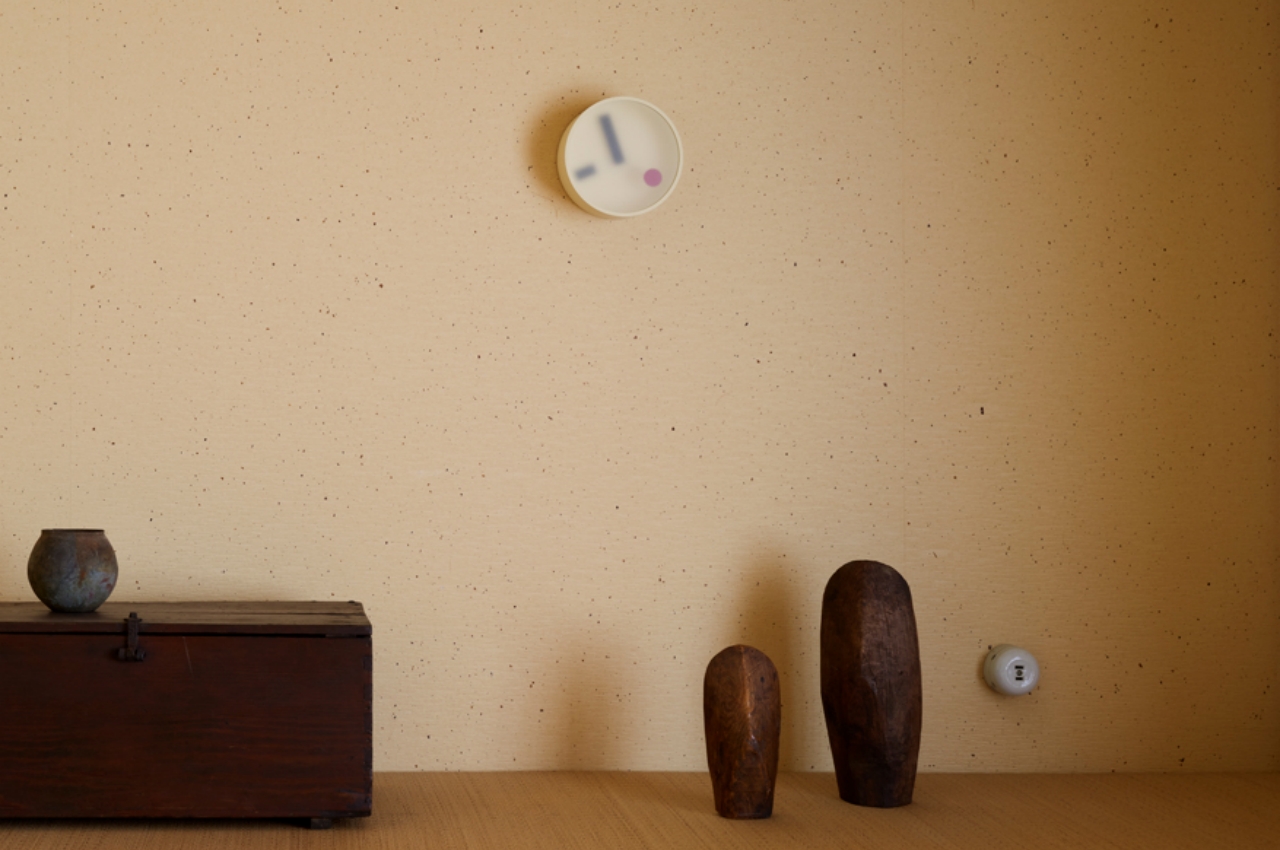
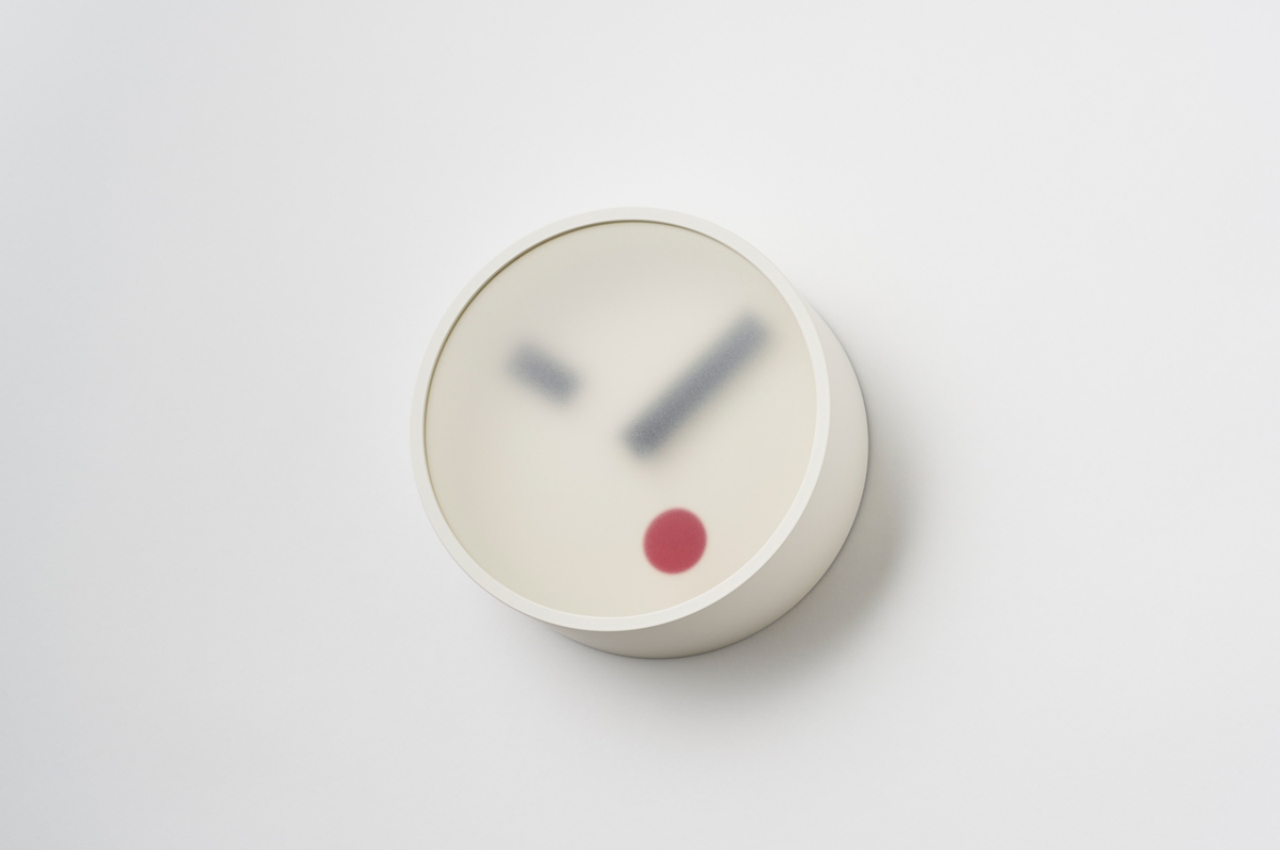
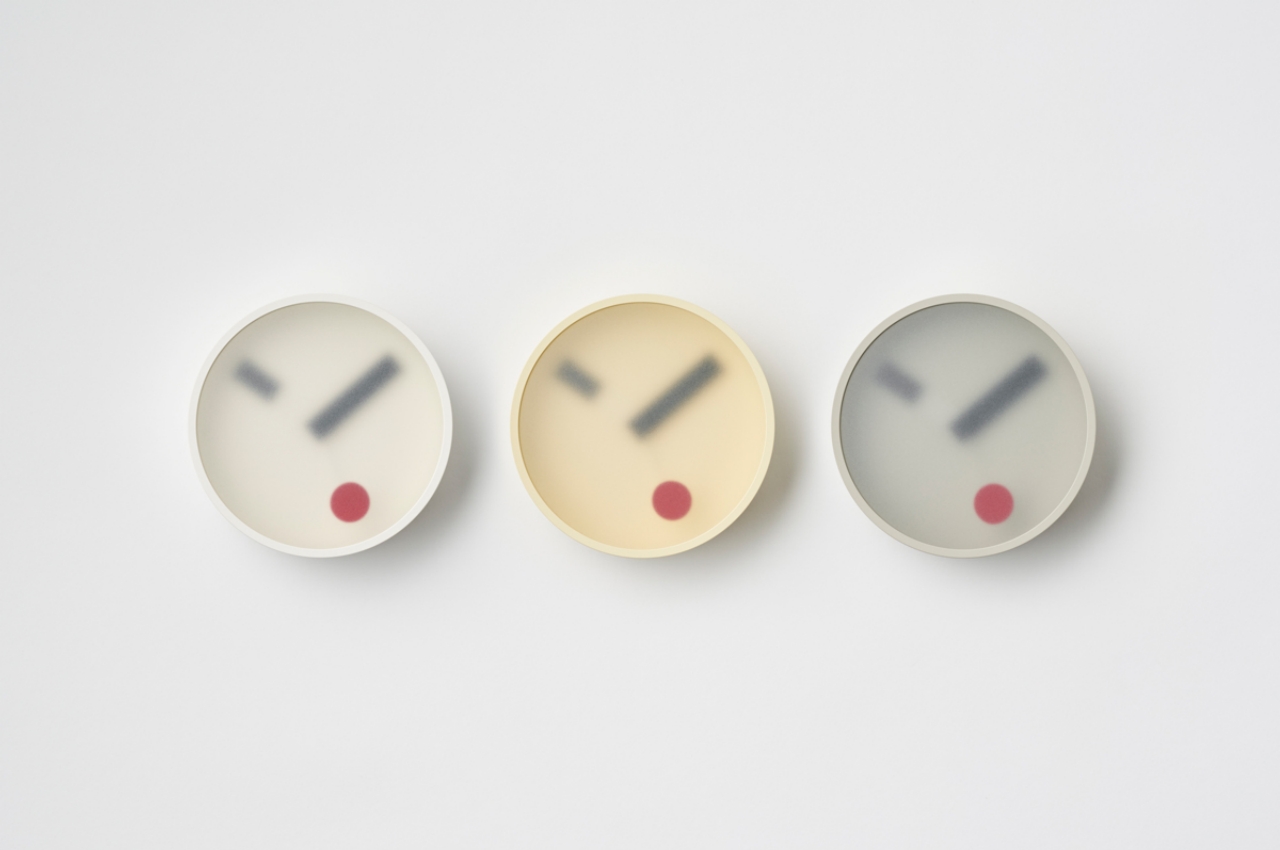
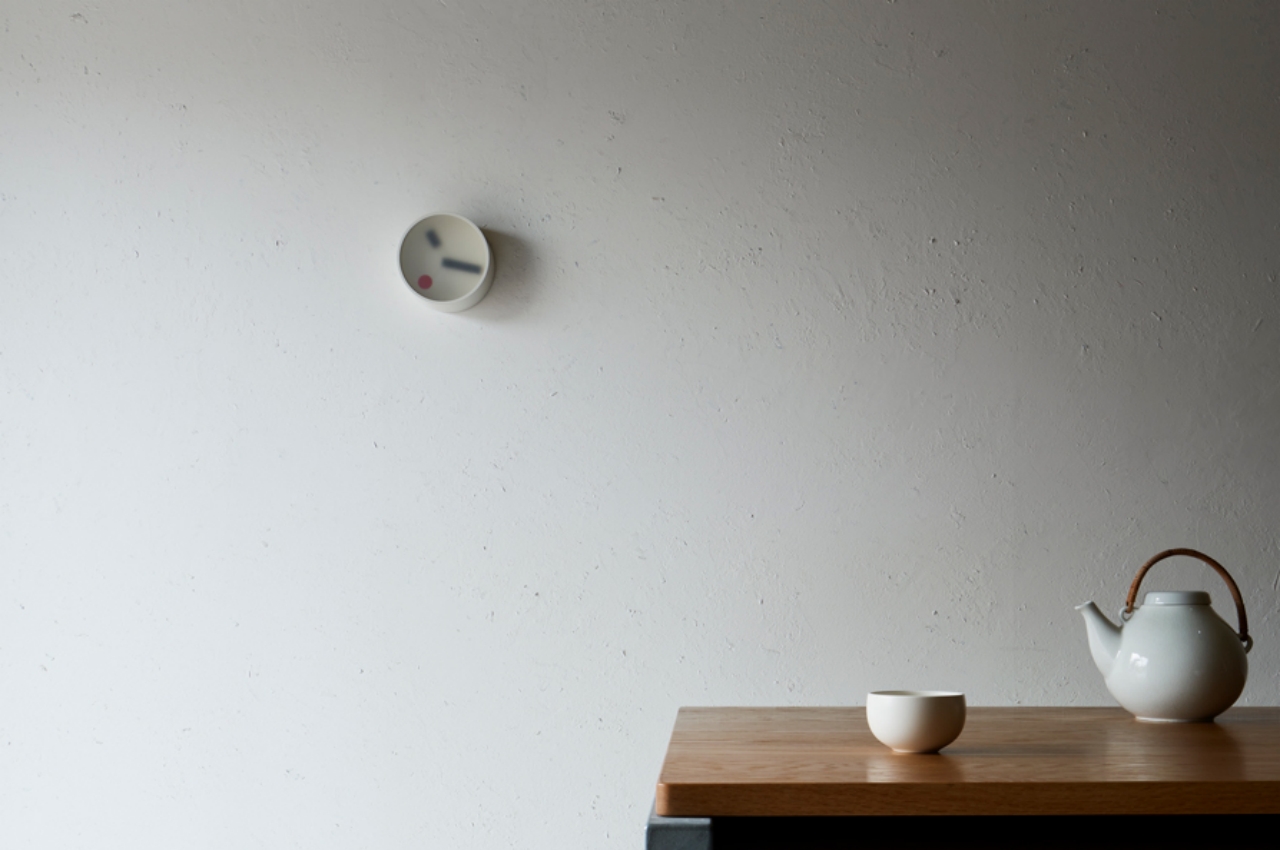






















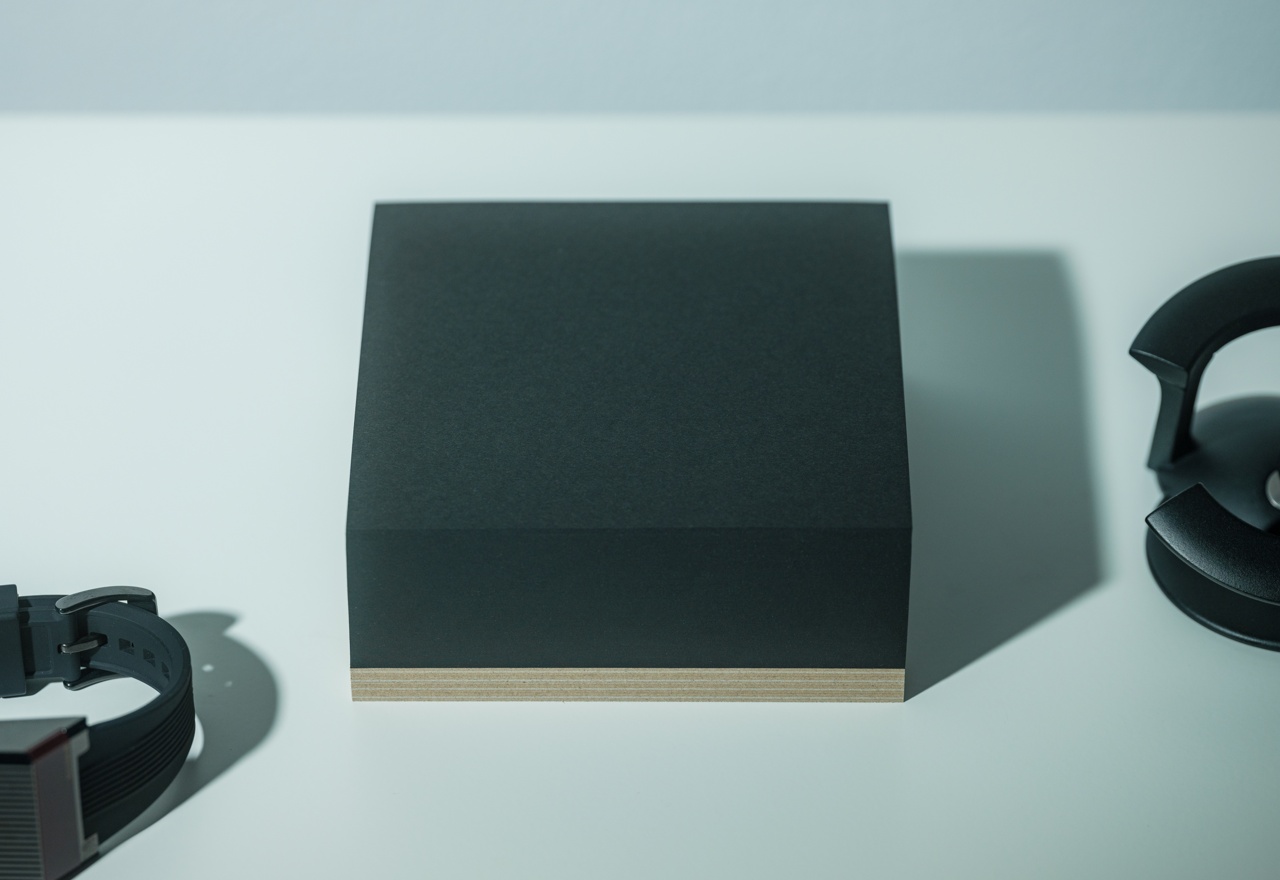
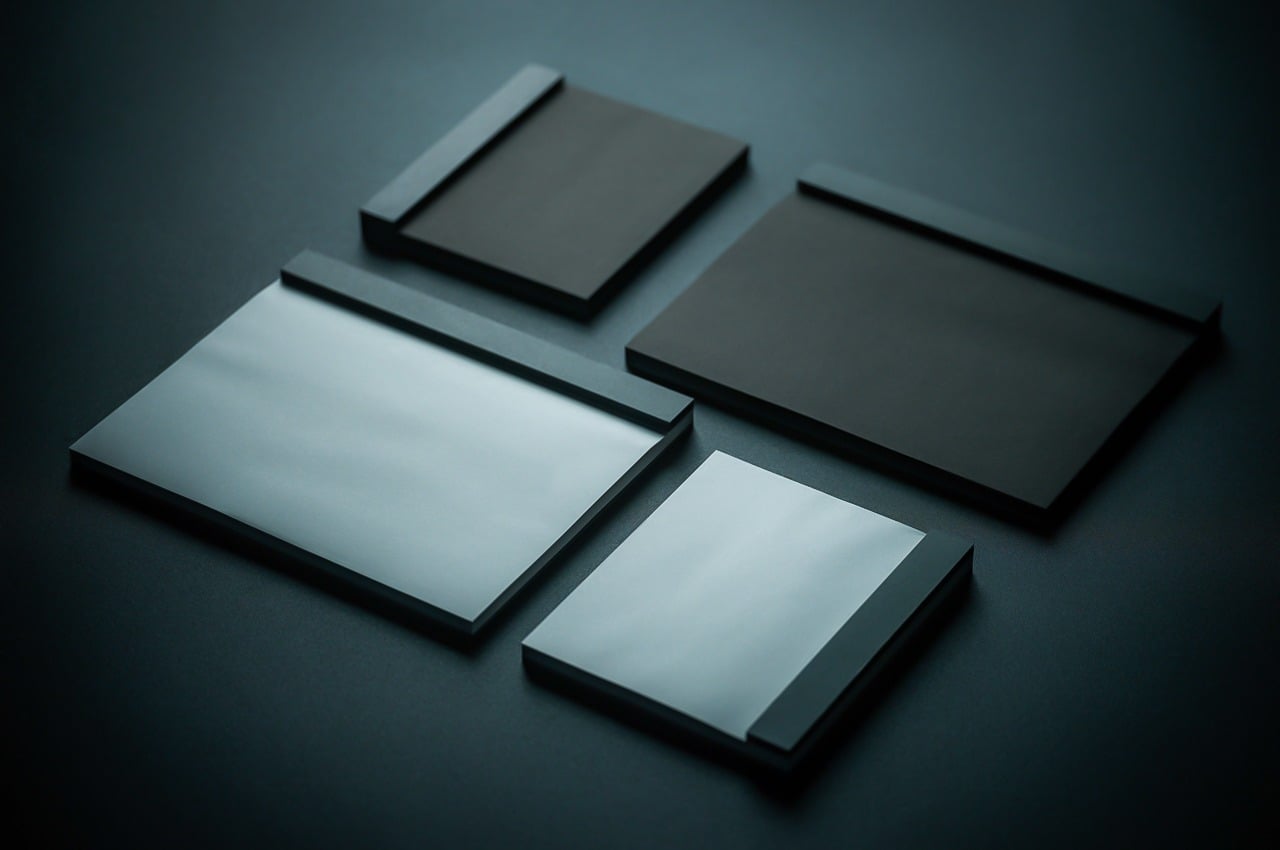
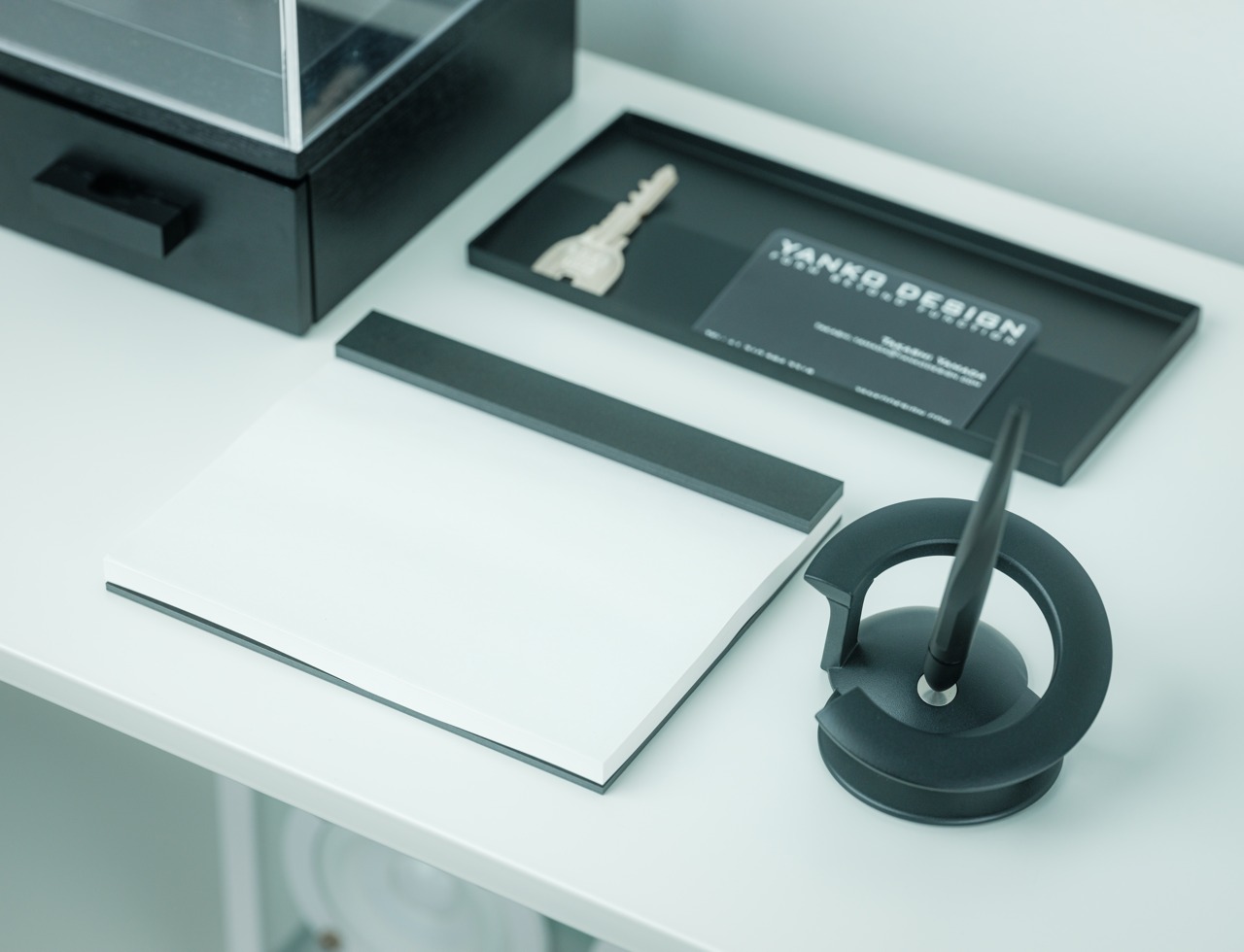
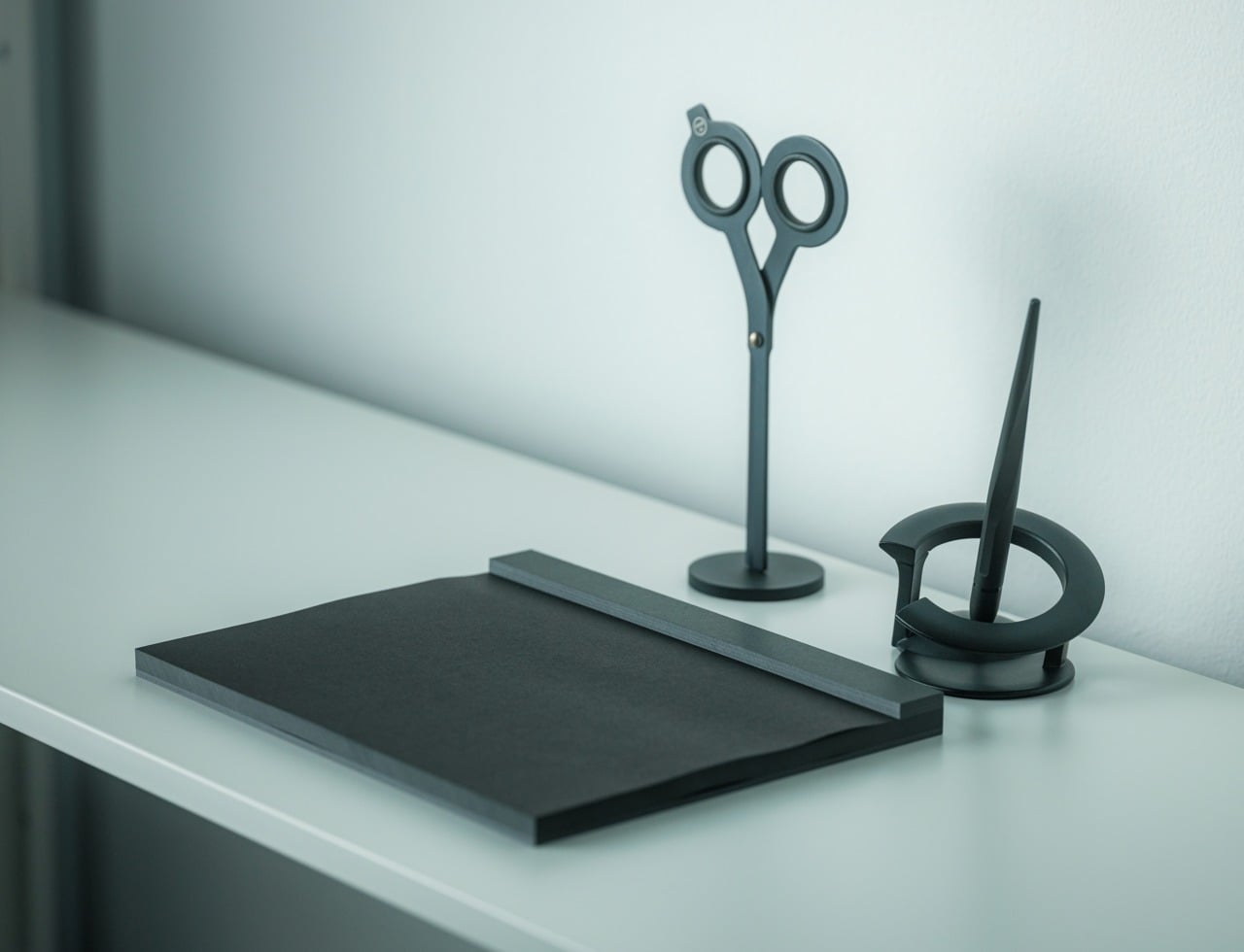

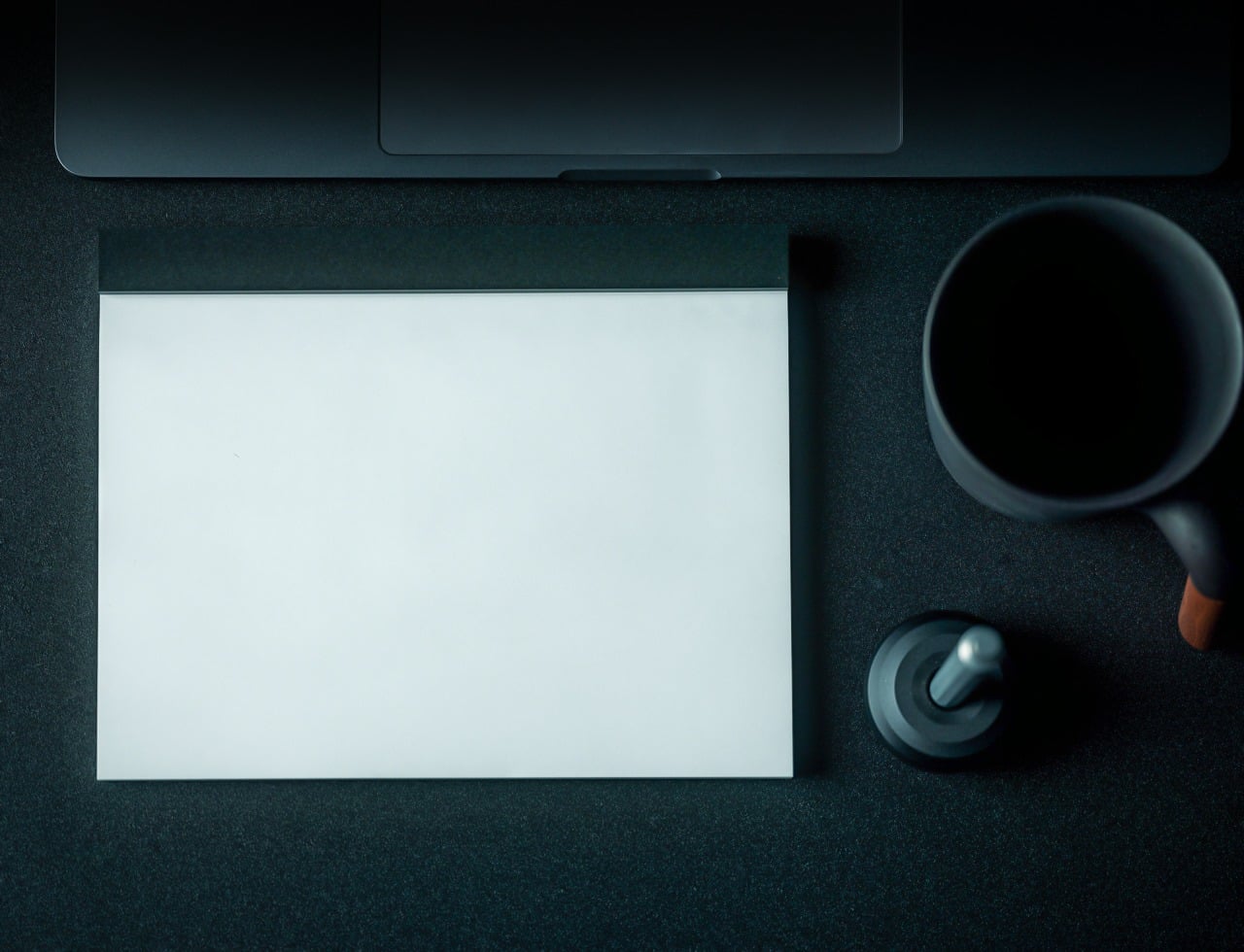
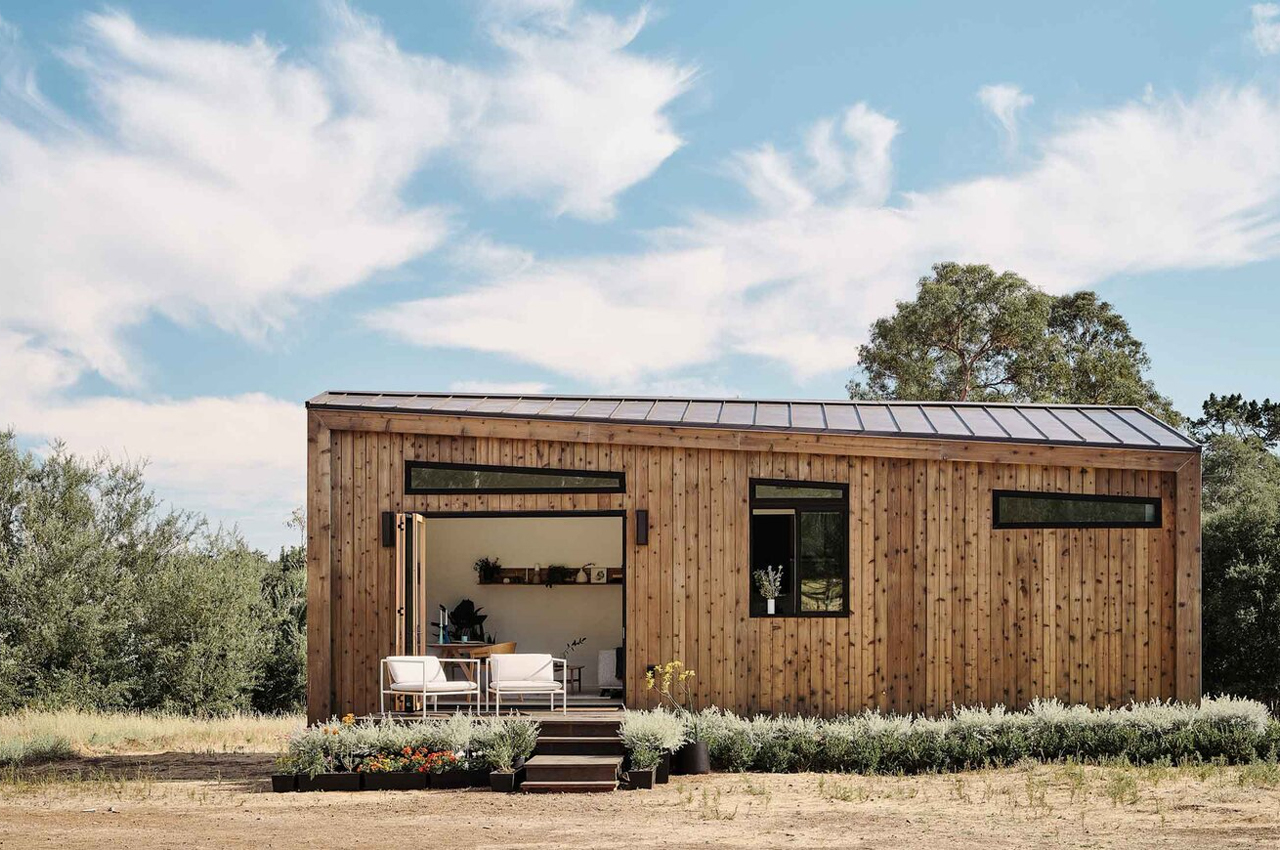
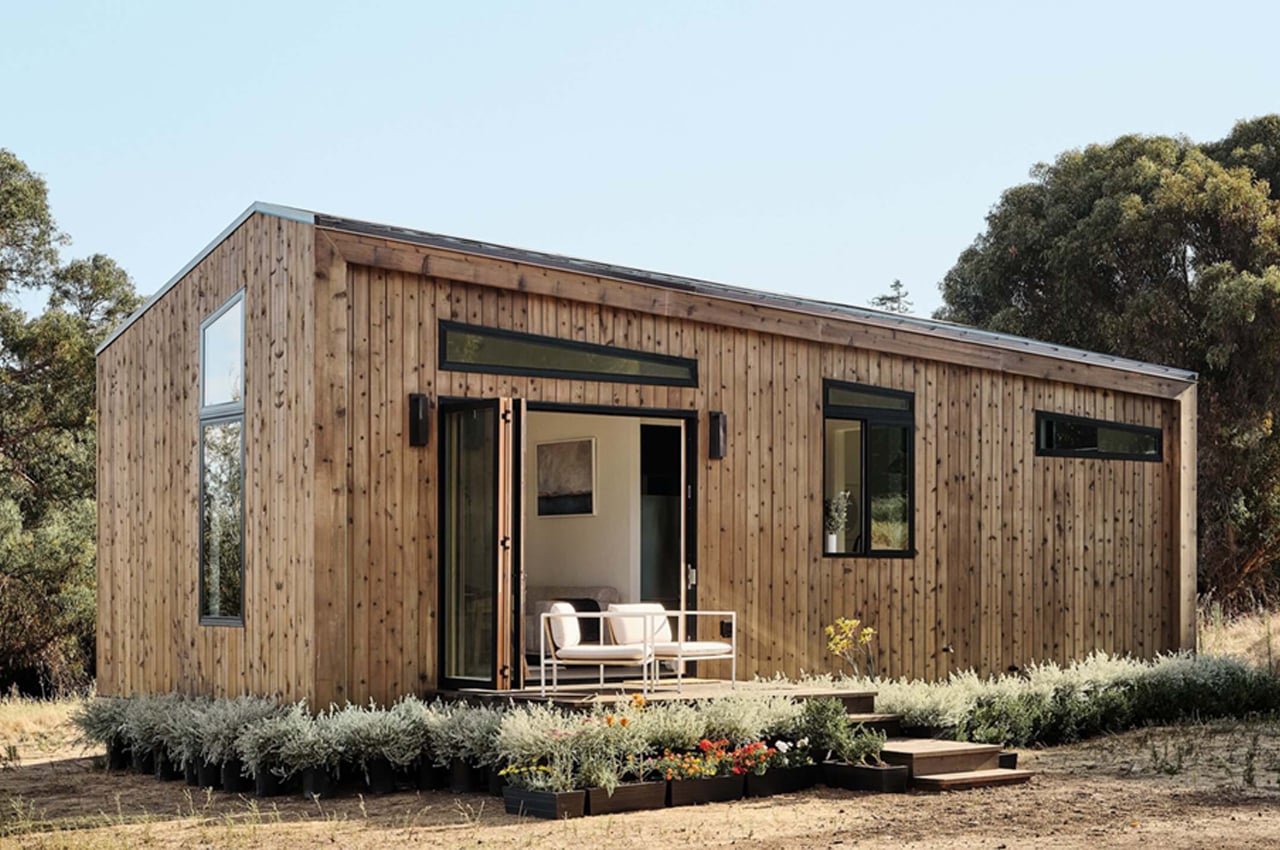
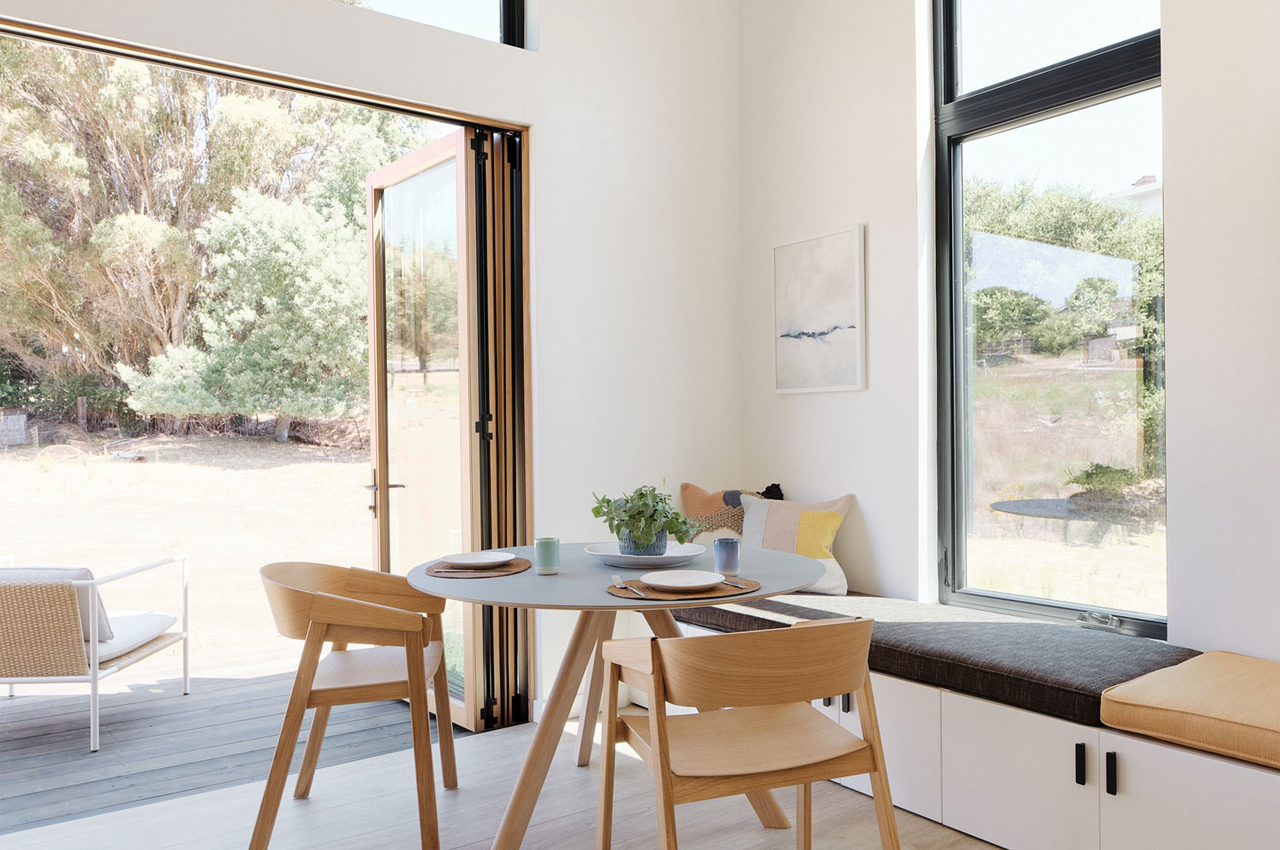
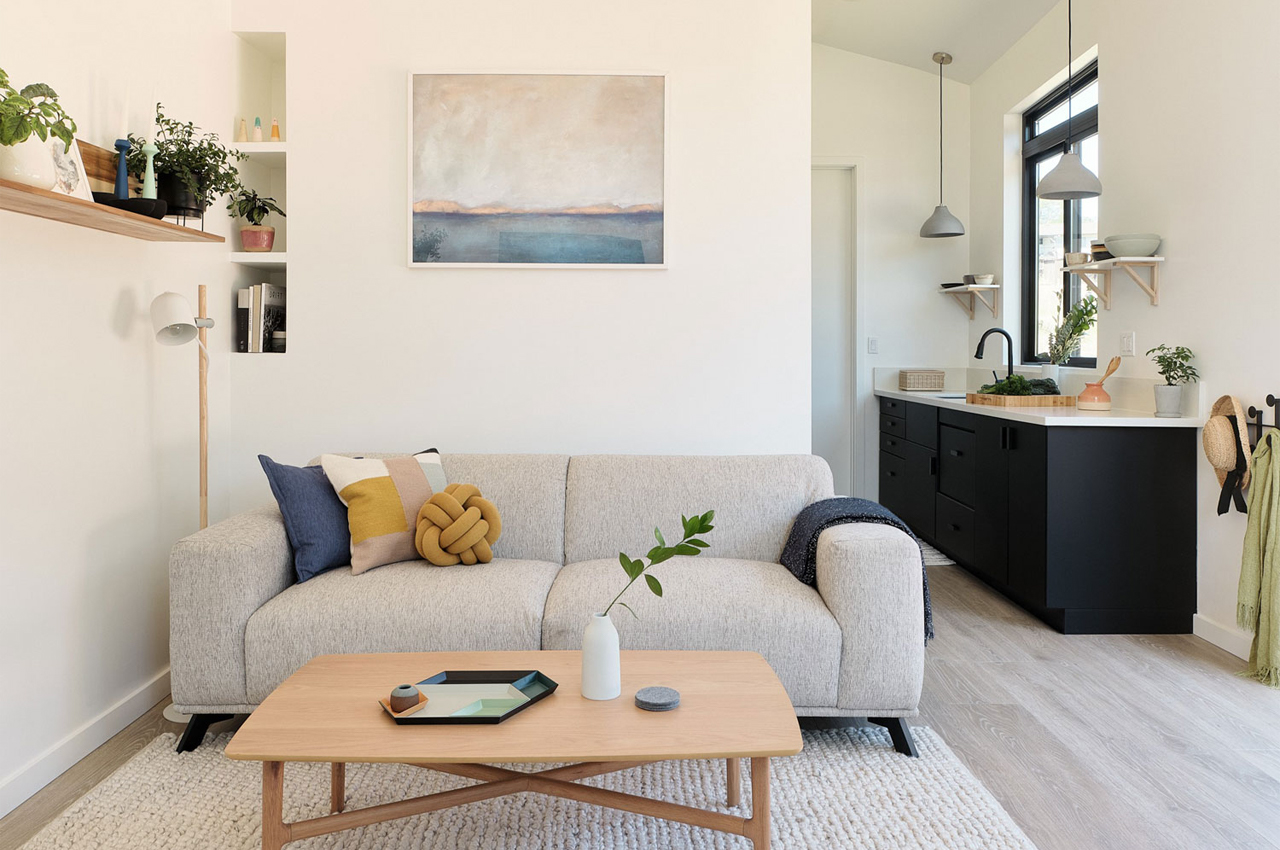
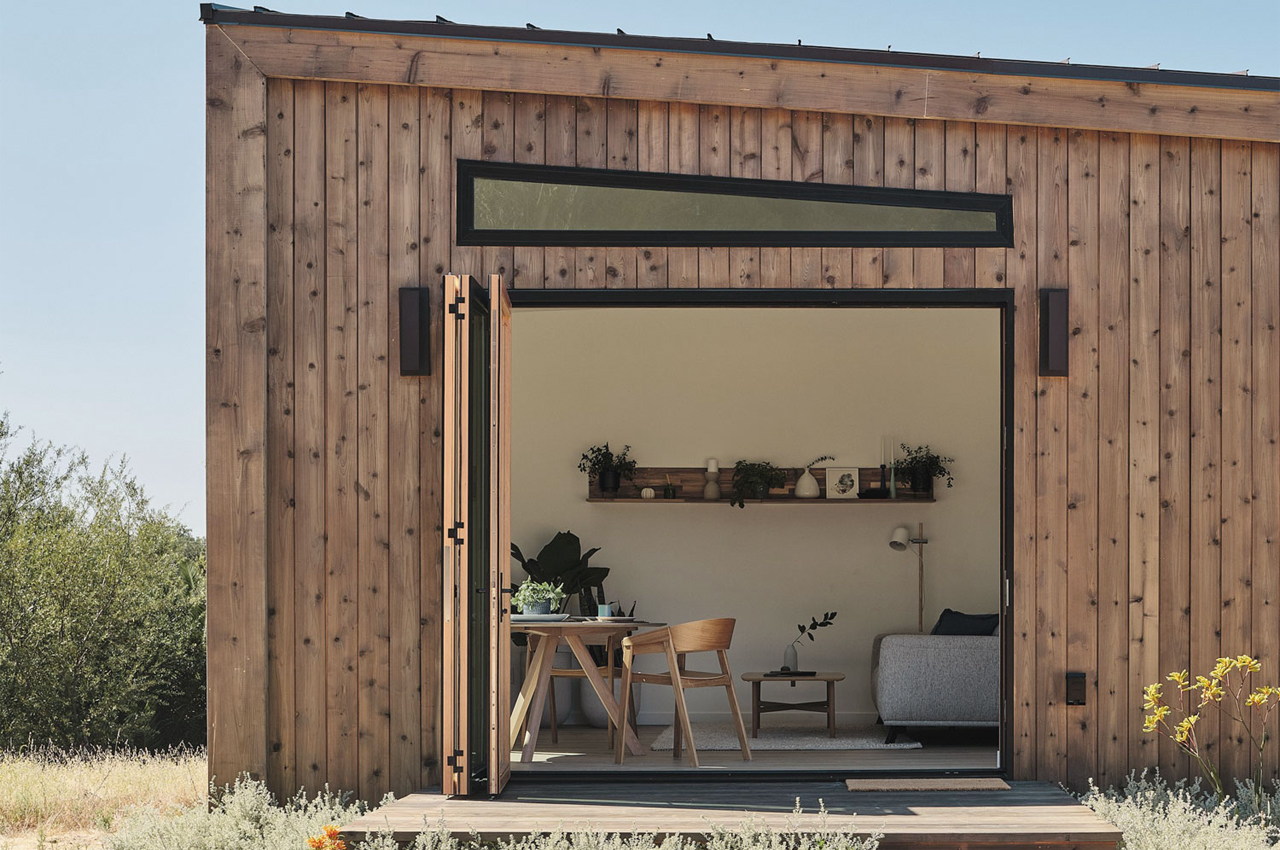
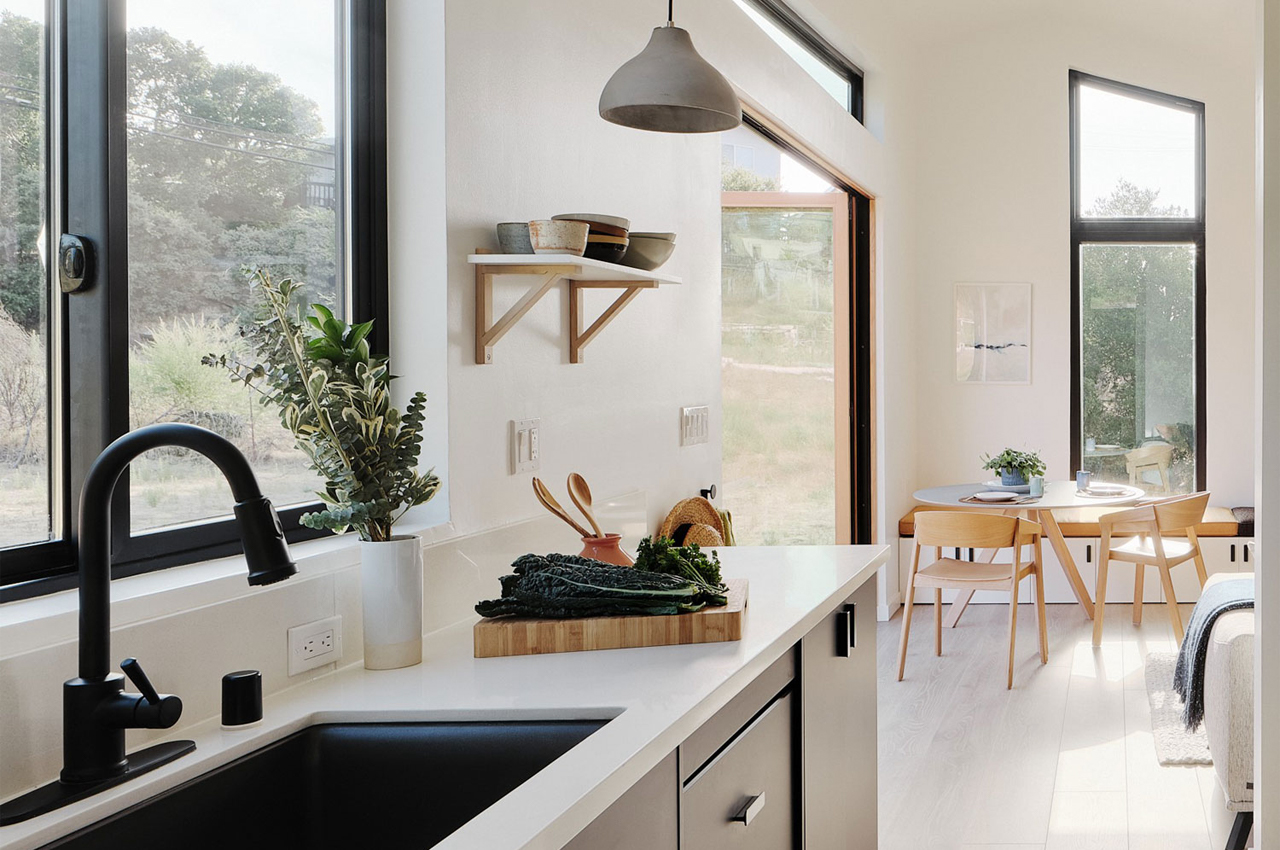
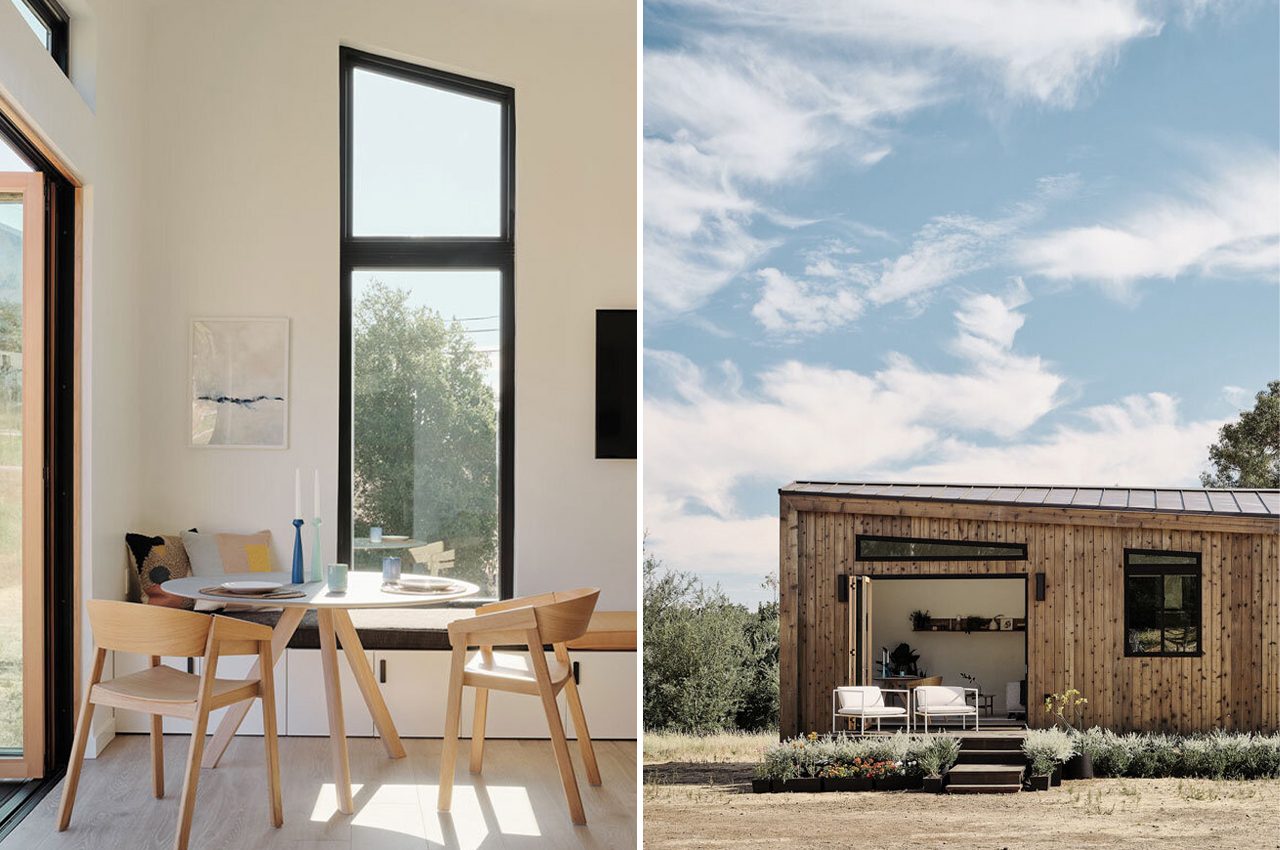
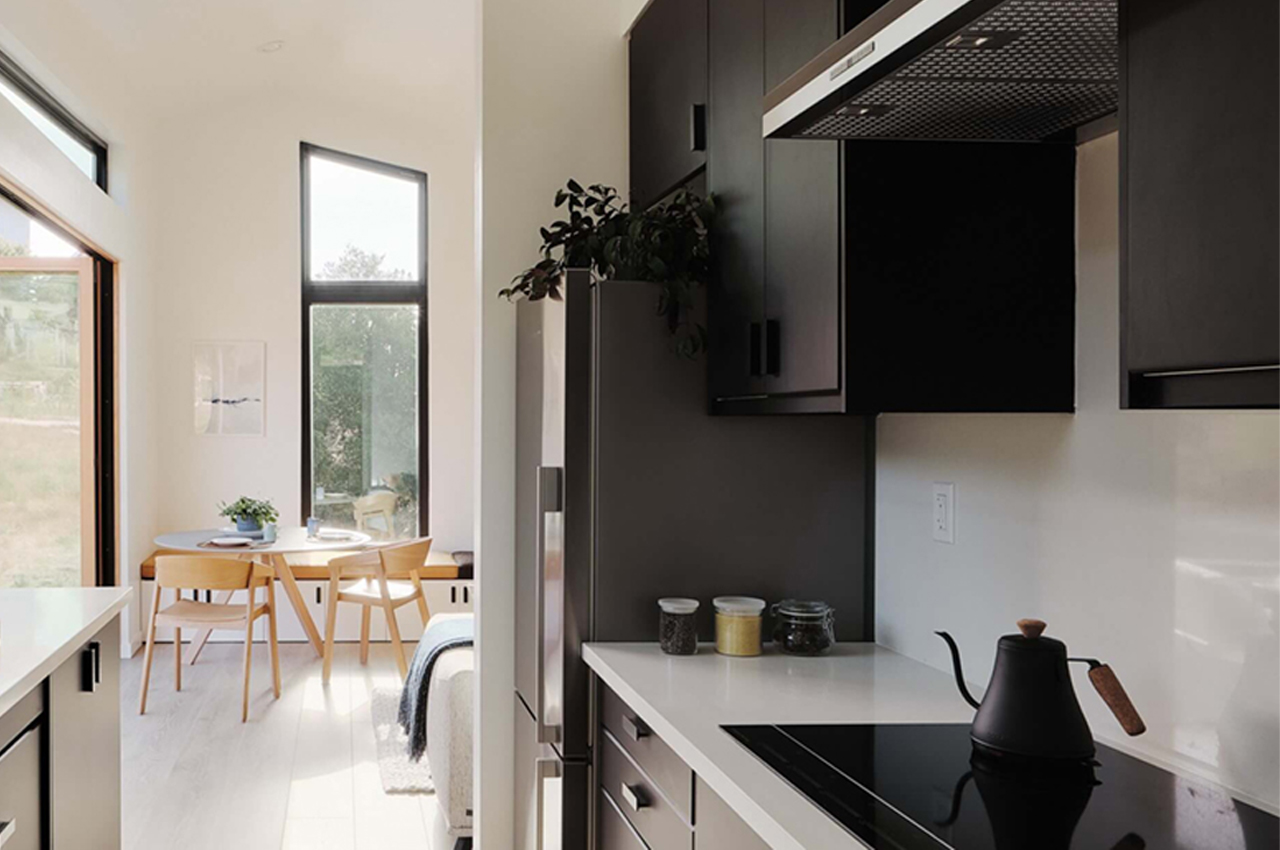
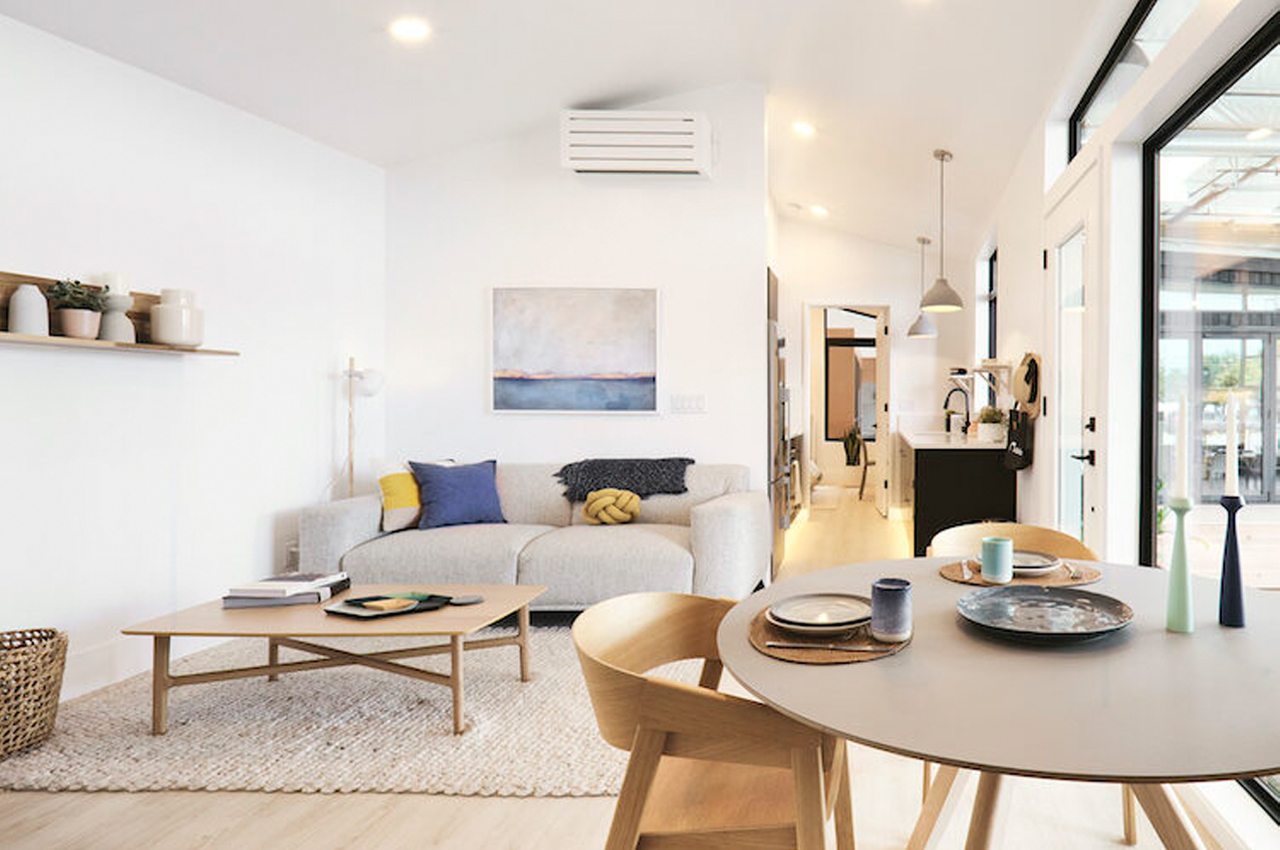
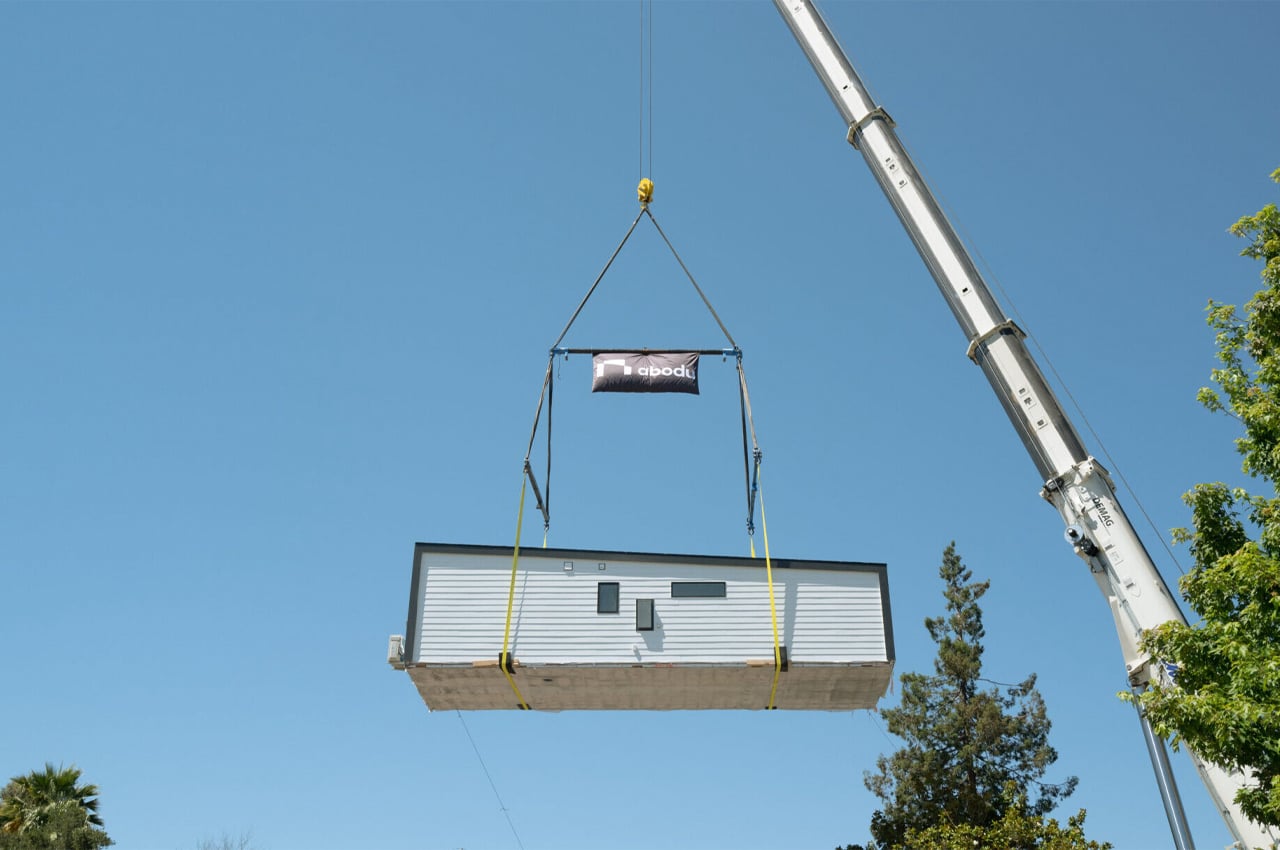 Once the tiny home finishes offsite construction, Adobu can assemble the tiny home onsite in a matter of weeks.
Once the tiny home finishes offsite construction, Adobu can assemble the tiny home onsite in a matter of weeks. 